Nombre:
Brest (Bielorrusia)
Otro:
Localización:
Tipo: Urbanismo
Categoría:
Foto:
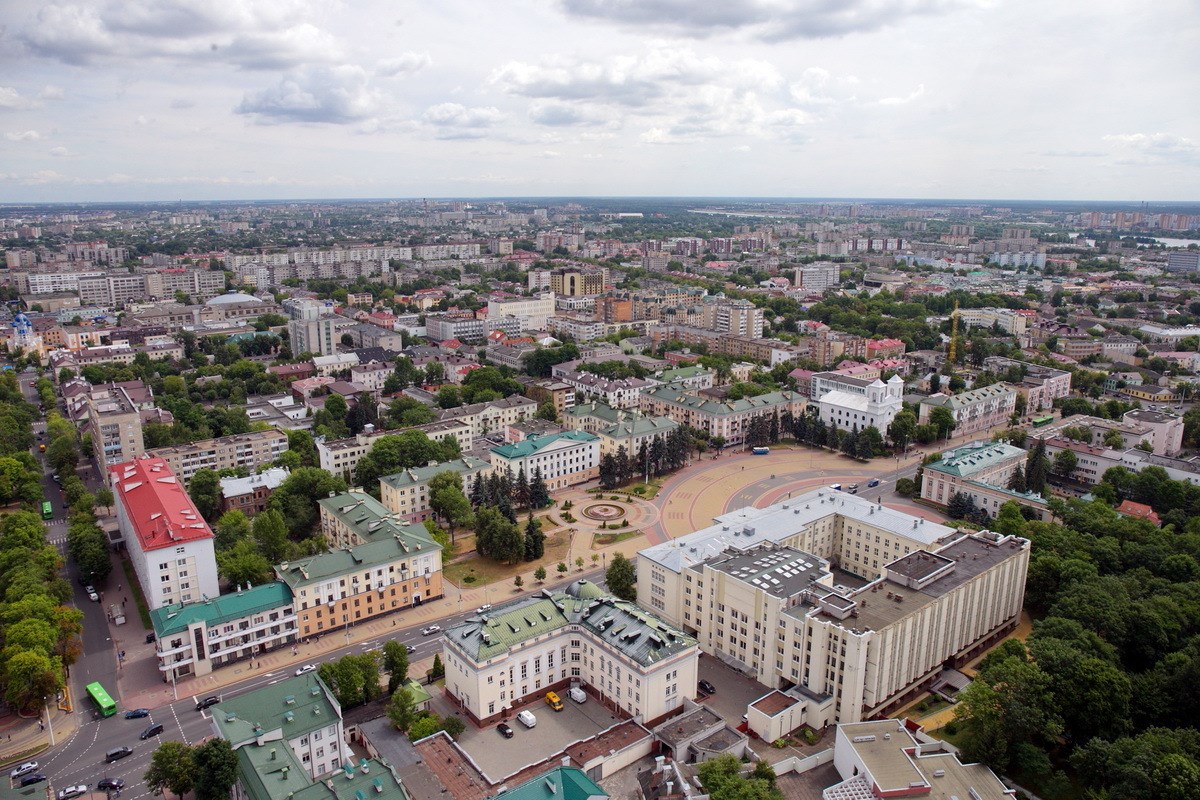
Voto:
Continente: Europa
País: Bielorrusia
Localización: Provincia de Brest
Año: 1019
Estado: Terminado
Descripción:Brest, cruce ferroviario y de carreteras, está situada en la frontera polaca, a 350 km de Minsk. Como pasa a menudo con las ciudades fronterizas, el ambiente que se respira es agitado, activo y bullicioso. La ciudad sufrió mucho durante el asedio y la invasión alemana. La fortaleza de Brest, que data de 1842, es de obligada visita. Para su construcción, una ciudad entera se trasladó al este de donde se encuentra el fuerte en la acualidad. Esta masiva construcción se destruyó en la guerra de 1941 pero sus ruinas se han transformado en un grandioso monumento, en memoria de sus defensores. Al oeste de la fortaleza se encuentra la Iglesia de San Nicolás parcialmente destruida y que sigue siendo la más antigua de la ciudad.
http://www.easyviajar.com/bielorrusia/brest
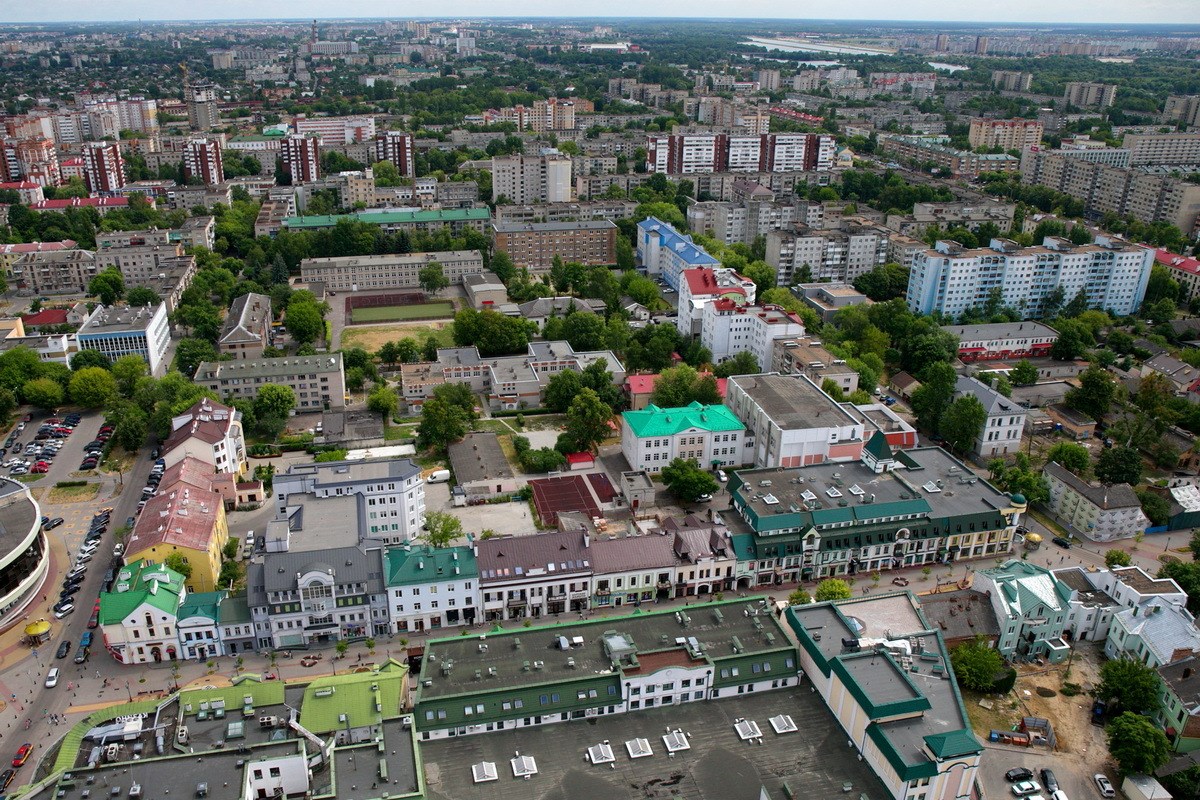
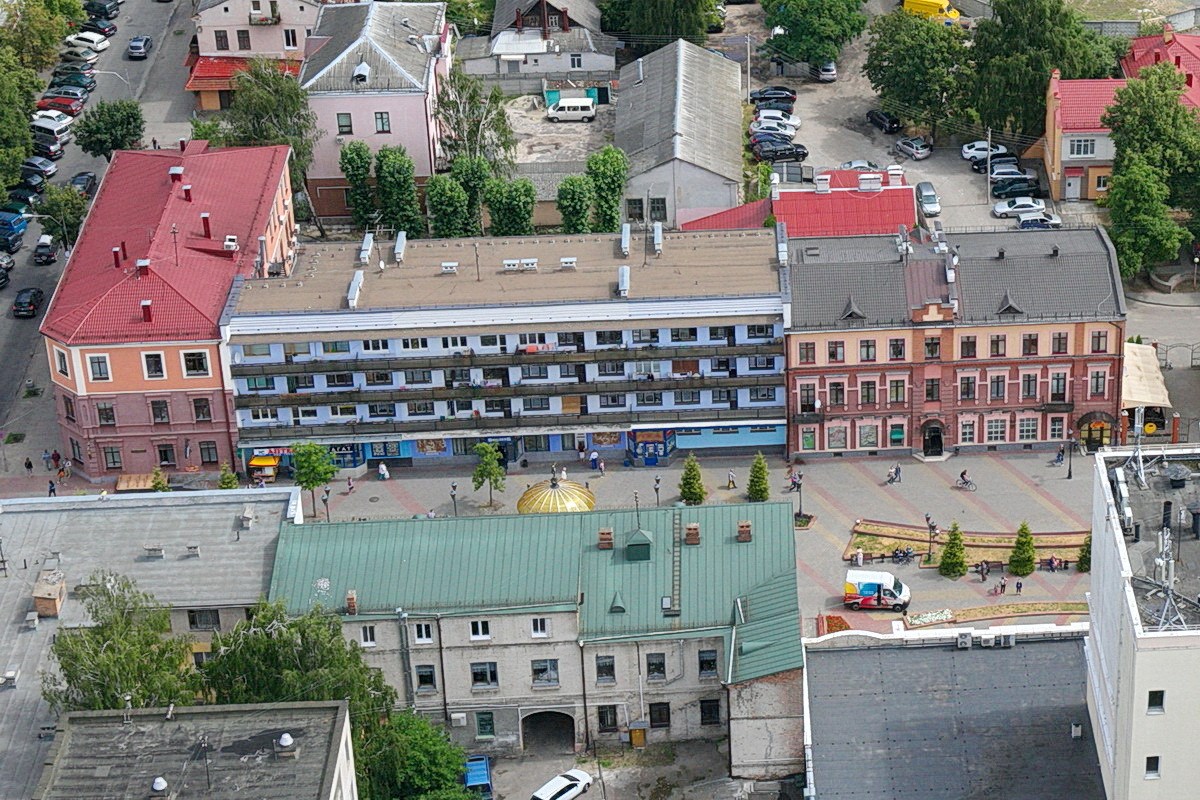
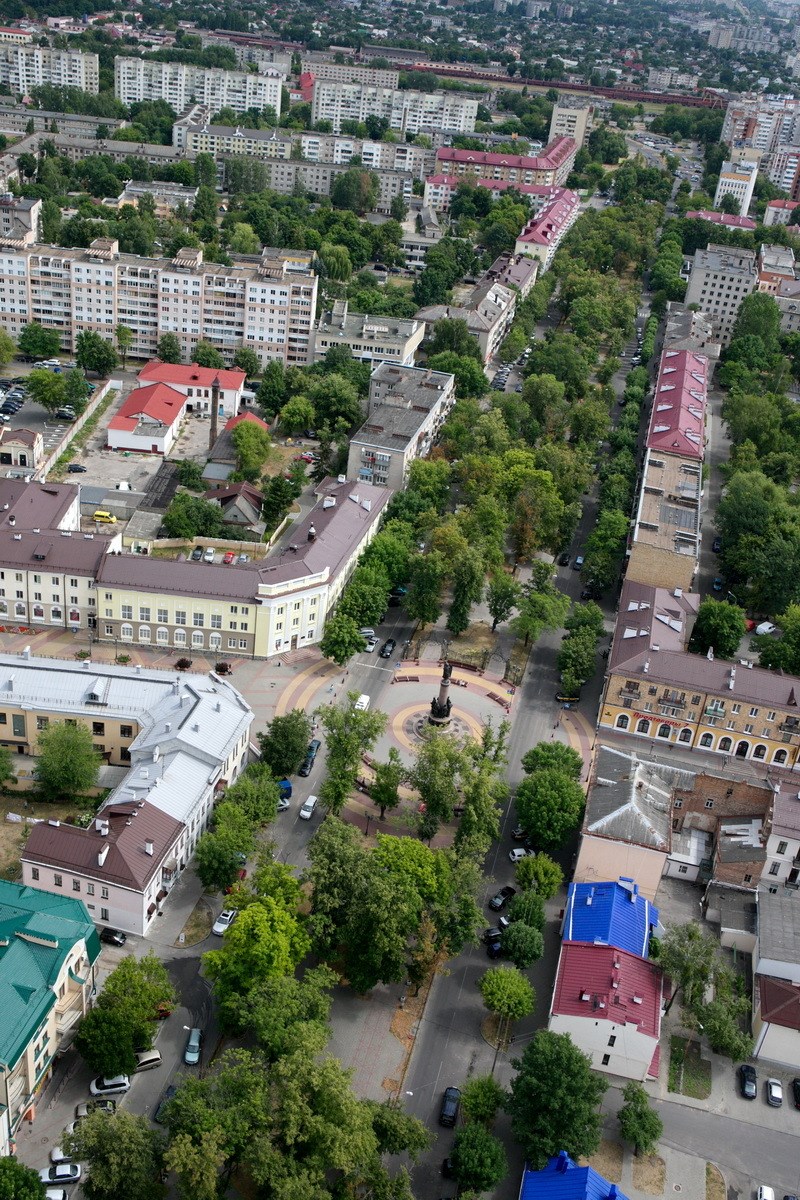

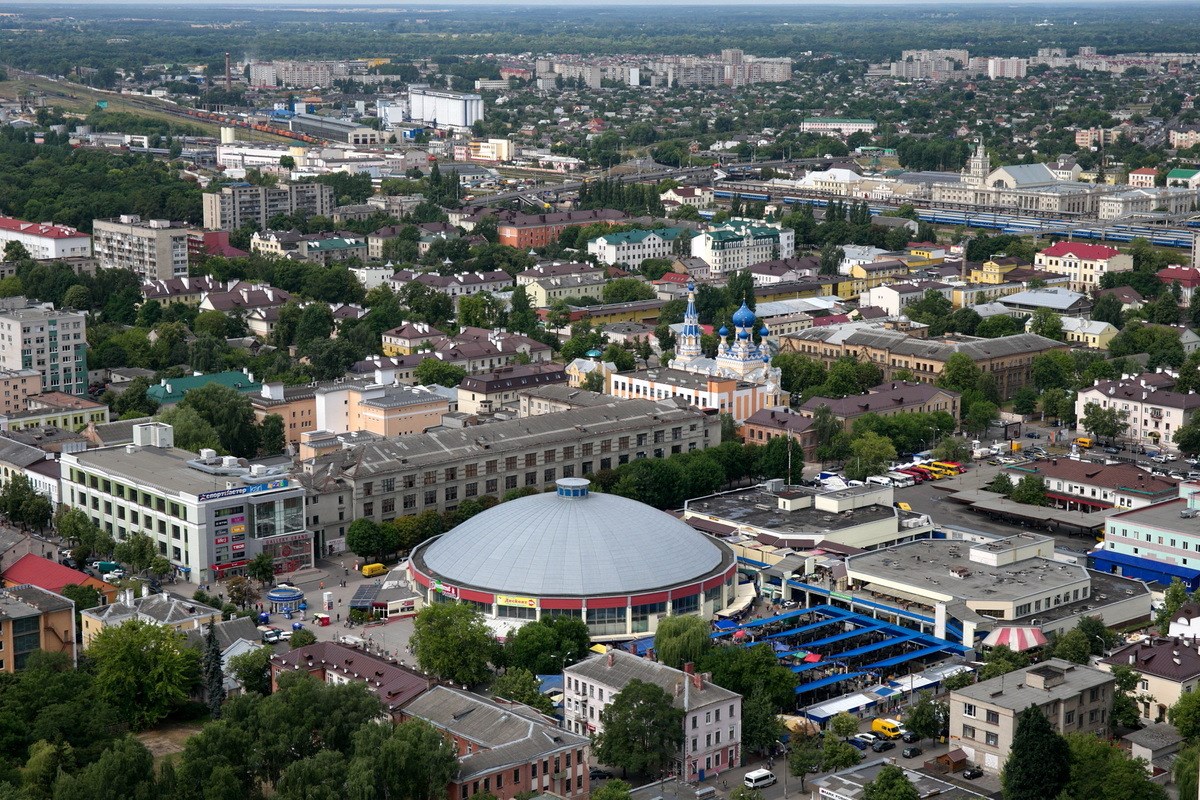
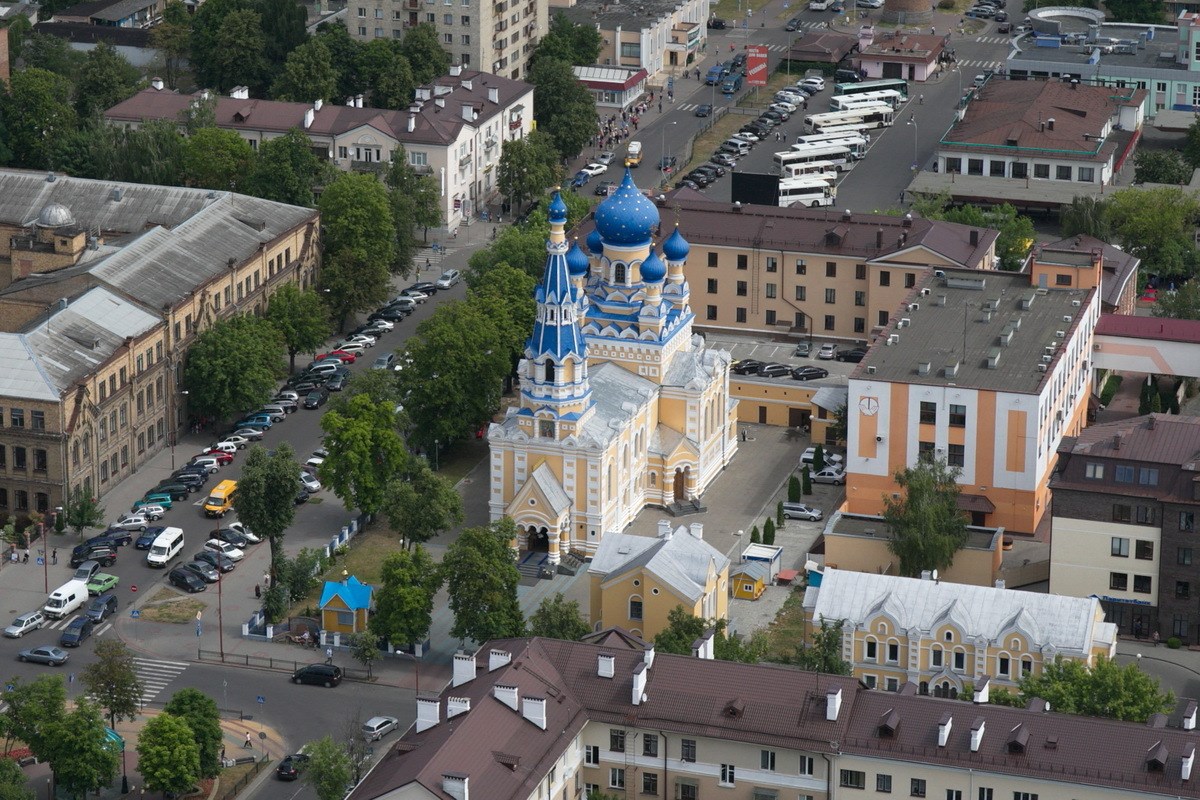
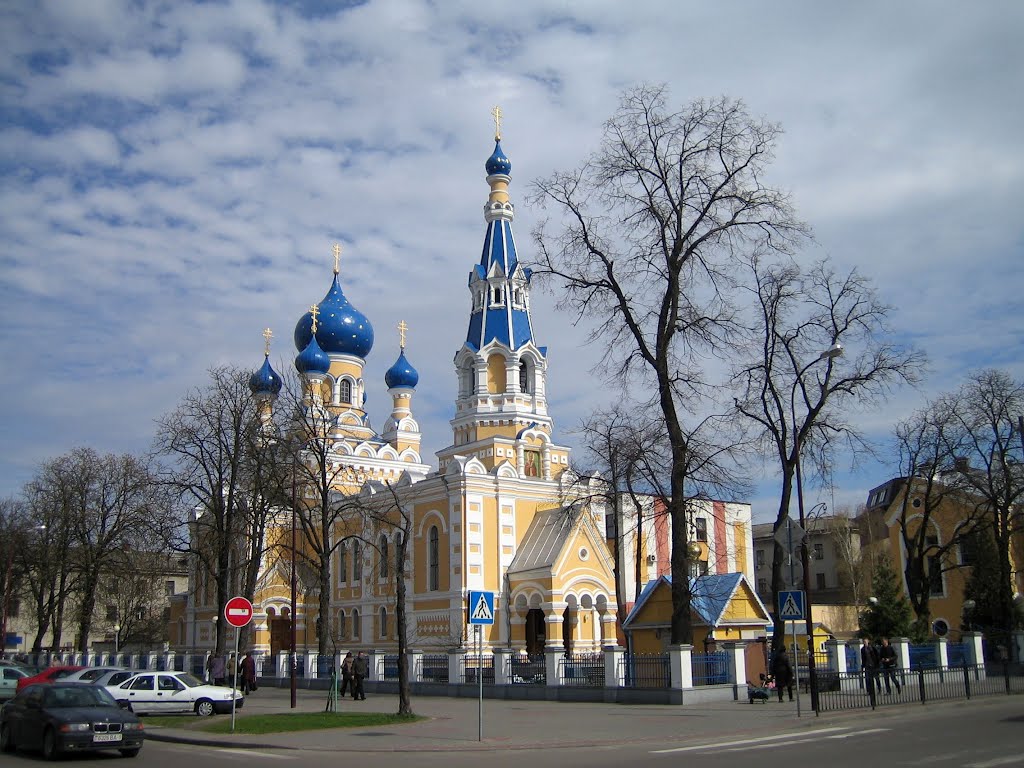
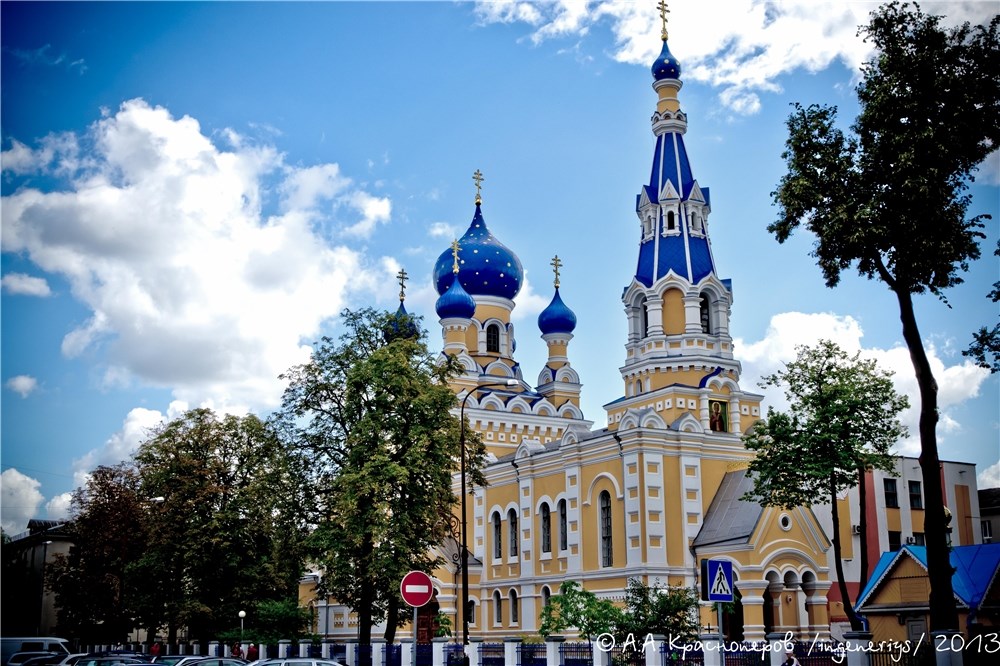
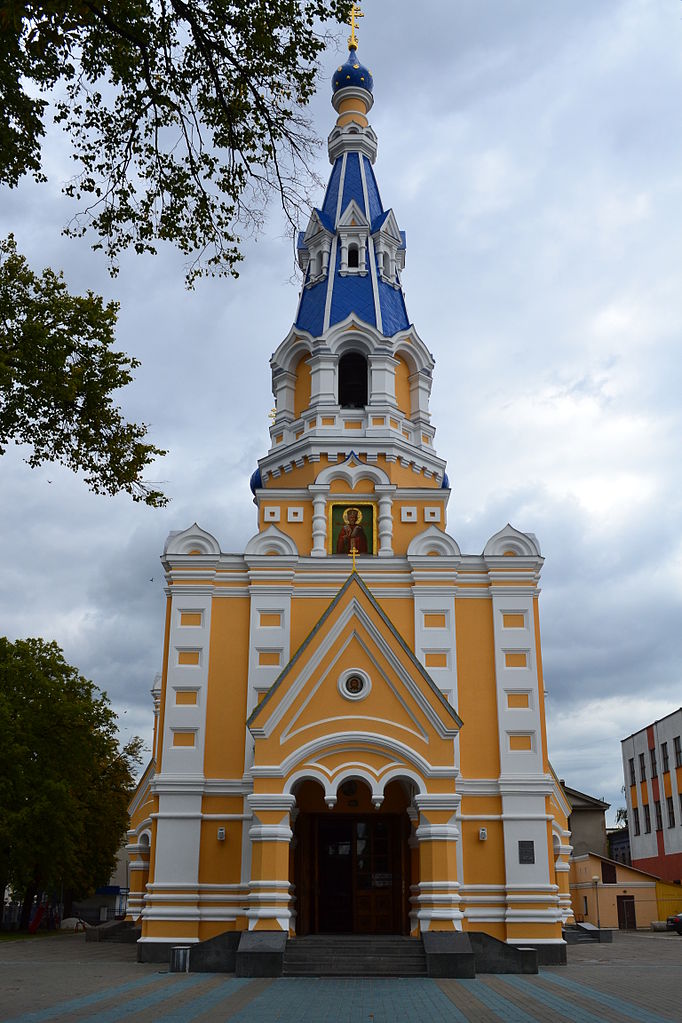

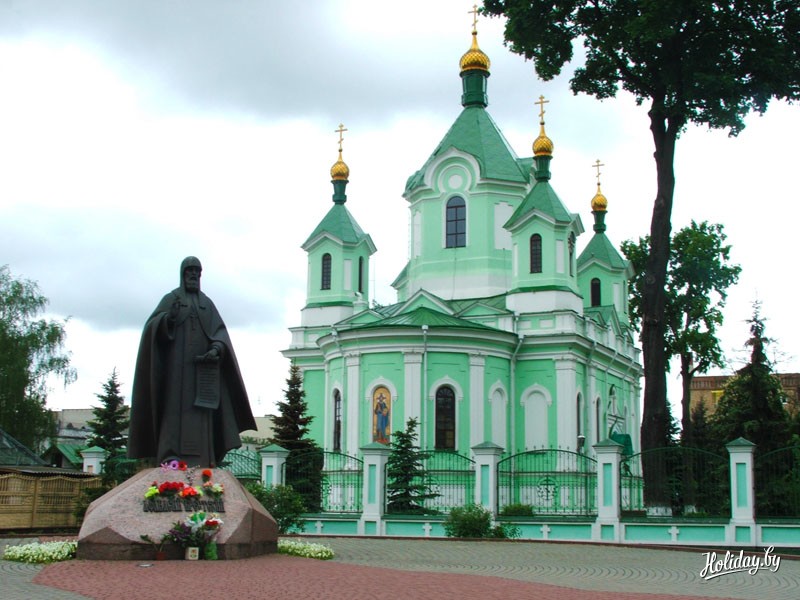
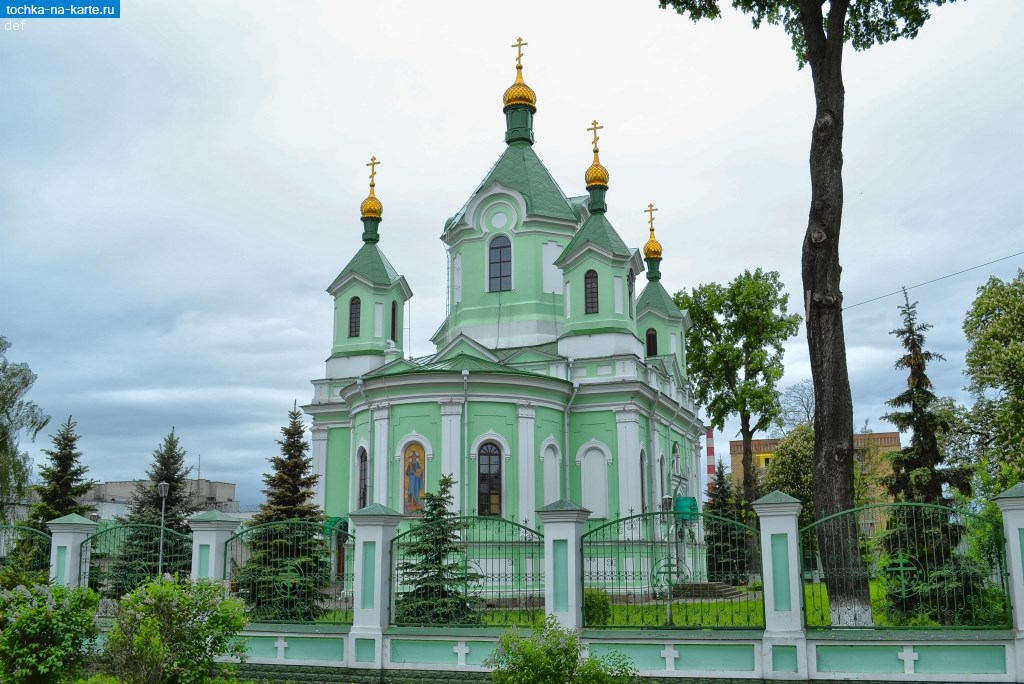
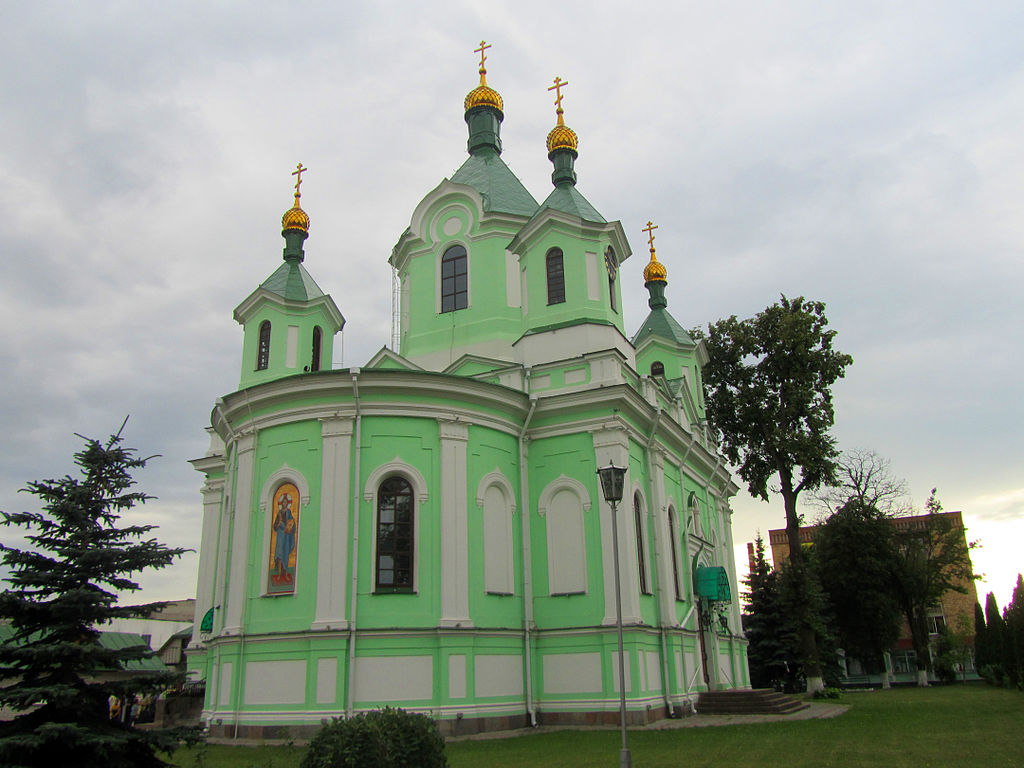

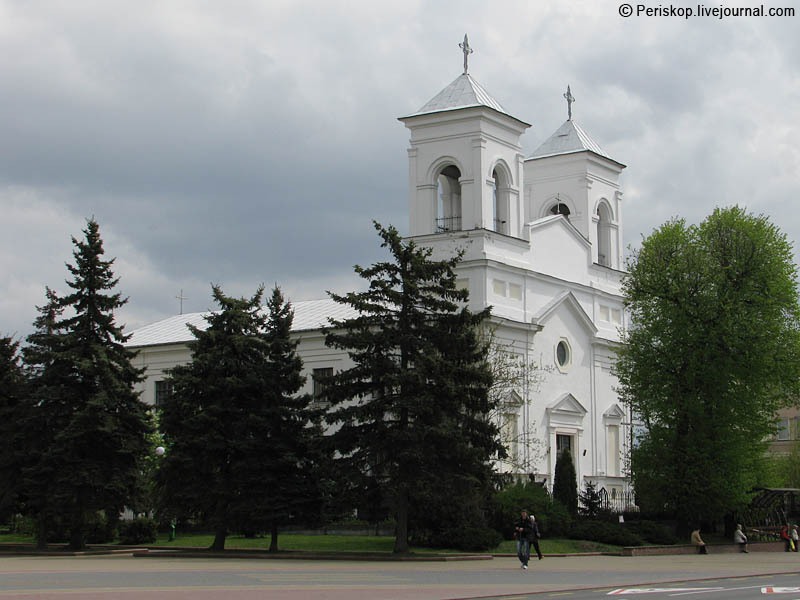
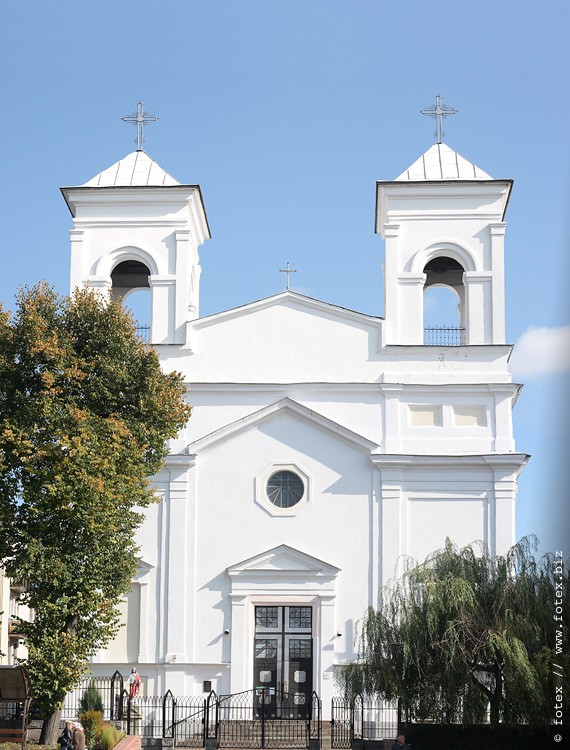
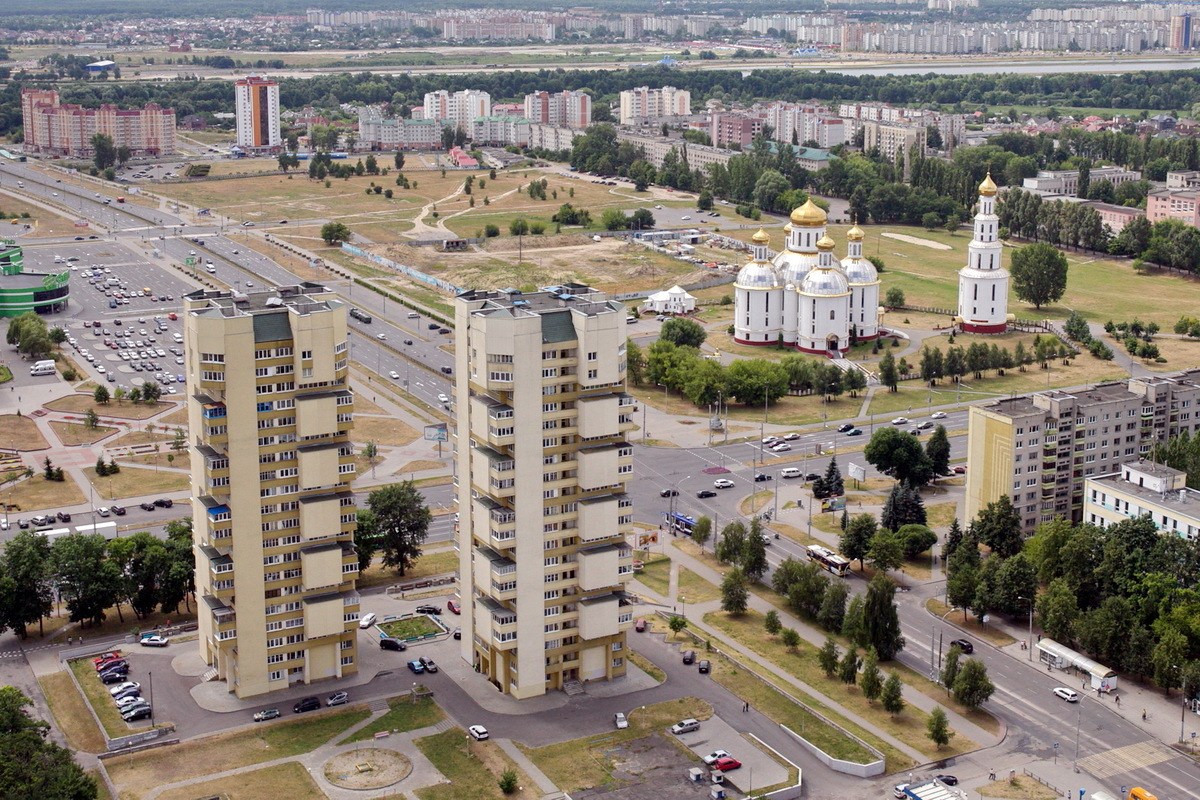
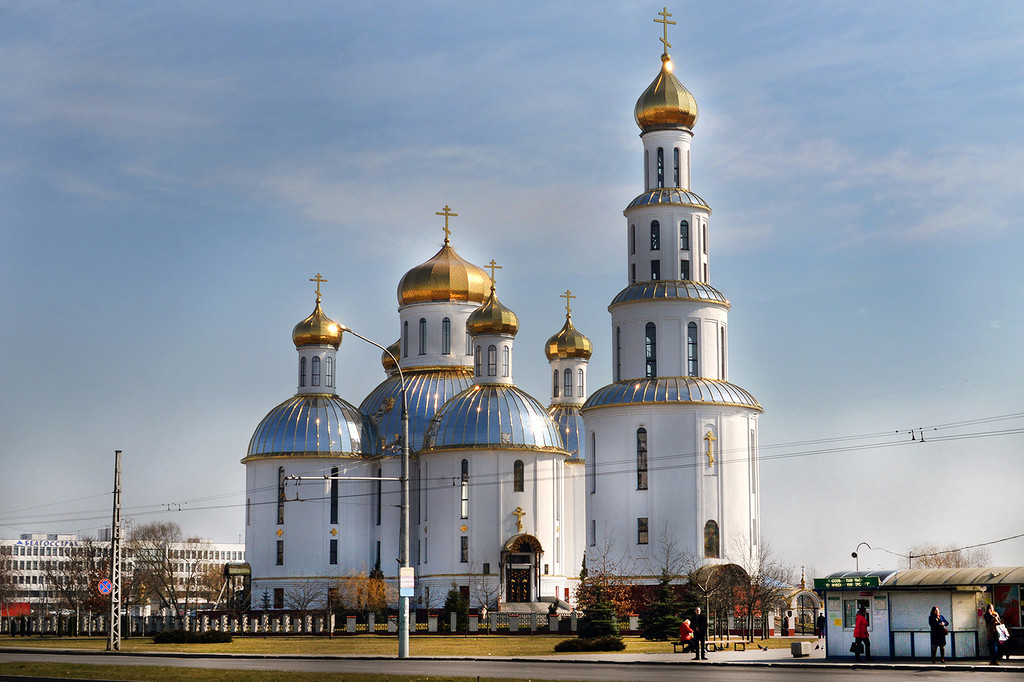
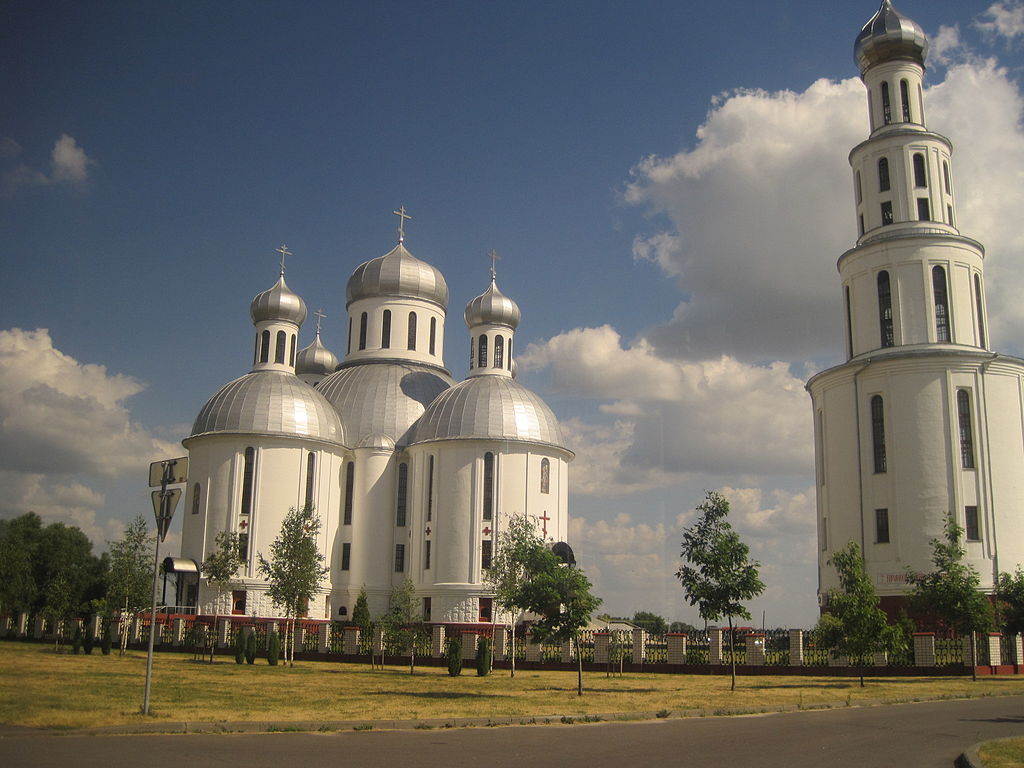
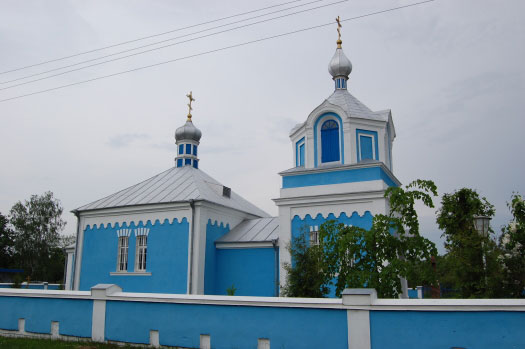
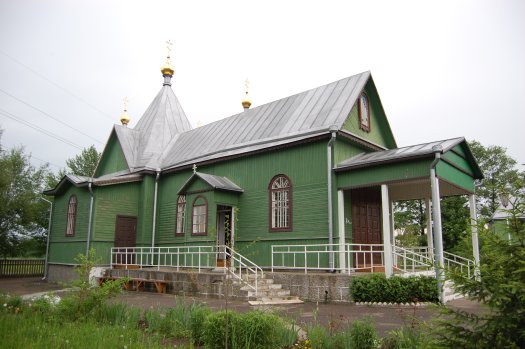
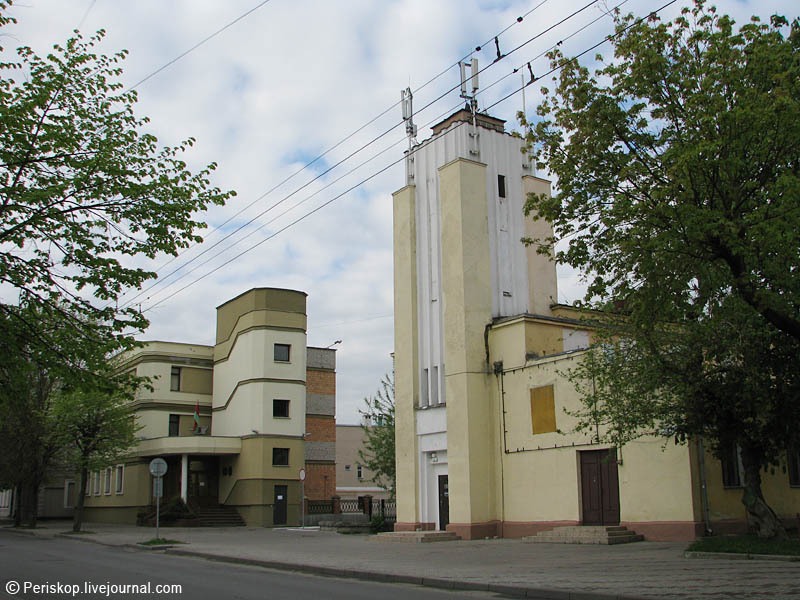
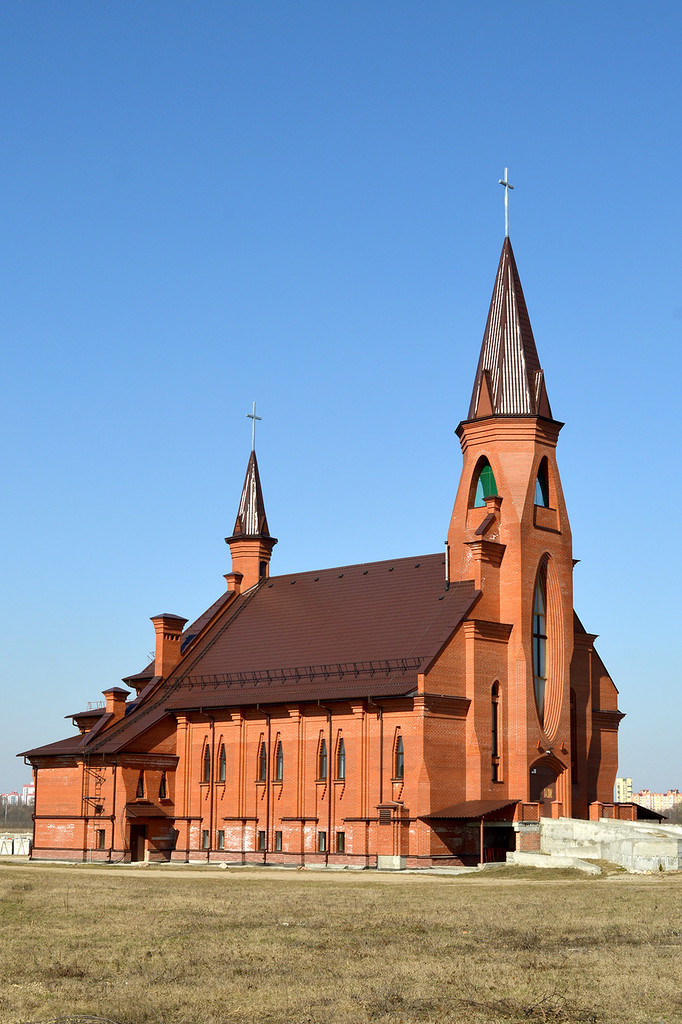

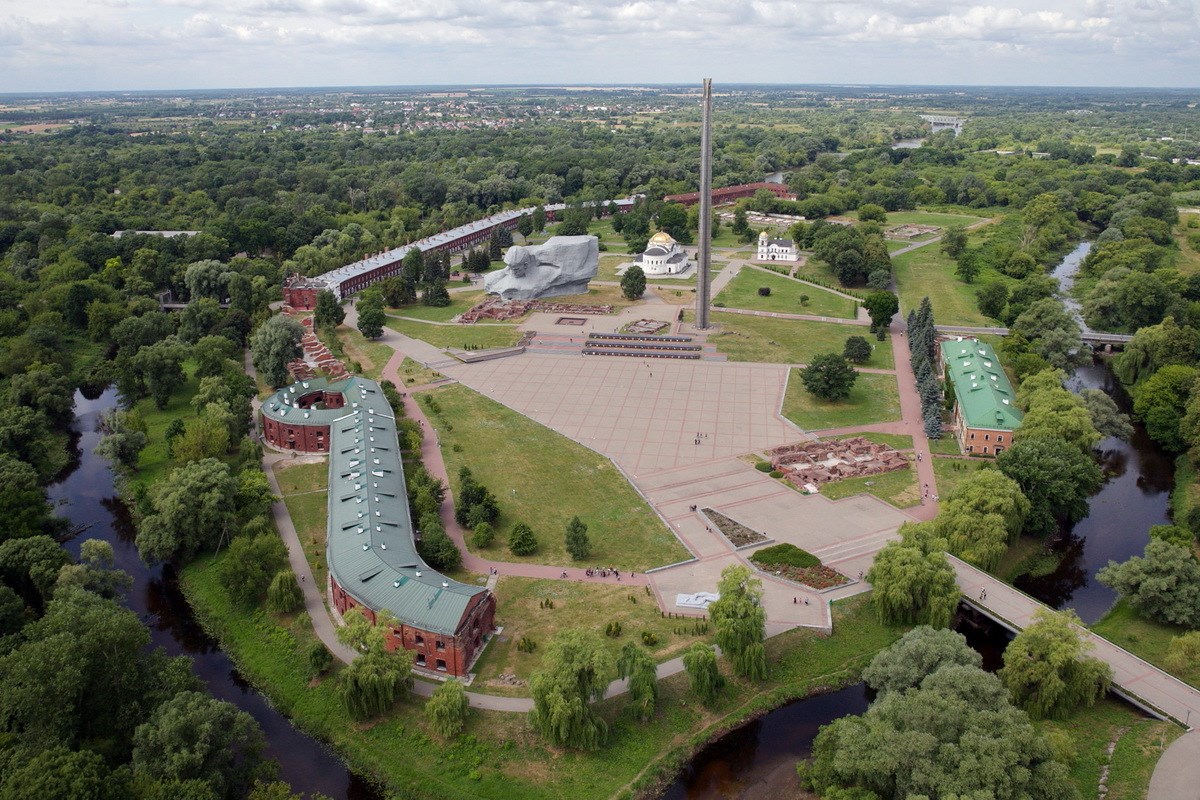
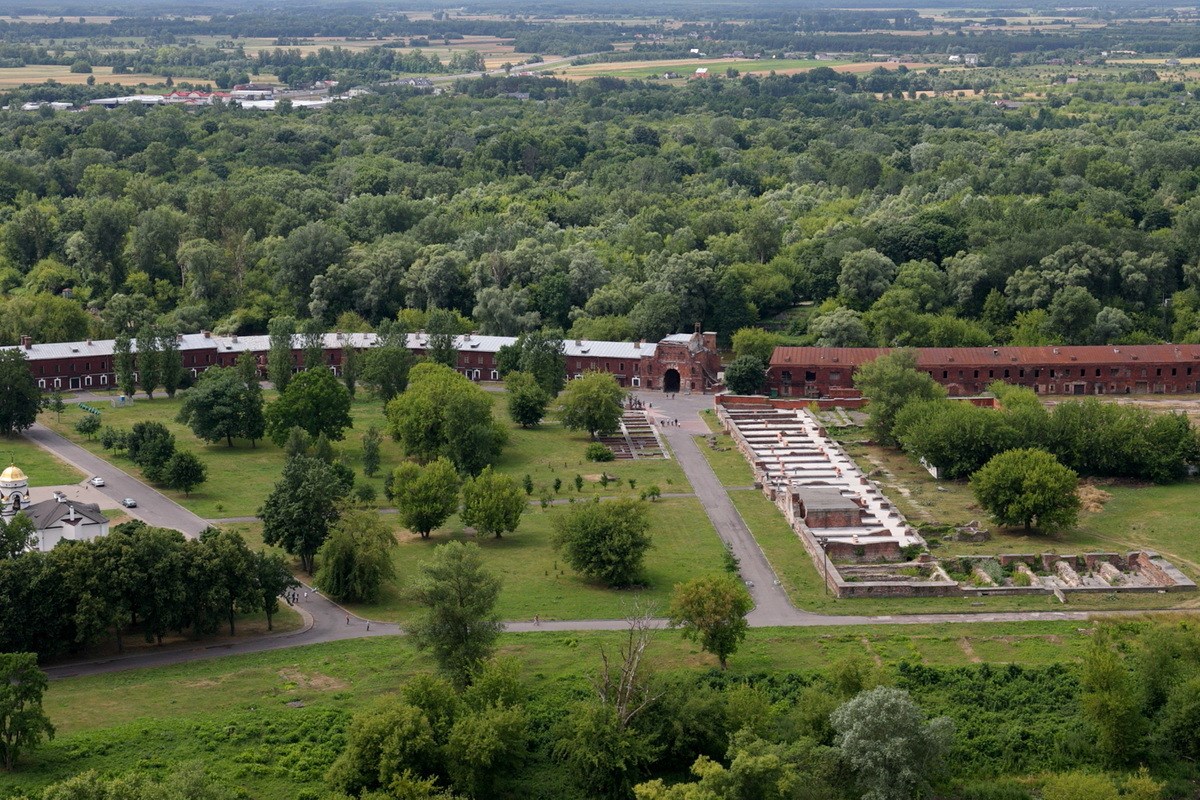

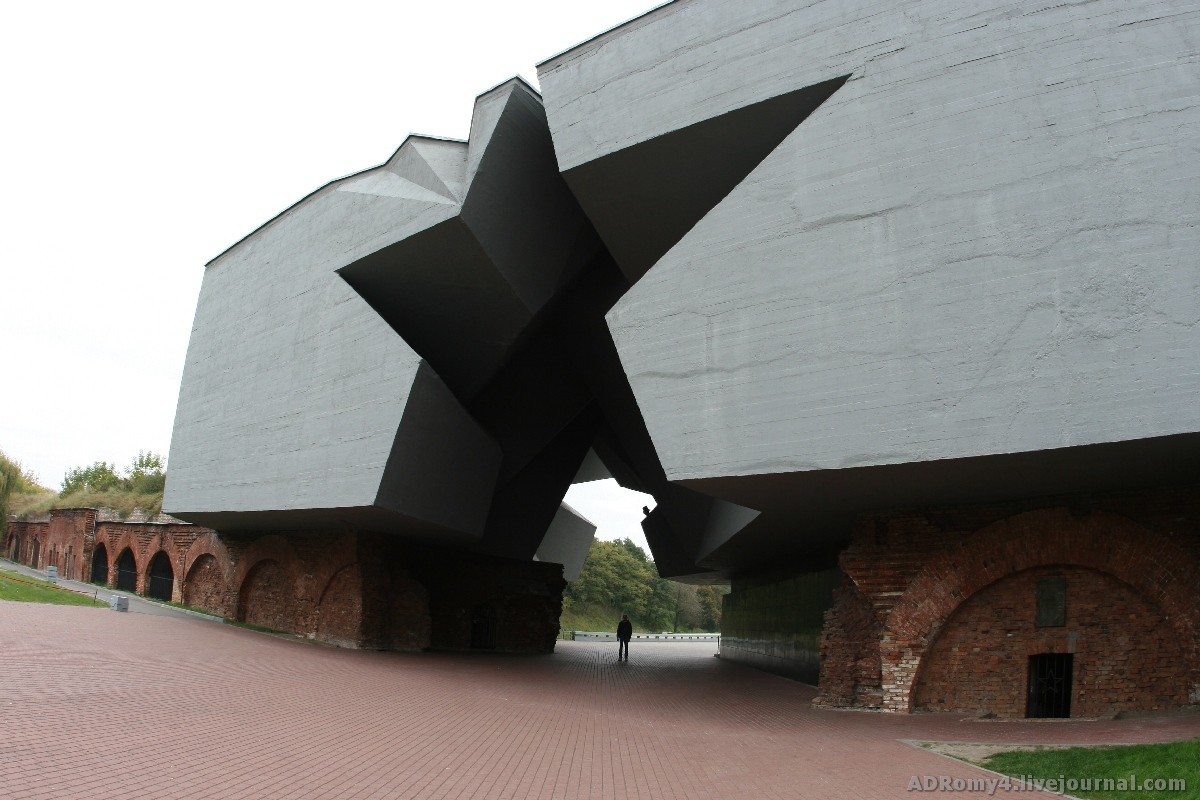
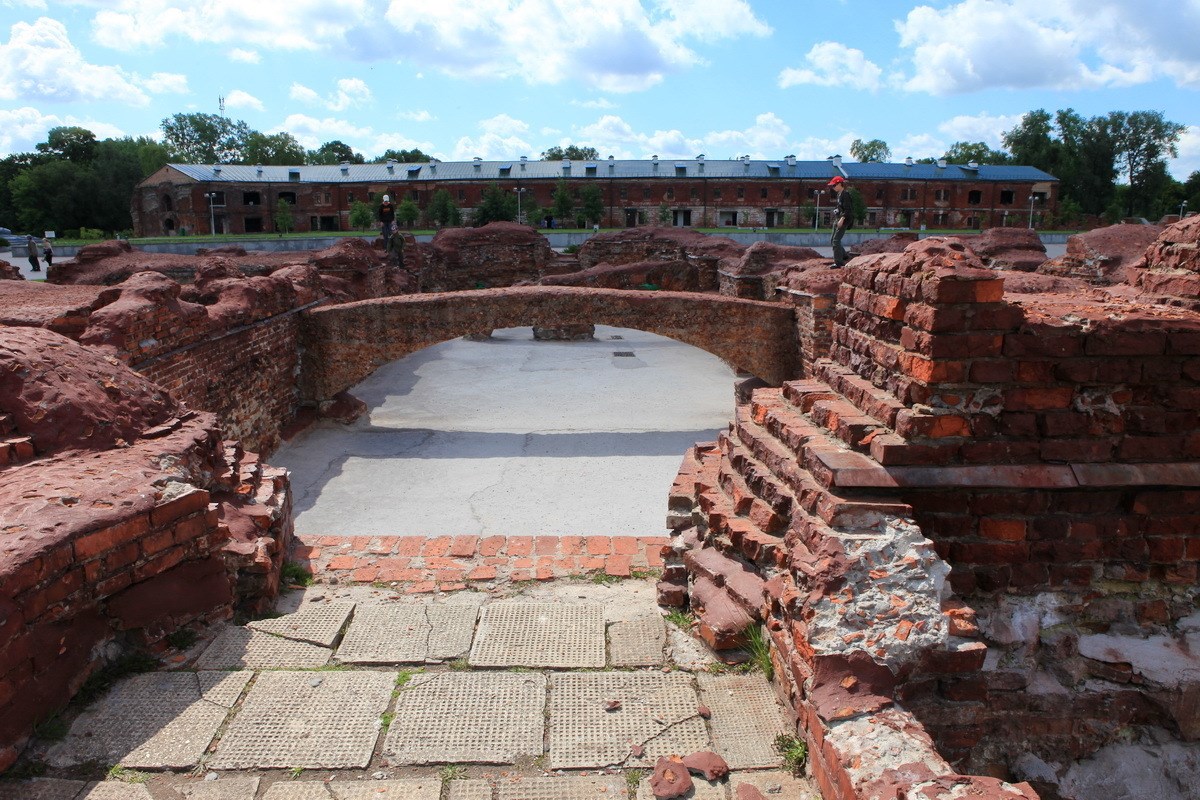

Belarús en la Naturaleza y History Tour: Brest
Al suroeste de Brest Bielorrusia, ciudad limpia y ordenada. Es muy diferente de las otras ciudades que vimos en Bielorrusia. Es una ciudad en la frontera de Polonia y de estilo europeo porque estuvo dominada por Polonia y Suecia y con bloques tipo soviético. Además, aquí se firmó el famoso acuerdo de Brest-Litovsk. La zona más activa de la ciudad es la calle Sovetskaya y alrededores. Muy agradable paseo por la calle está cerrada al tráfico de vehículos. Muchos cafés alrededor, restaurantes y un bar.
Fortaleza de Brest, un complejo memorial, Brest definitivamente un lugar para ser visto. Brest durante la segunda guerra mundial, ya que mostró una resistencia significativa a la ocupación alemana fue declarada Ciudad Héroe. El complejo también construido para conmemorar a aquellos que lucharon aquí. Entrada principal al complejo de la estrella soviética gigante.
Debido al corte de los recursos hídricos, para lograr la resistencia al agua por parte de los soldados, la estatua gigante erigida así como la Casa Blanca, los 100 metros de obelisco de altura, Llama Eterna, Museo del Castillo y las puertas del castillo. Ruinas y puentes son la atracción más importante. Yo le aconsejo que vayas varios días a la fortaleza de Brest. Por la noche puede ser un poco sombrío y tal vez dé miedo.
Hay otro interesante museo en Brest: Museo de material ferroviario. Este museo al aire libre con trenes de la antigua Unión Soviética (URSS). Ejemplos de época de trenes antiguos. Se mantienen en la mayoría de los casos y son capaces de circular.
http://www.dunyayigezmek.com/es/brest/
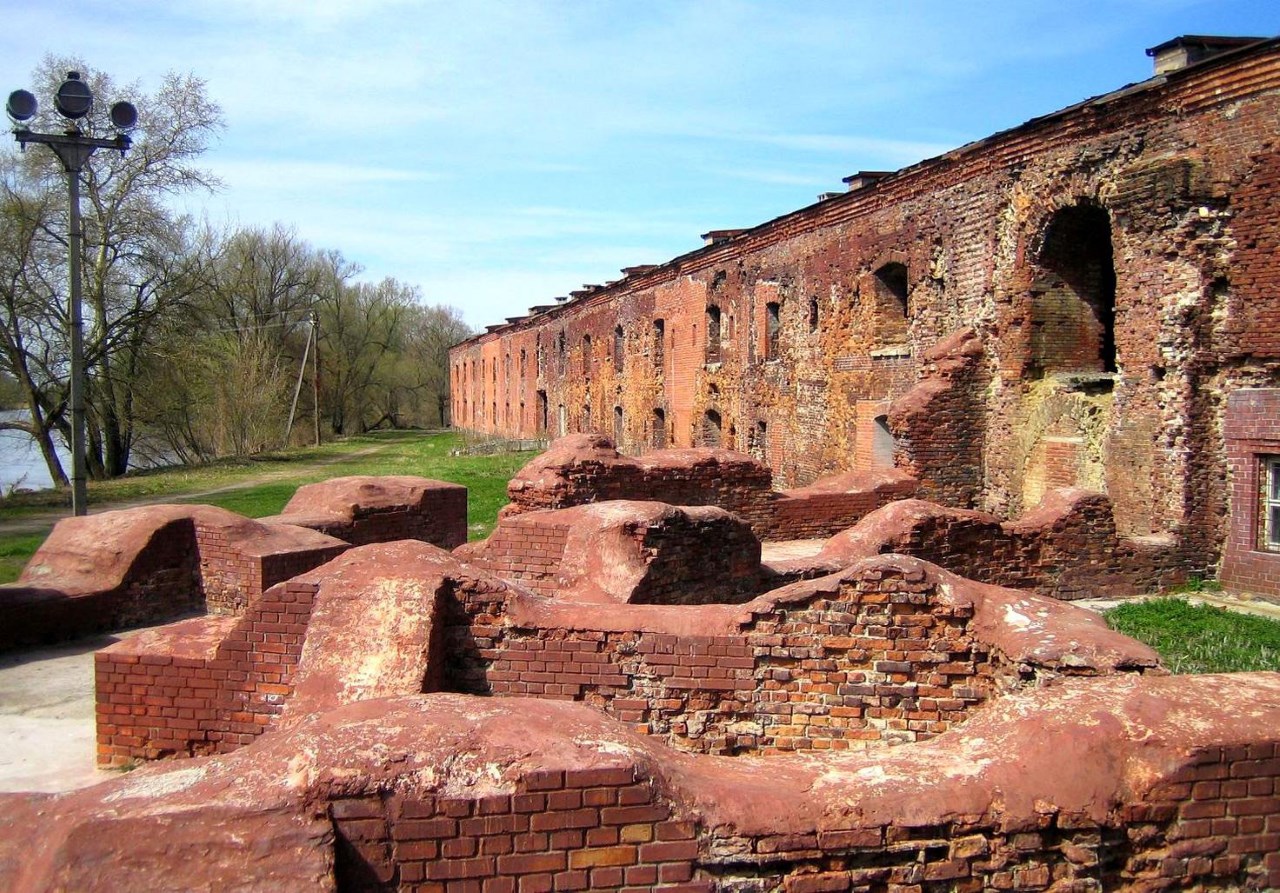
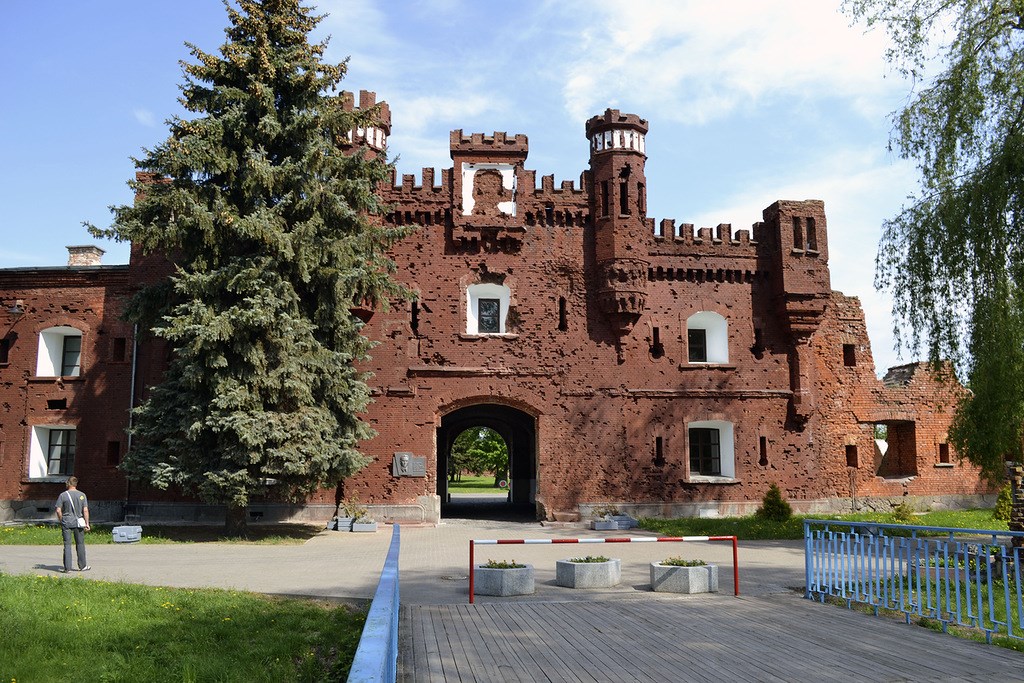
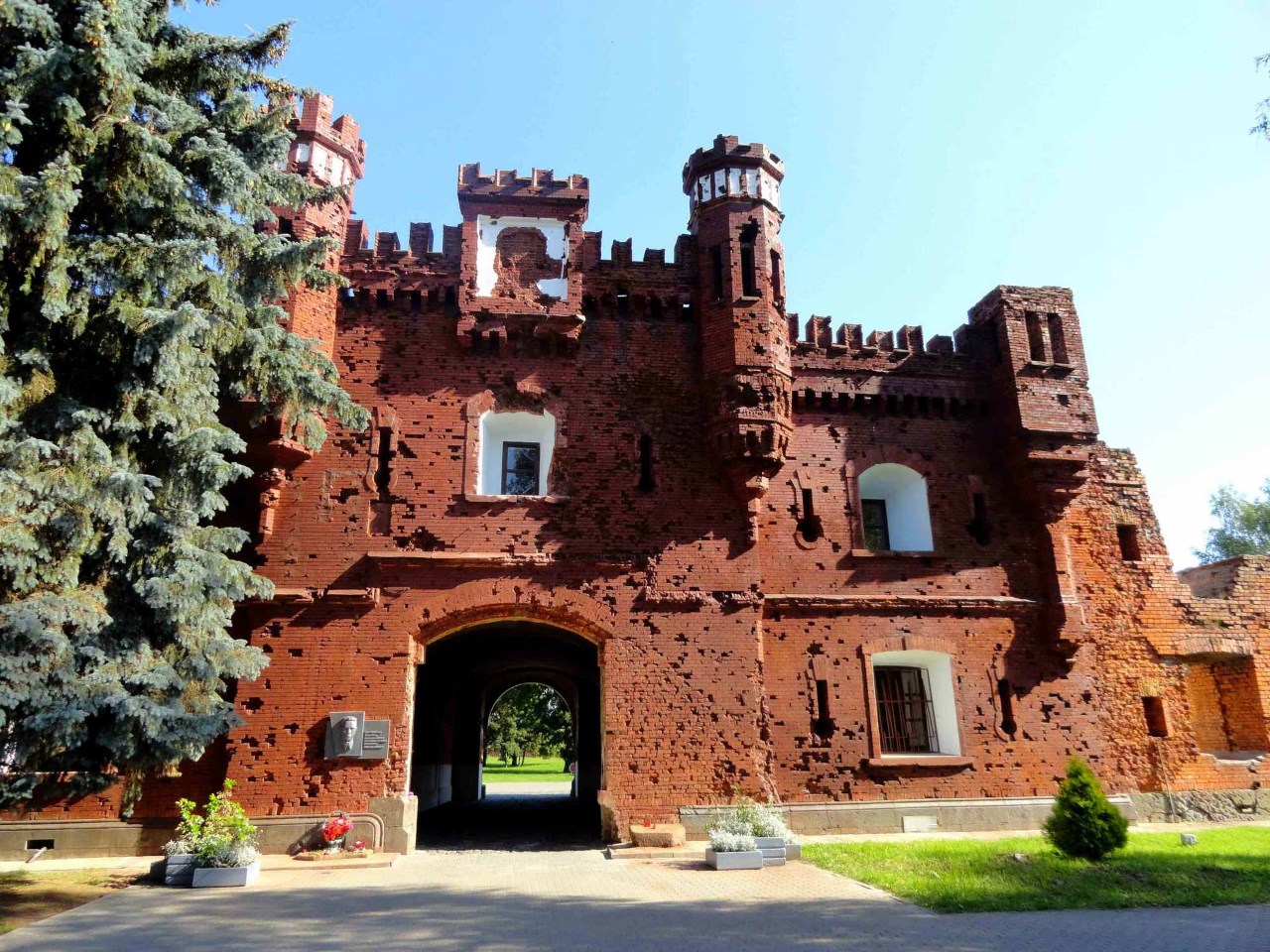
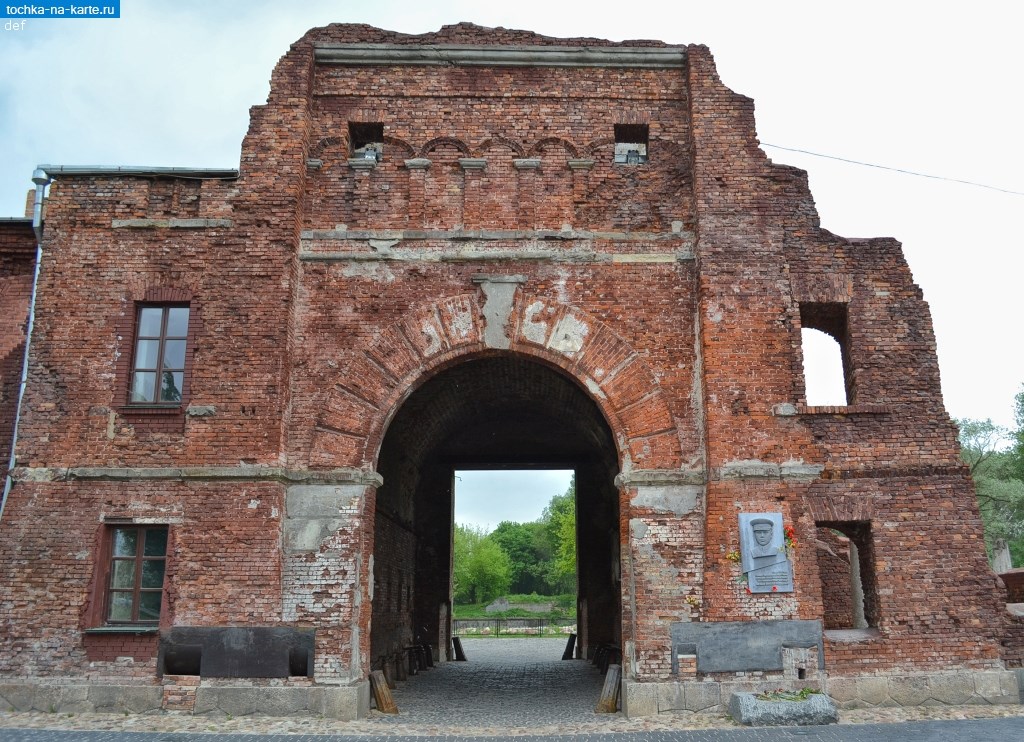
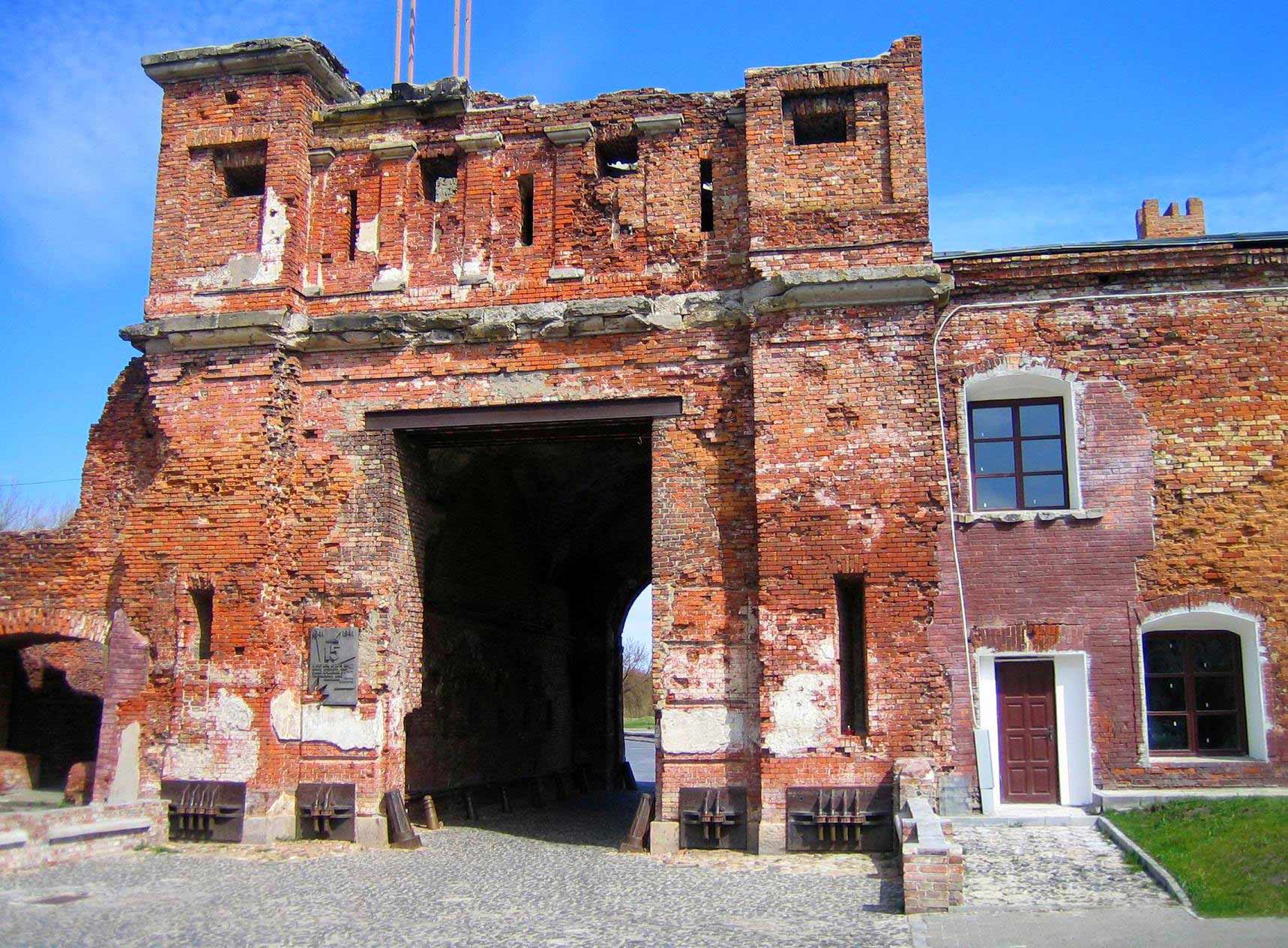
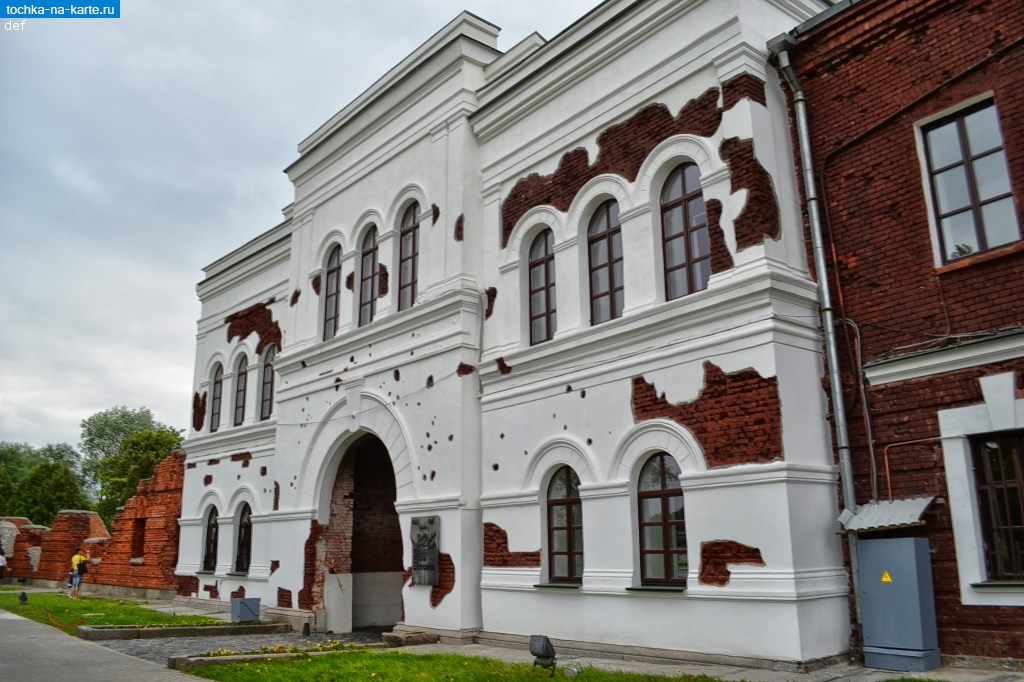
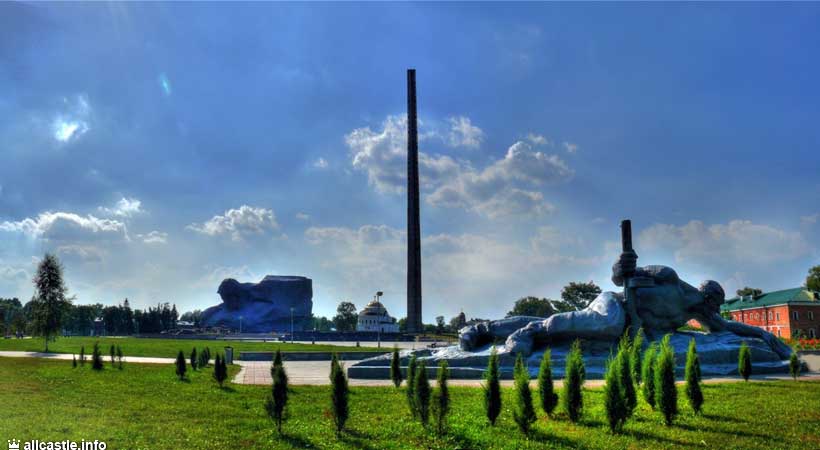
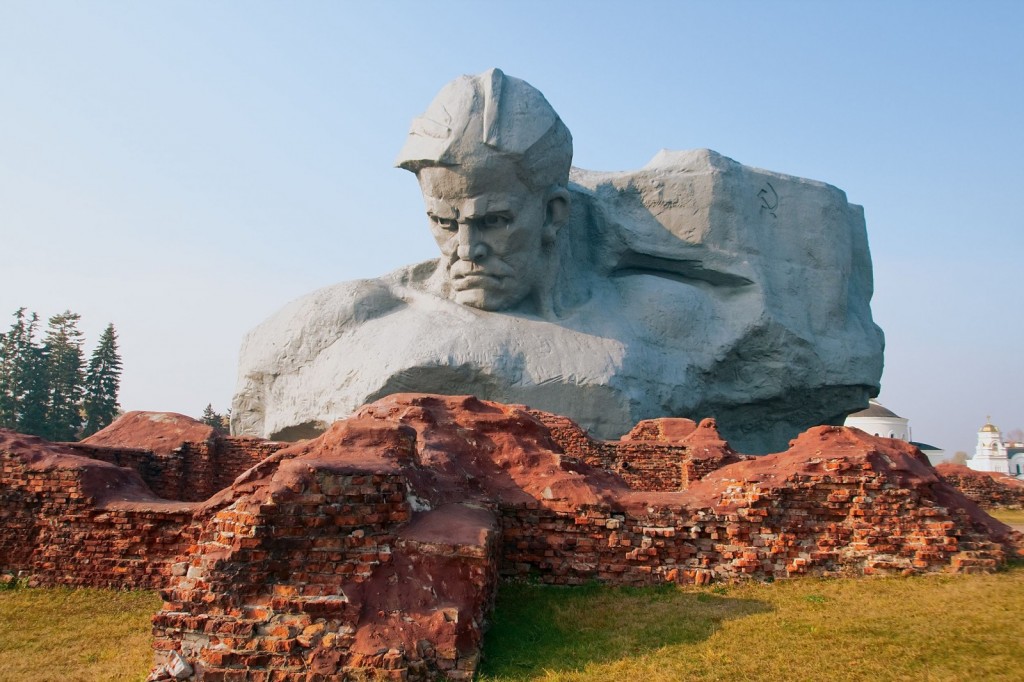
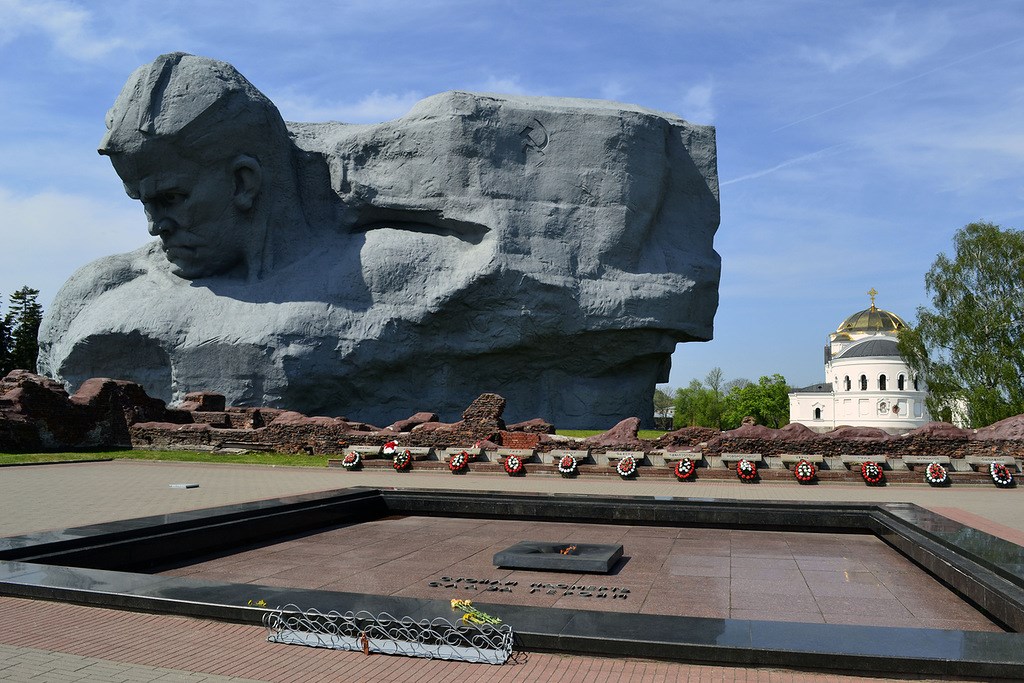
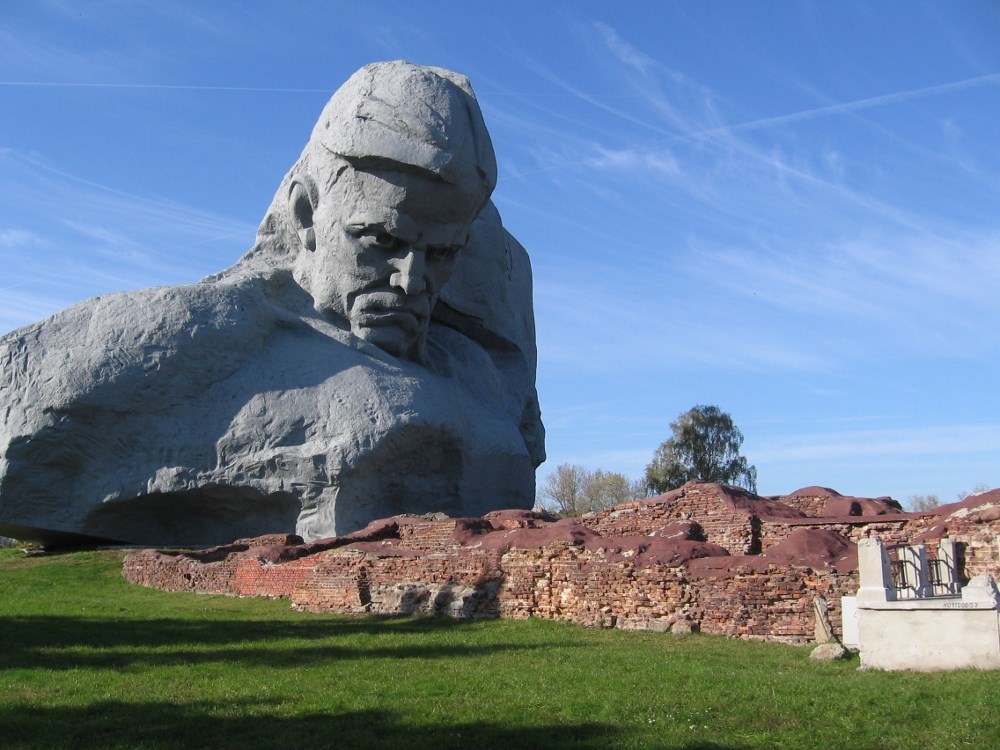
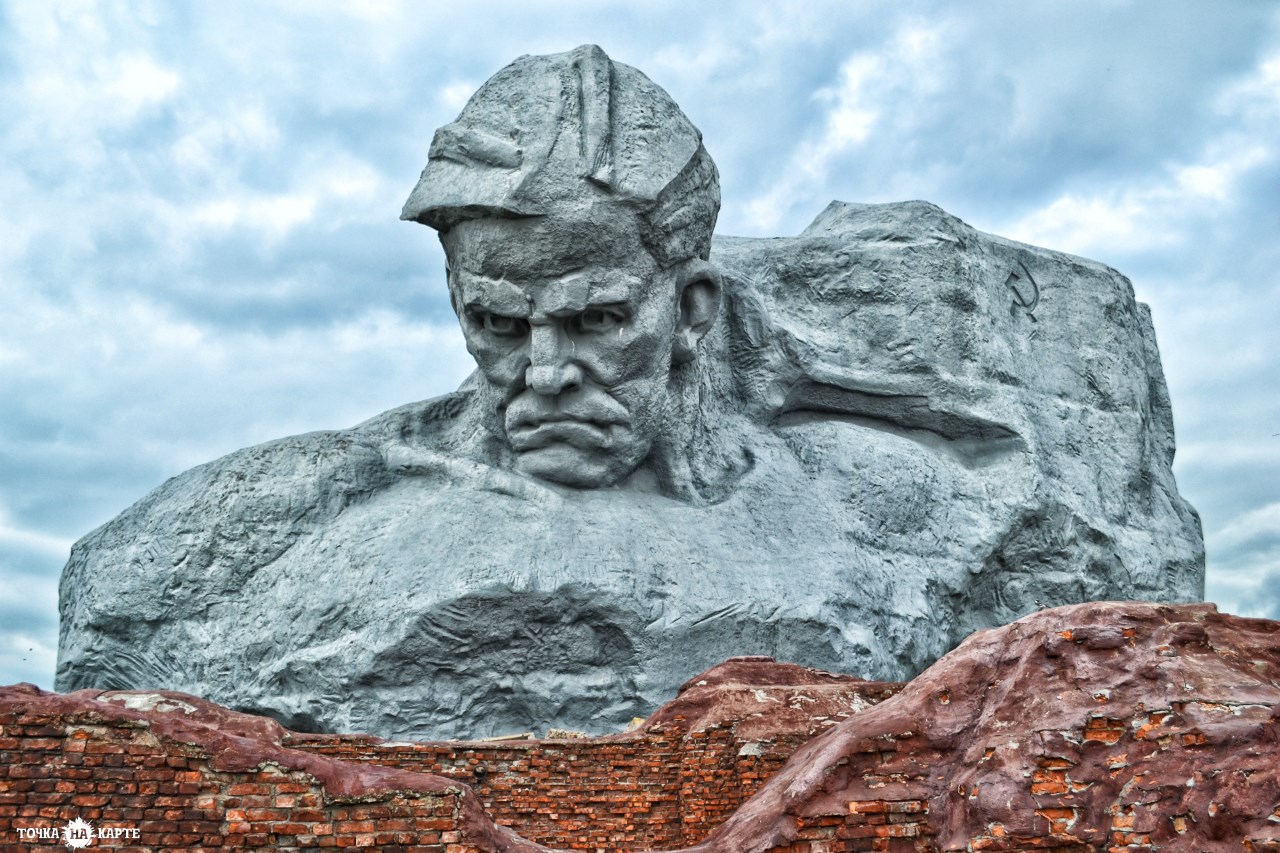
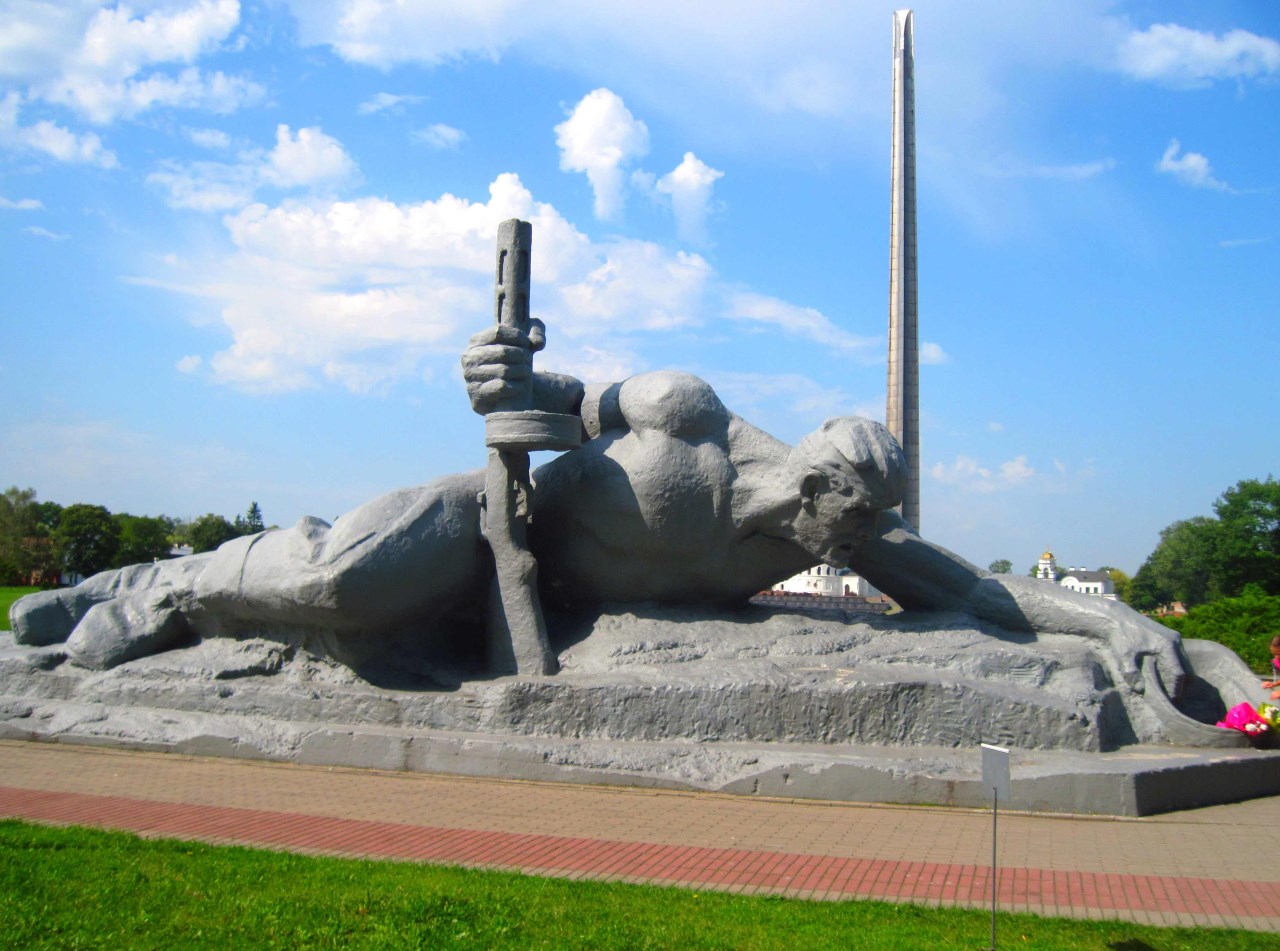
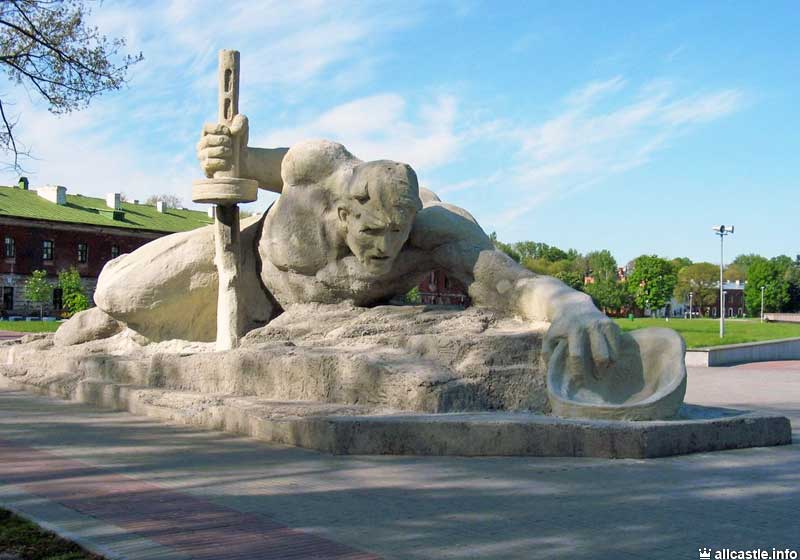
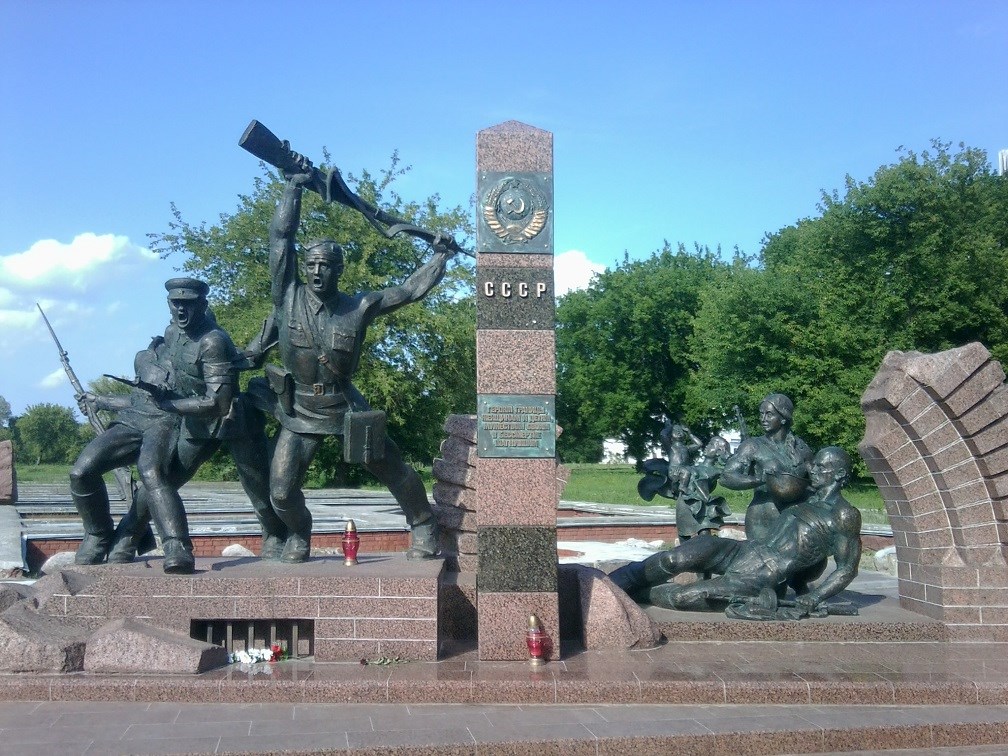
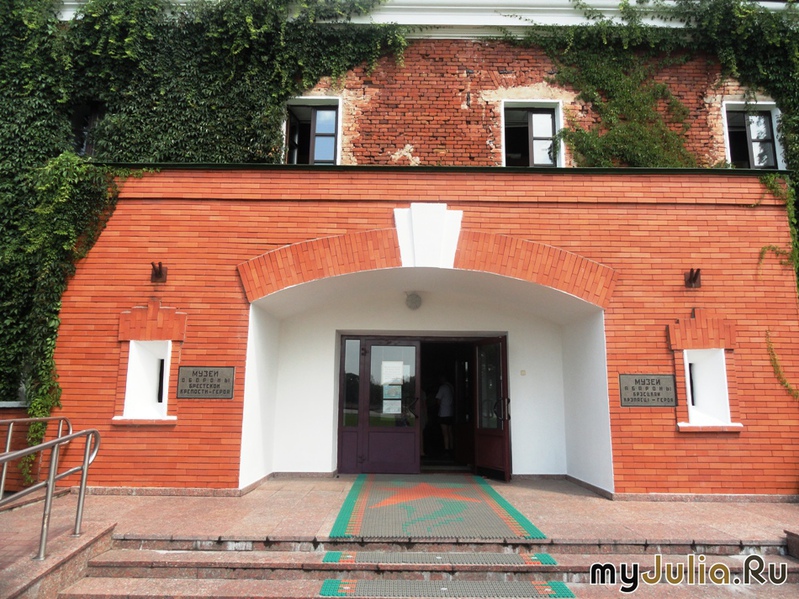
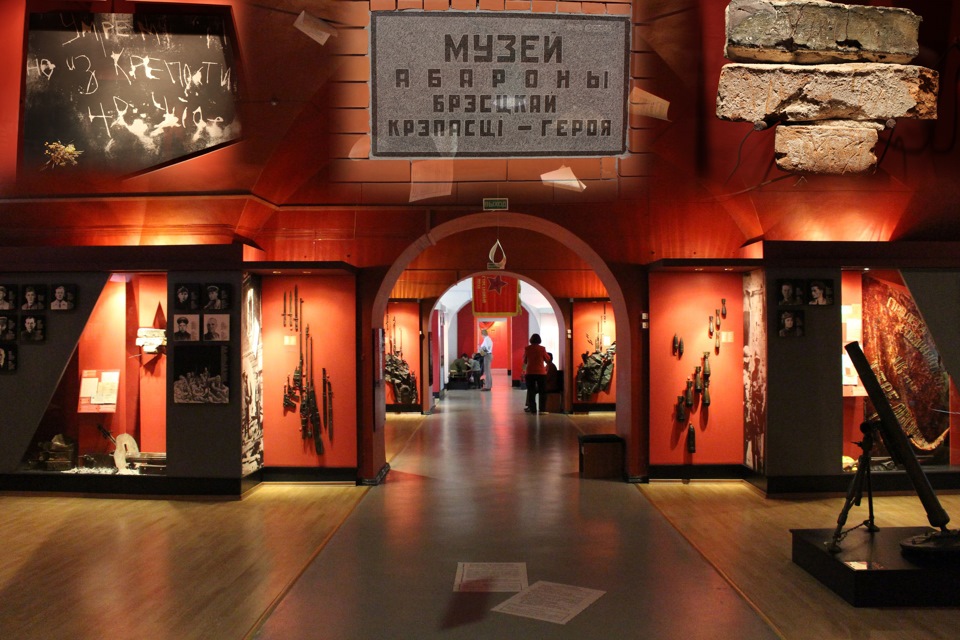

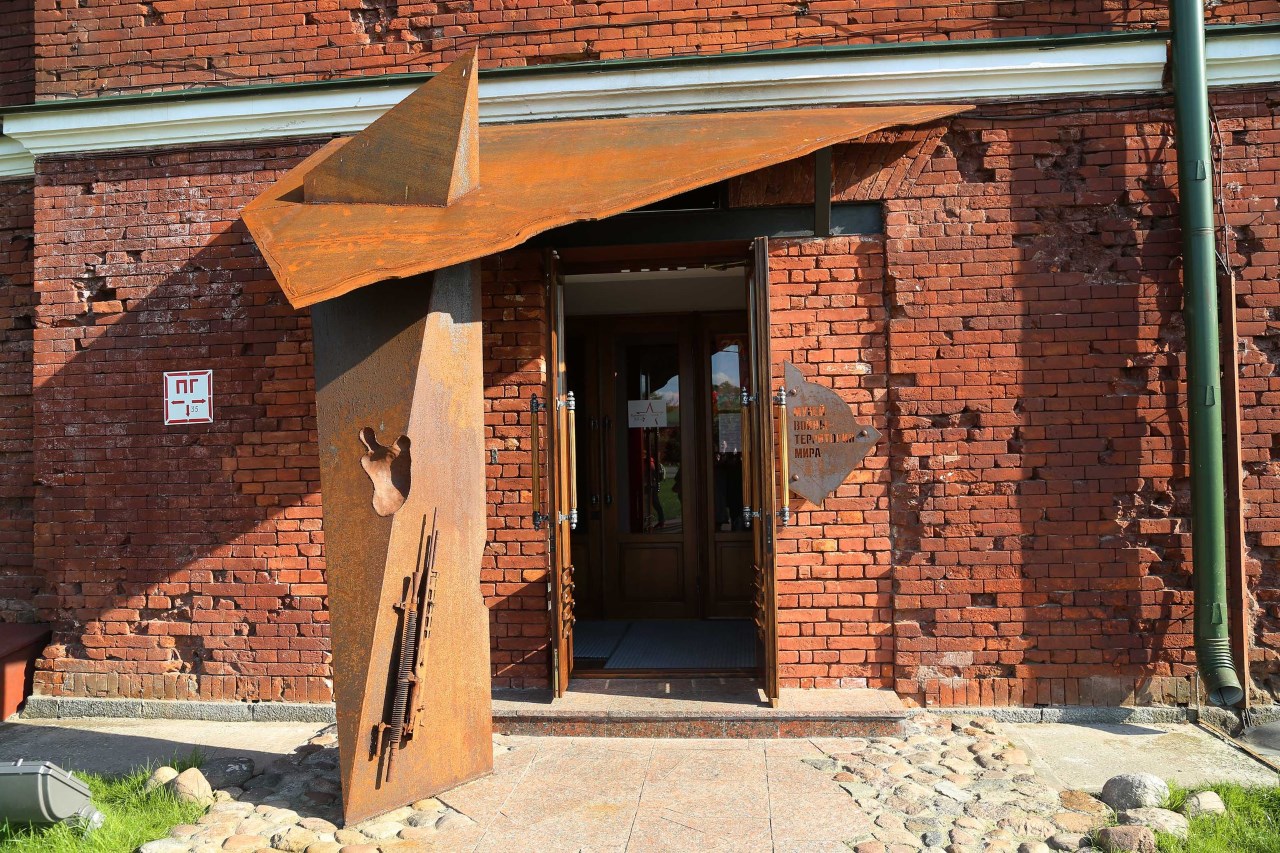


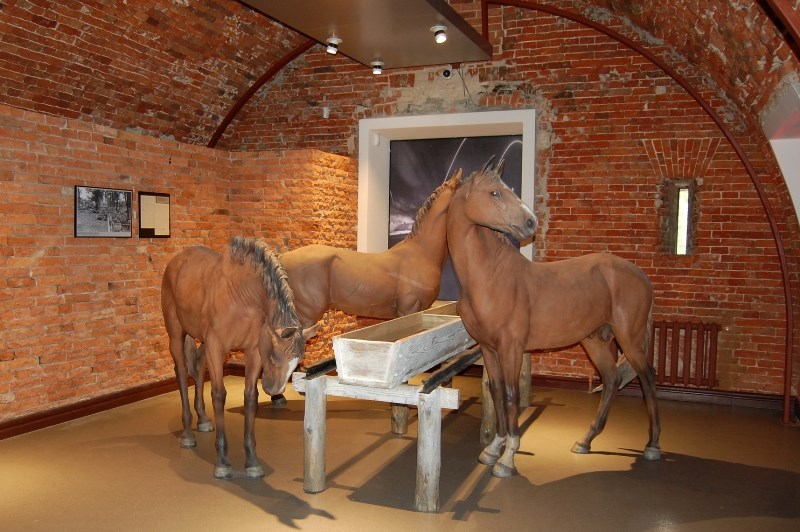
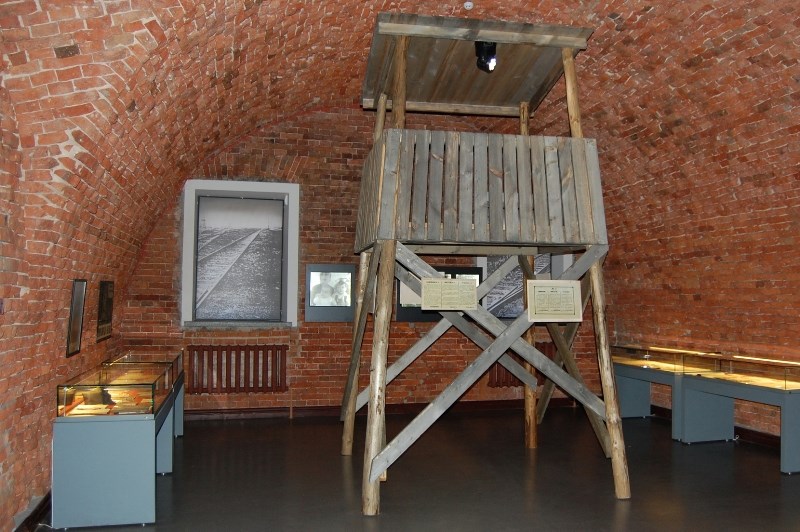

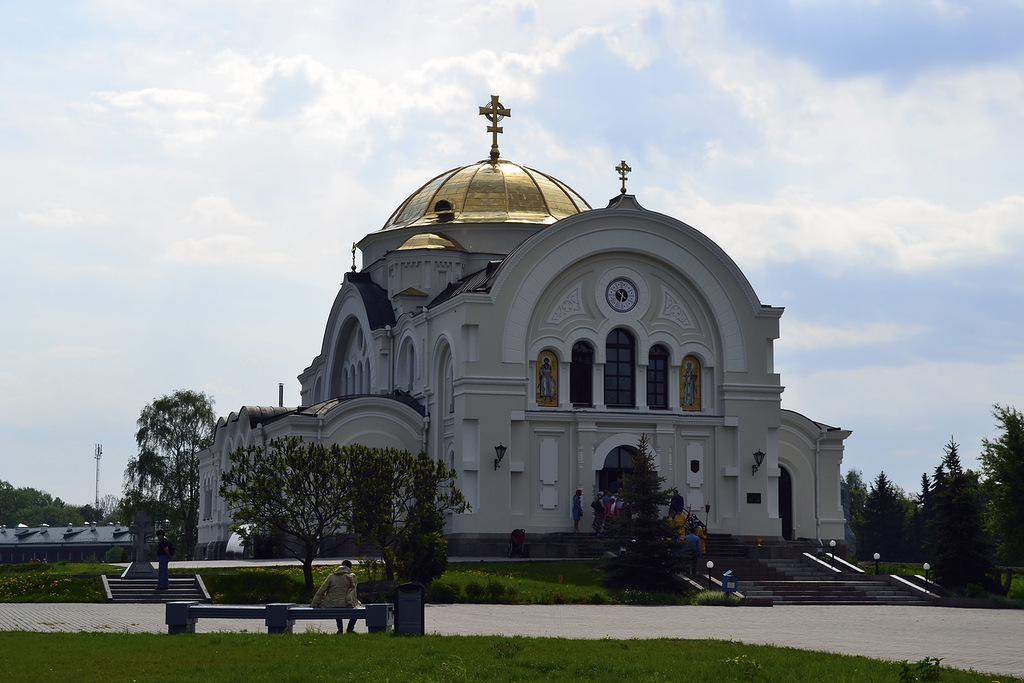
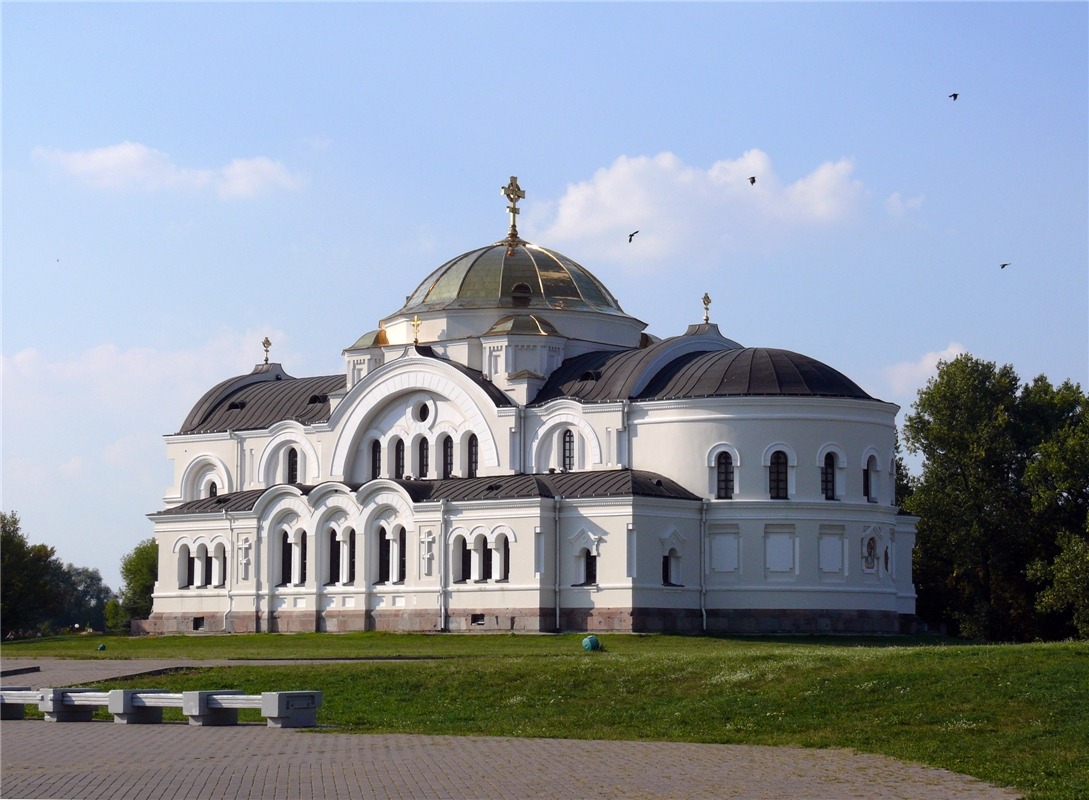
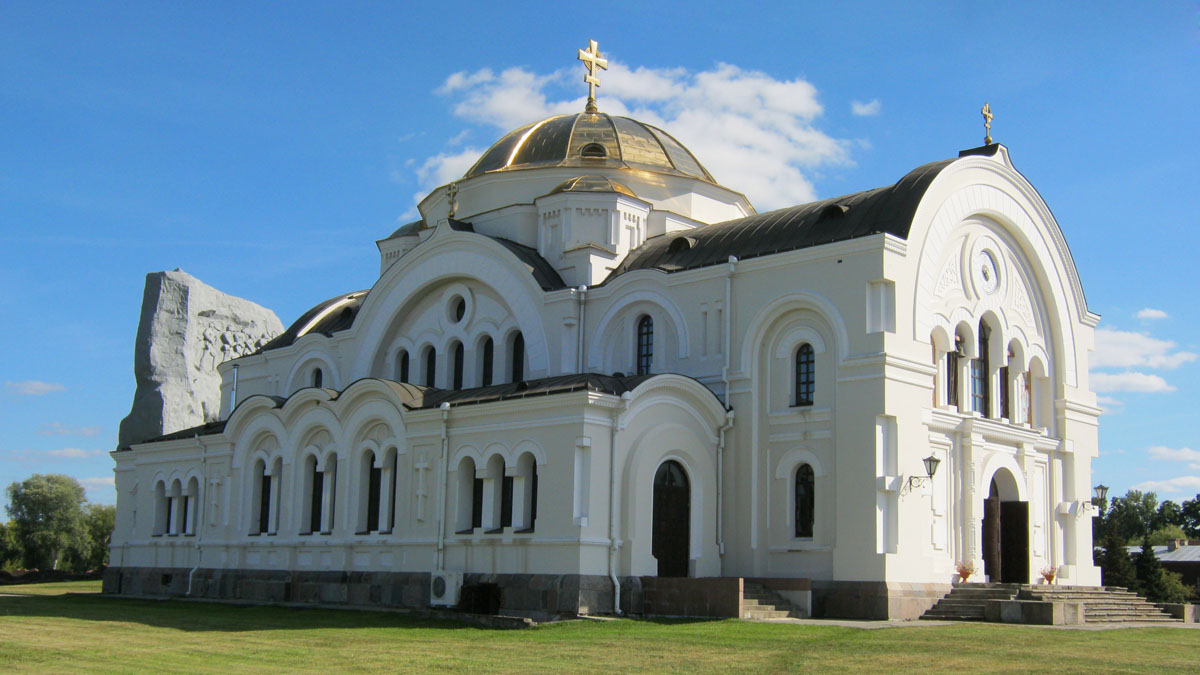
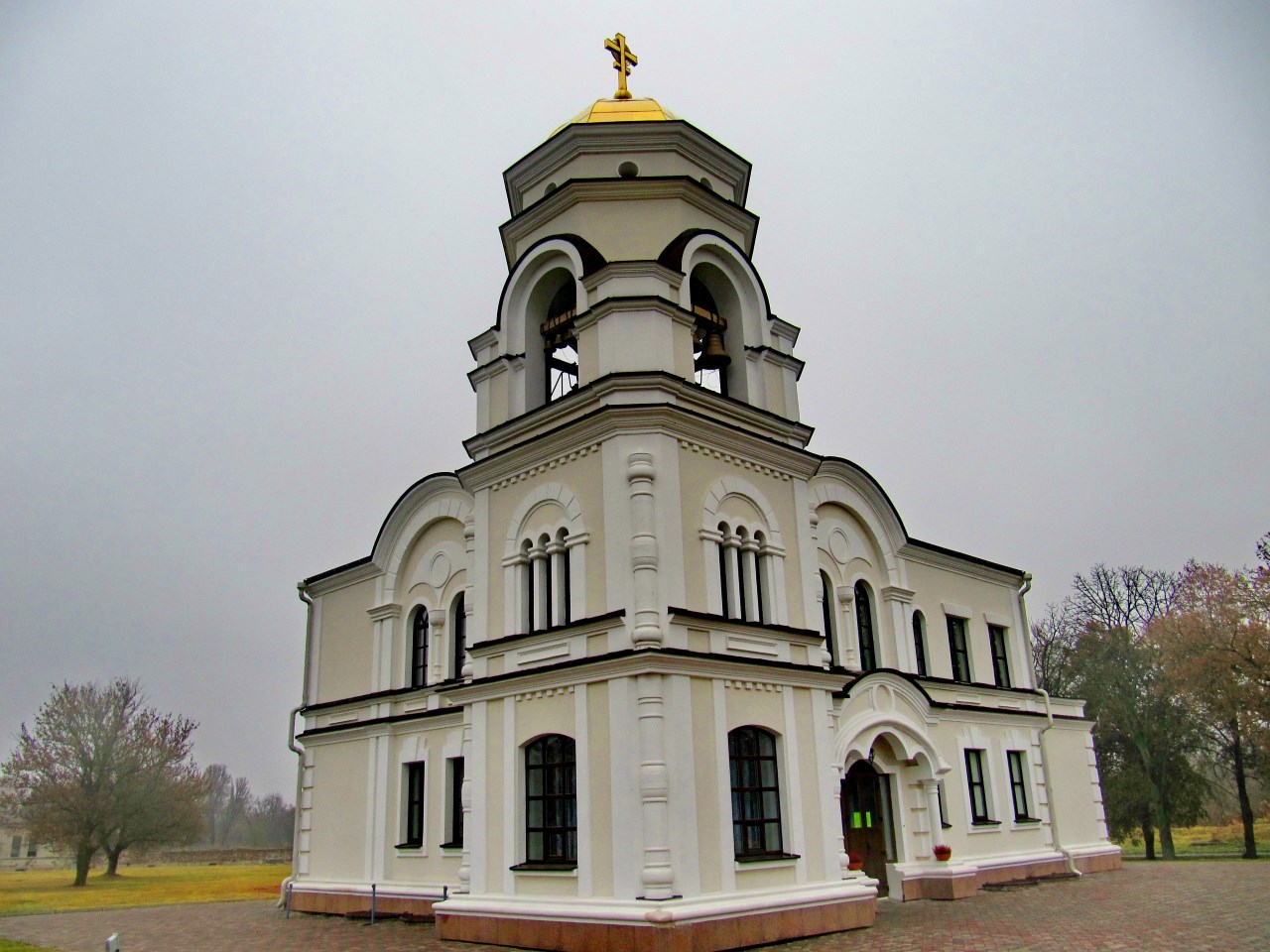
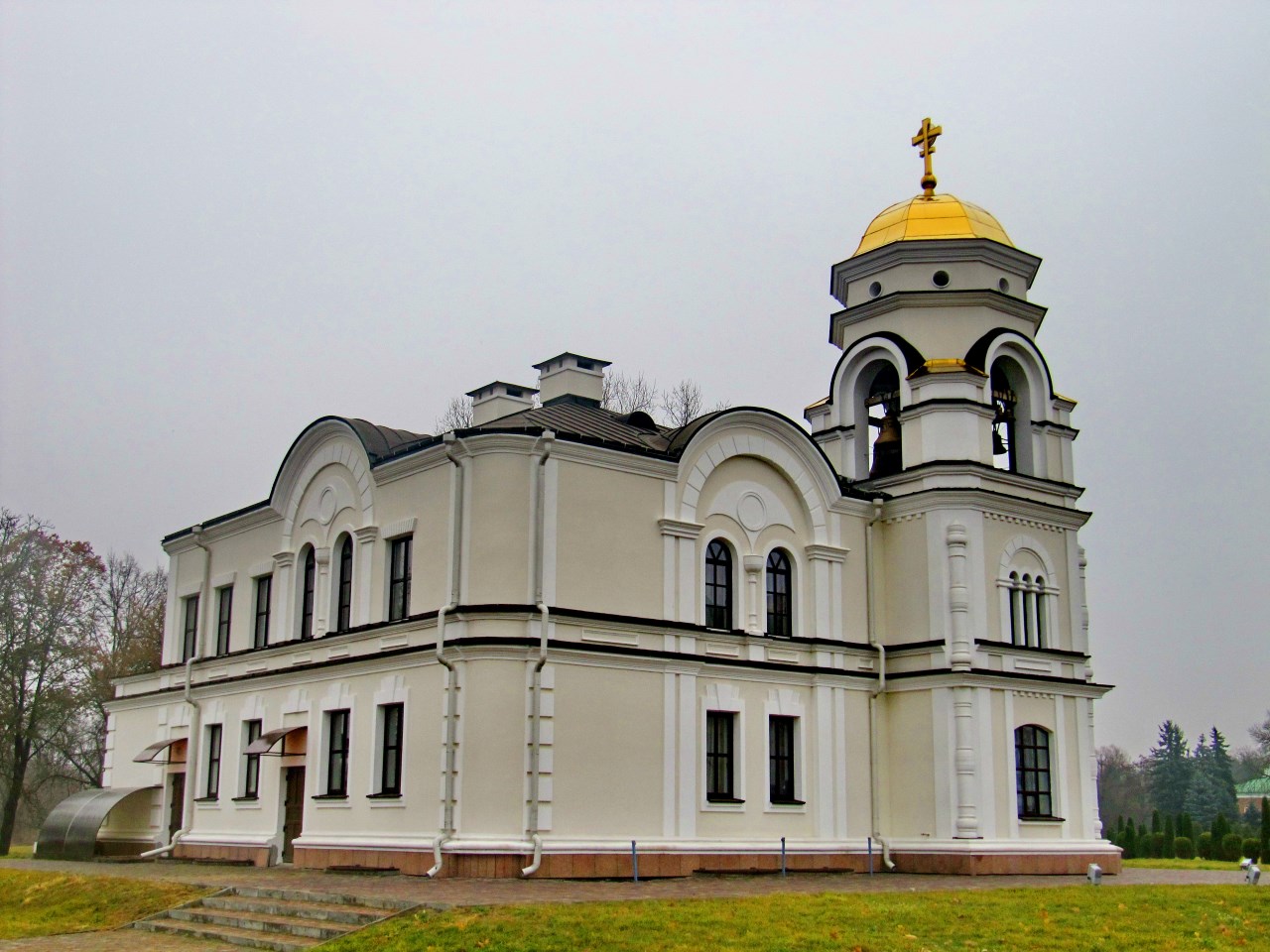

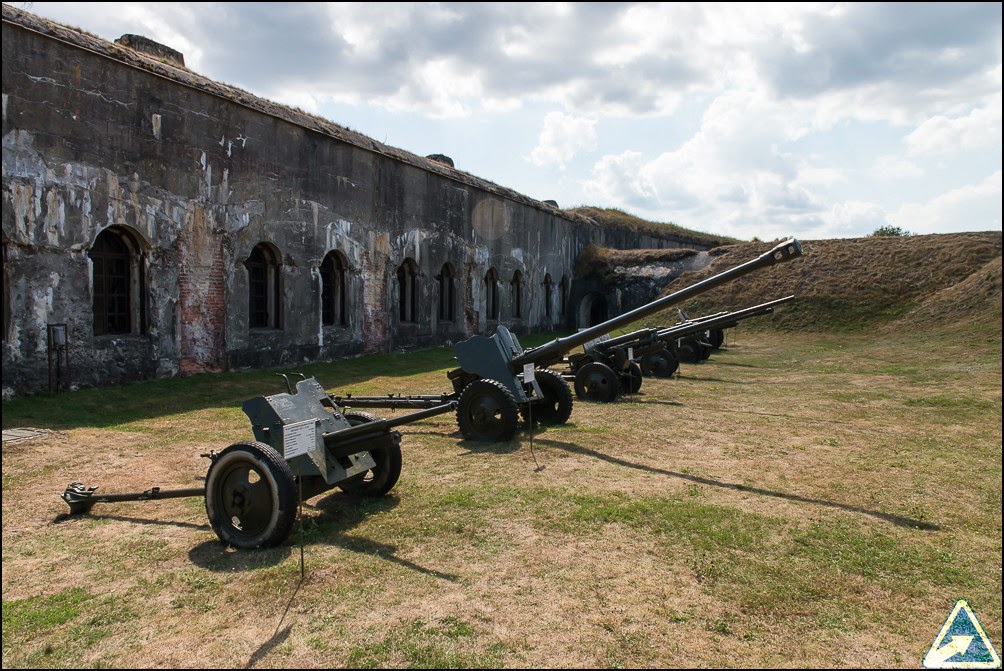
About Belarus
Brest - the third oldest Belarusian city
updated on 20/06/2011
HISTORY
Brest is the third oldest city in Belarus. Berestye (the city name probably comes from the Russian word beresta – birch bark) was first mentioned in 1019 as a trade center and a fortress on the border with the Polish and Lithuanian lands. In the 12th century a wooden castle was built to fortify the town and a customs fee was collected from the transit merchants. In the 14-16 centuries Berestye was one of the largest cities of the Grand Duchy of Lithuania (joined in 1319), its customs house being the most profitable in the country. The profits of the city drew attention of different foreign powers - crusaders, tartars and many others. Numerous offensives destroyed Berestye for a number of times after which it was restored from scratch.
In 1390 the city, by then a major center of trade and crafts, got Magdeburg Right – the right for self-governance – the first among other Belarusian cities. In 1409 the joint strategy for the general battle with the Teutonic crusaders was worked out in Berestye by the Polish King Yagailo and the Grand Duke of Lithuania.
In the 1550s Mikalai Radziwill Cherny established a printing house in Brest – the first one in Belarus. In 1596 the Brest Union was signed in Berestye uniting Orthodox and Catholic churches into the Greek-Catholic Church that became immensely popular with the majority of the country’s population.
In 1569 a Lublin Treaty was signed uniting the Polish Kingdom and the Great Duchy of Lithuania and the city got a new name of Brest-Litovsk. In 1665 a mint was established in Berestye – the first one in Belarus. In 1596 Brest Union was signed resulting in the creation of the Greek-Catholic Church of Rech Pospolitaya.
By the end of the 15 century Berestye turned into a flourishing city with the population of over five thousand people. The city center was developed on an island where today the citadel of the Brest Fortress can be found. The name Brest-Litovsk was adopted after the Lublin Union of 1569 to tell it from another Polish town – Brest Kuyavsky. Before that the city was called Berestye or Brest (Brzest), the latter presumably being a shortened Polish version of the old name.
The Swedish troops captured Brest-Litovsk twice – in 1657 and 1706 – and devastated it. It is only in the second half of the 18 century that the city started to experience economic revival. In 1770s a cloth manufactory was established in the city. In 1795 Brest-Litovsk with its population of 3500 people became a territory of the Russian Empire. In 1812 French troops occupied the city for three times.
In 1830 emperor Nicholas I approved of the final design of the fortress in the area of the old town. According to his edict, Brest-Litovsk was shifted 2 km eastwards. The old buildings were either leveled or fitted to serve the purposes of the military and the new Brest-Litovsk Fortress was unveiled in 1842. By 1845 there were 18 thousand people in the city. In 1842 shopping streets were built in Brest-Litovsk, in 1856 - a cathedral and in 1865 – Simeonovskaya Orthodox Church. In 1861 there about 20900 people resided in the city and it was 640 hectares large.
The significant development of Brest-Litovsk started in the 1870s after the construction of Dnepr and Bug Canal and two railroads. Three major railroads crossed in Brest-Litovsk – Moscow-Brest Railway, Warsaw-Terespol Railway and South-Western Railway and contributed to the rapid growth of the city population and city development. Railroads connected Brest-Litovsk with central Russia, Poland and Ukraine. In 1886 the Brest railway station was built with the new streets running to the city center and the fortress from it. In 1903 a Men’s Gymnasium was open followed by the Ladies’ Gymnasium in 1904.
In 1915 the city population amounted to 53000 people. During the First World War over one half of buildings in Brest-Litovsk were ruined and the city was occupied by the Germans. Brest Peace Treaty was signed in 1918 and the German occupation was replaced by the Polish one a year later. According to the Riga Peace Treaty of 1921 Brest-Litovsk passed to Poland along with a vast territory of Western Belarus. from 1921 till 1939 the city was called Brest-upon-Bug.
In 1939 the Red Army stepped into the city and Brest – the new city name – became a regional center of the Soviet Belarus. On 22 June 1941 the Nazi Germany made an assault on the Soviet Union thus unleashing the Great Patriotic War. Brest and the Brest Fortress were the first to receive the devastating blow of the Nazi and the Brest Fortress lasted for over a month.
During the occupation regime over 40000 people were killed in Brest by the Nazi who turned the neighbor areas into mass graves. Brest was liberated on 28 July 1944 in the course of Brest-Lublin operation. One half of the city lay in ruins, the population amounted to 14960.
The post-war city of Brest was gradually restored thanks to the titanic efforts of its citizens. The Museum of Defense of the Brest Fortress was open in 1956 and the Brest-Fortress memorial complex was open in 1971.
In the 1960s and 1970s industrial potential of Brest was restored and in 1976 an airport was built. The 11-floor building of the Intourist Hotel was erected in central Brest in the same time. In 1982 Berestye archaeological museum was open at the excavation site of an ancient town.
Today Brest is one of the largest industrial cities of Belarus that manufactures about 25 per cent of the total industrial output. It is also a major transportation and tourism center with rich history and interesting folk traditions.
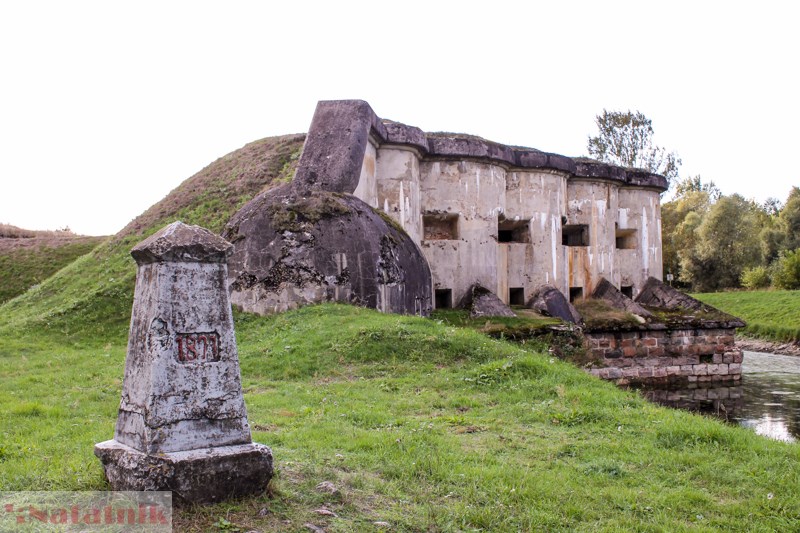
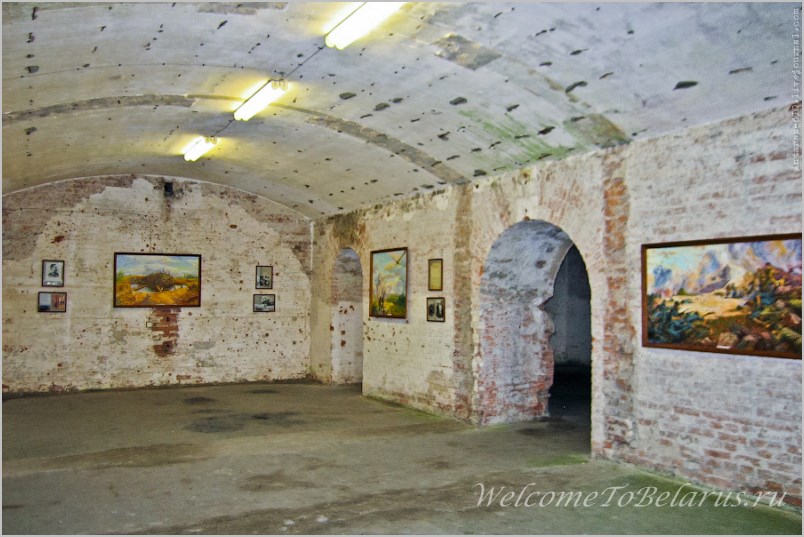


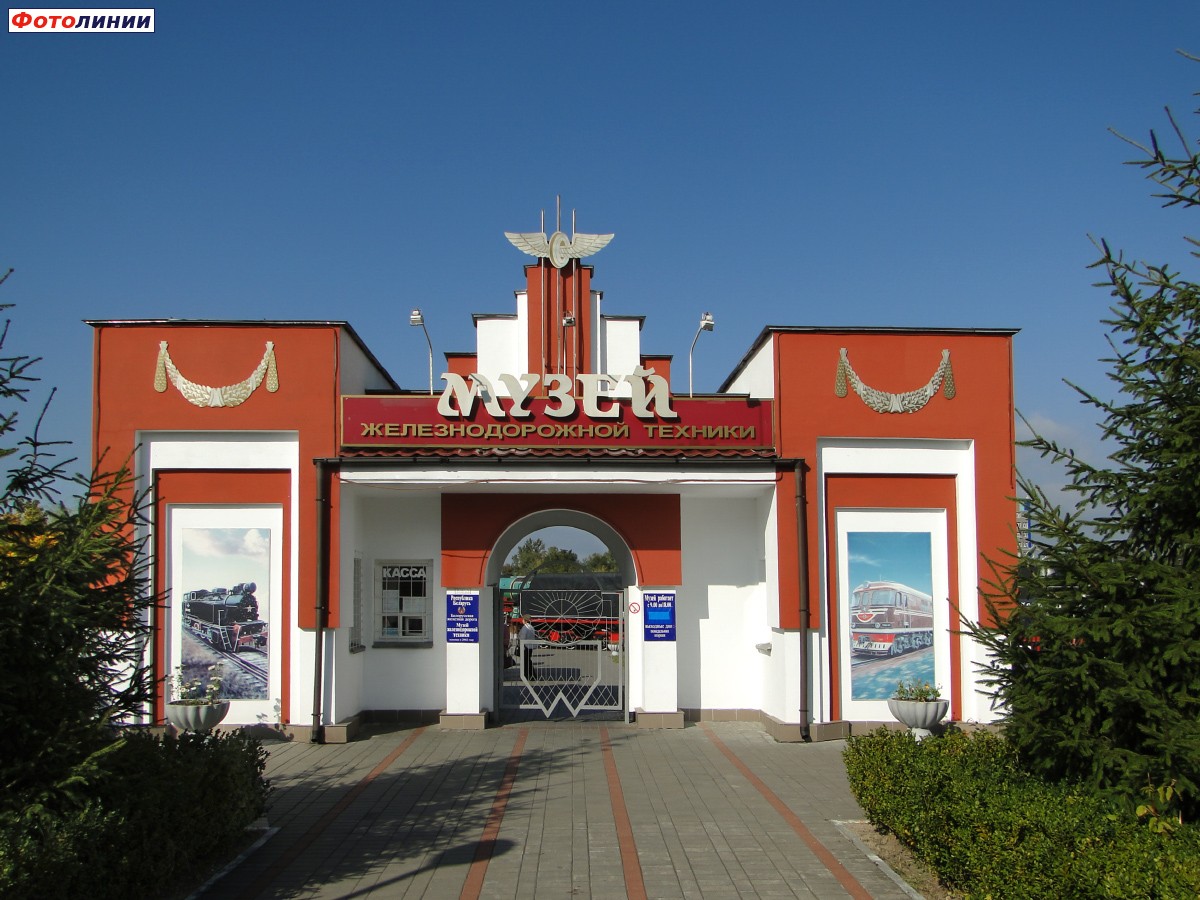

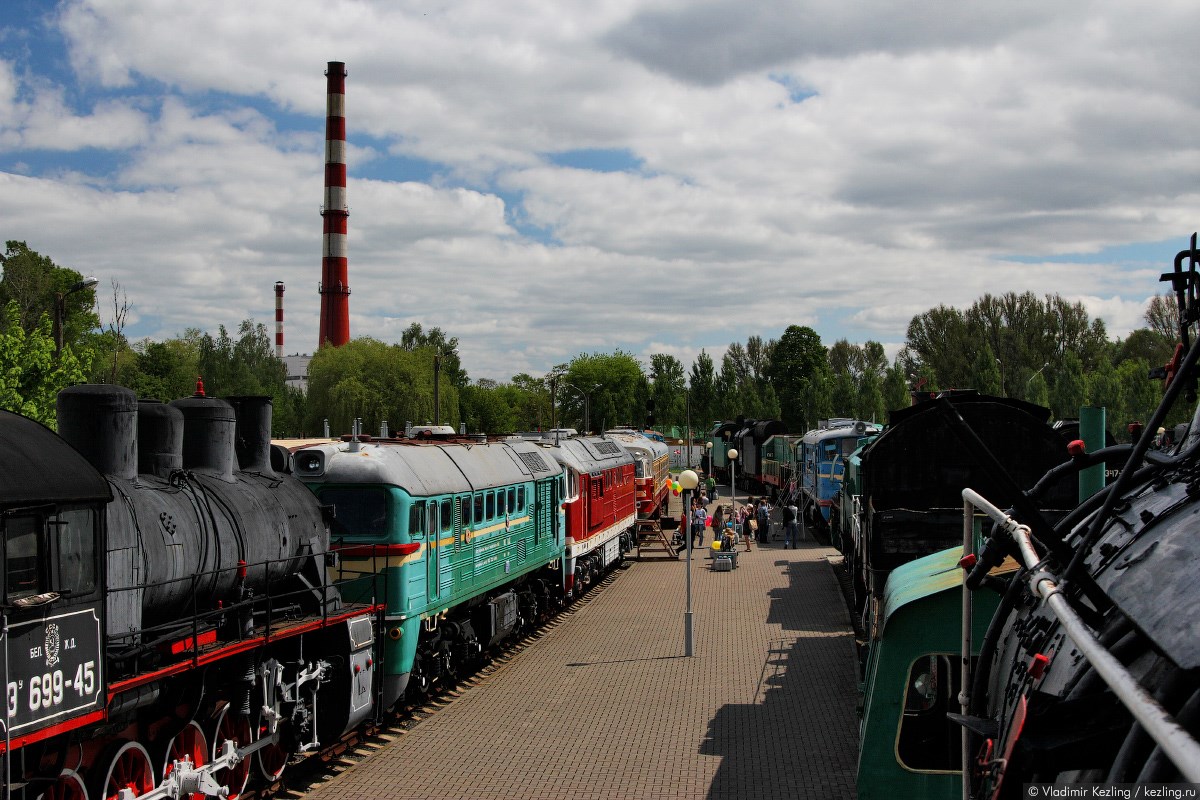
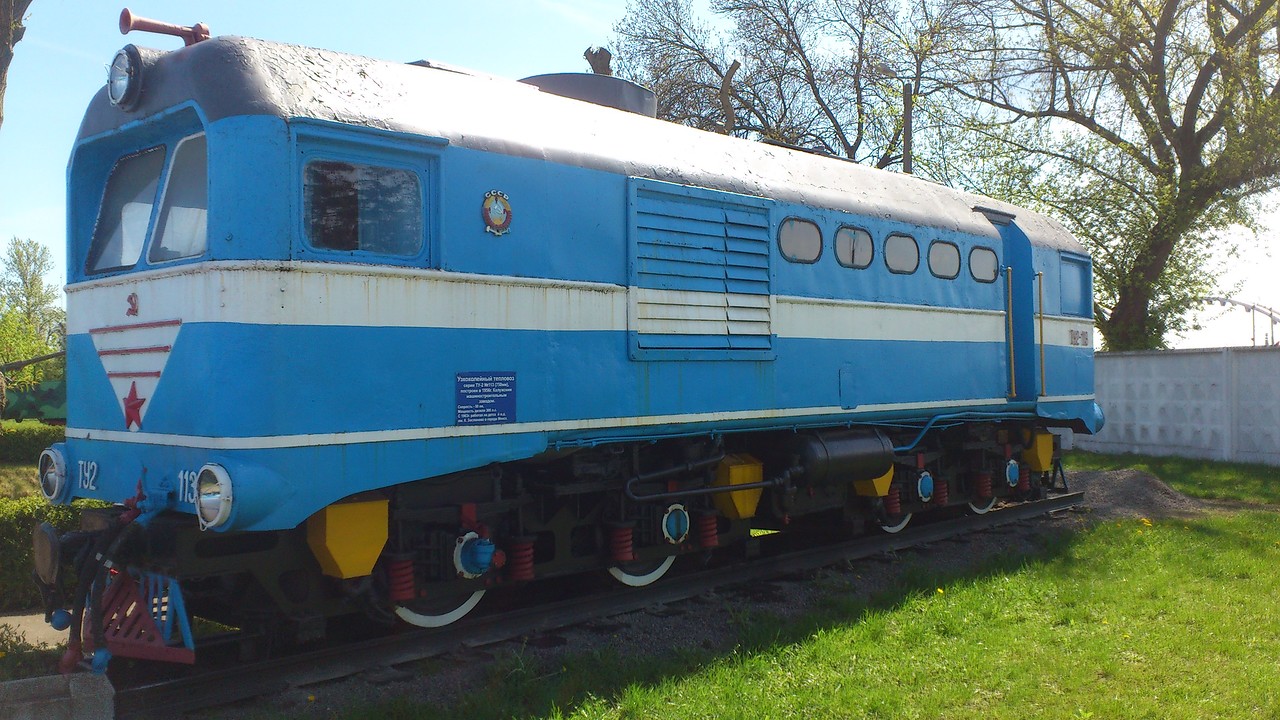
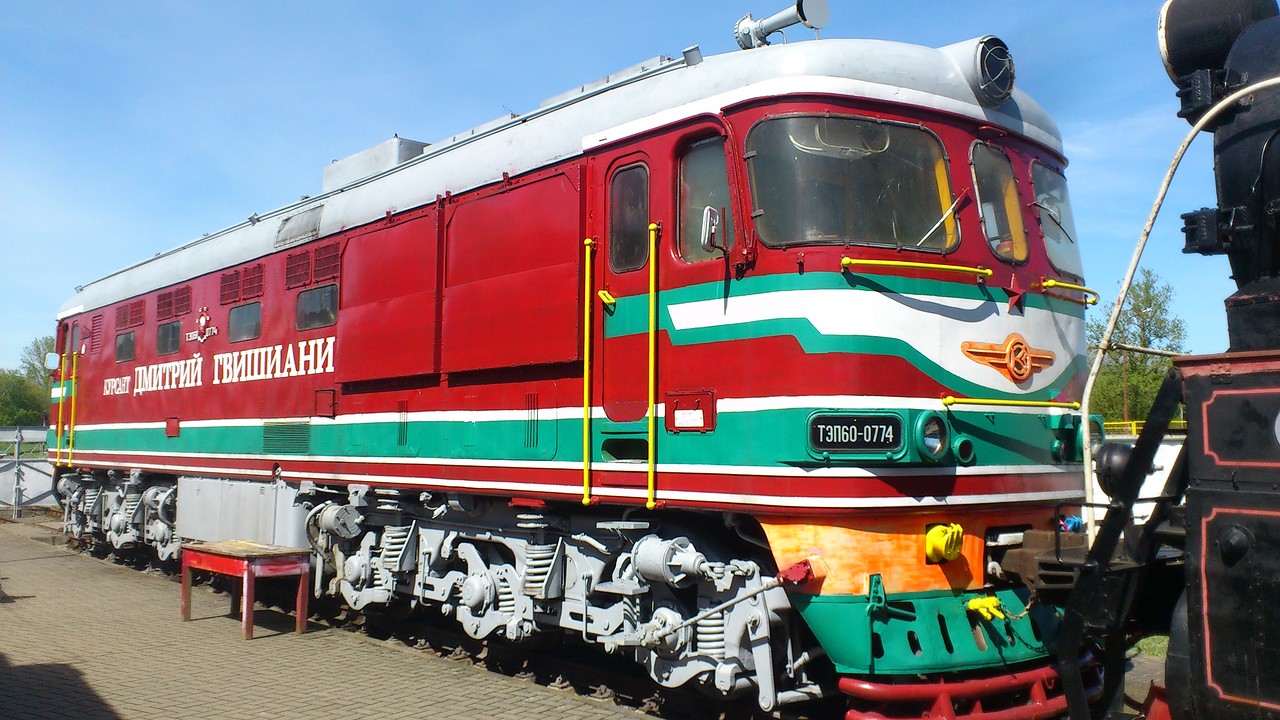
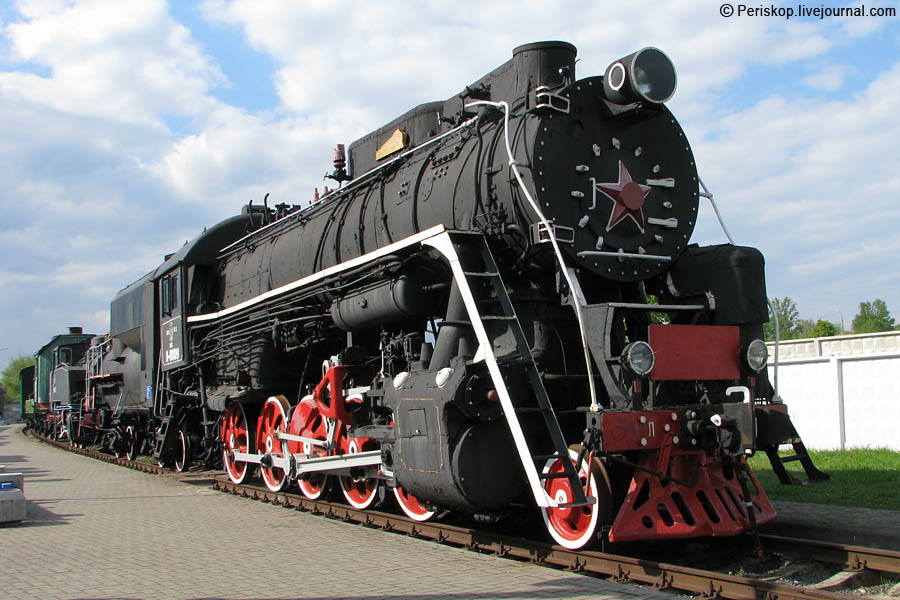
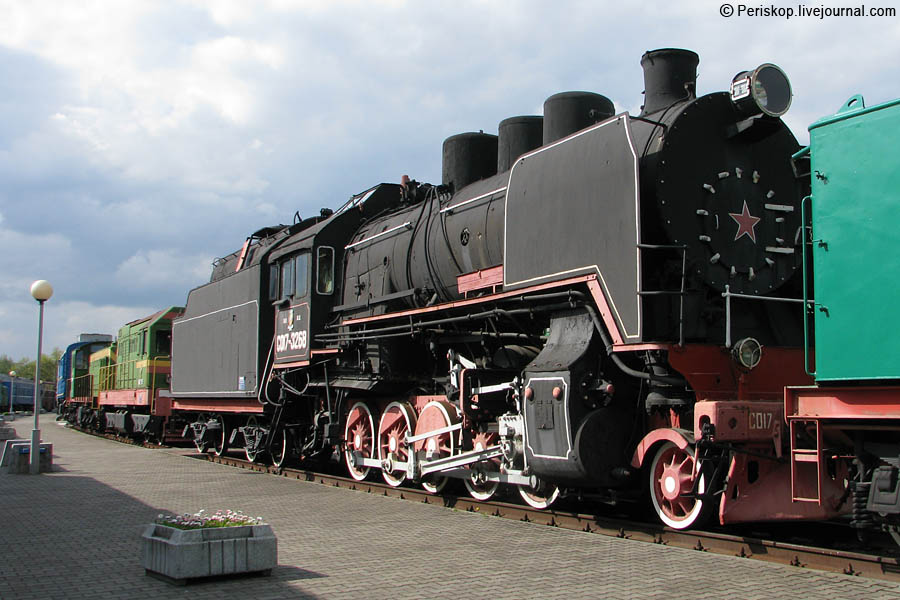
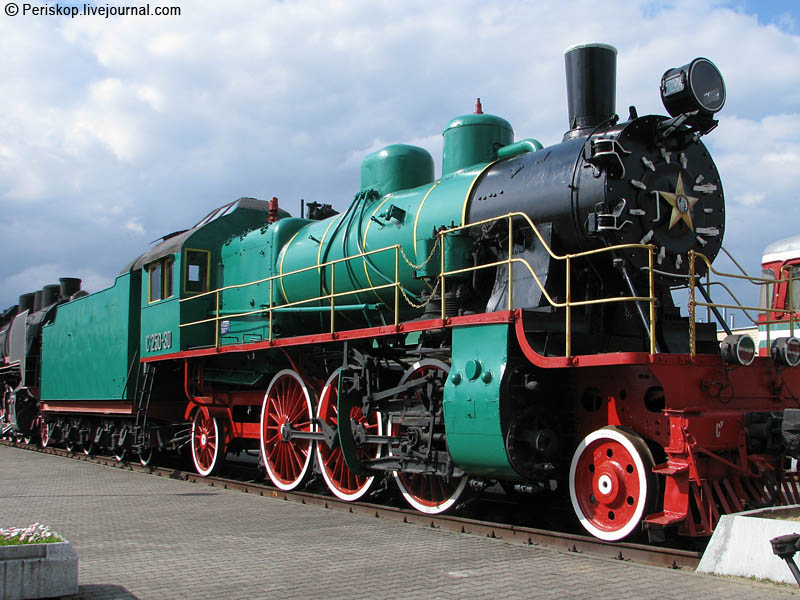
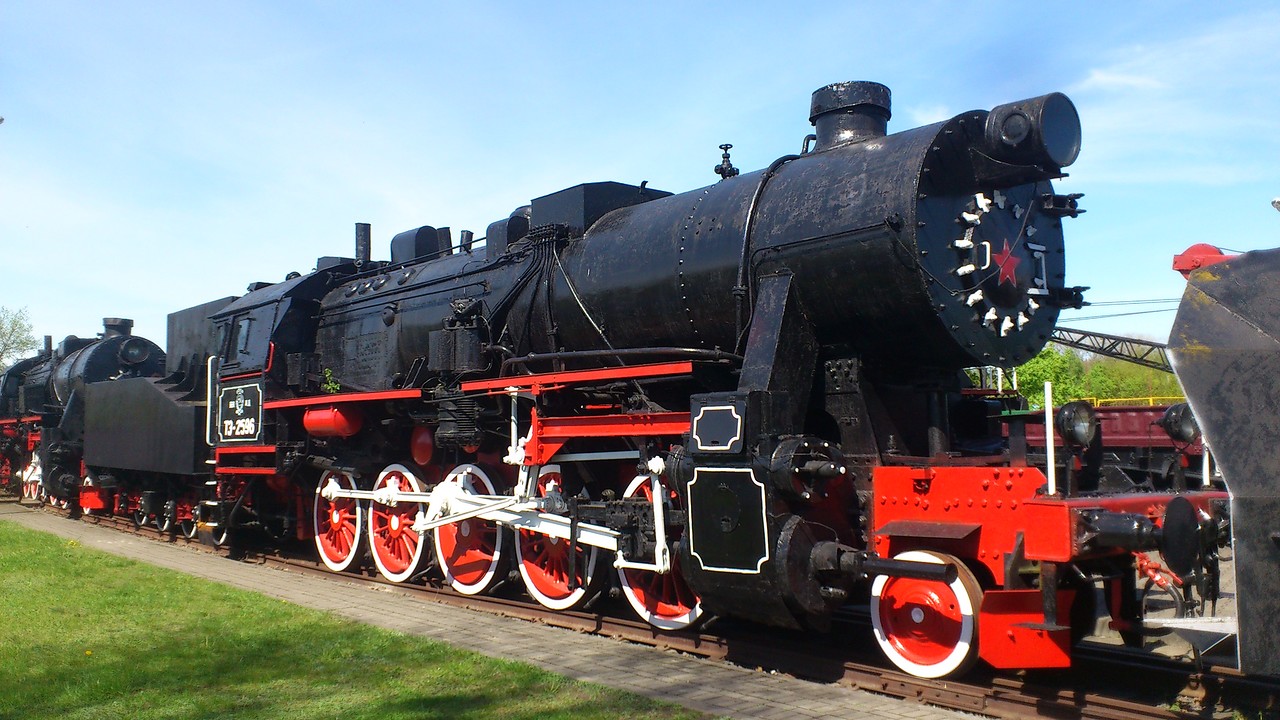
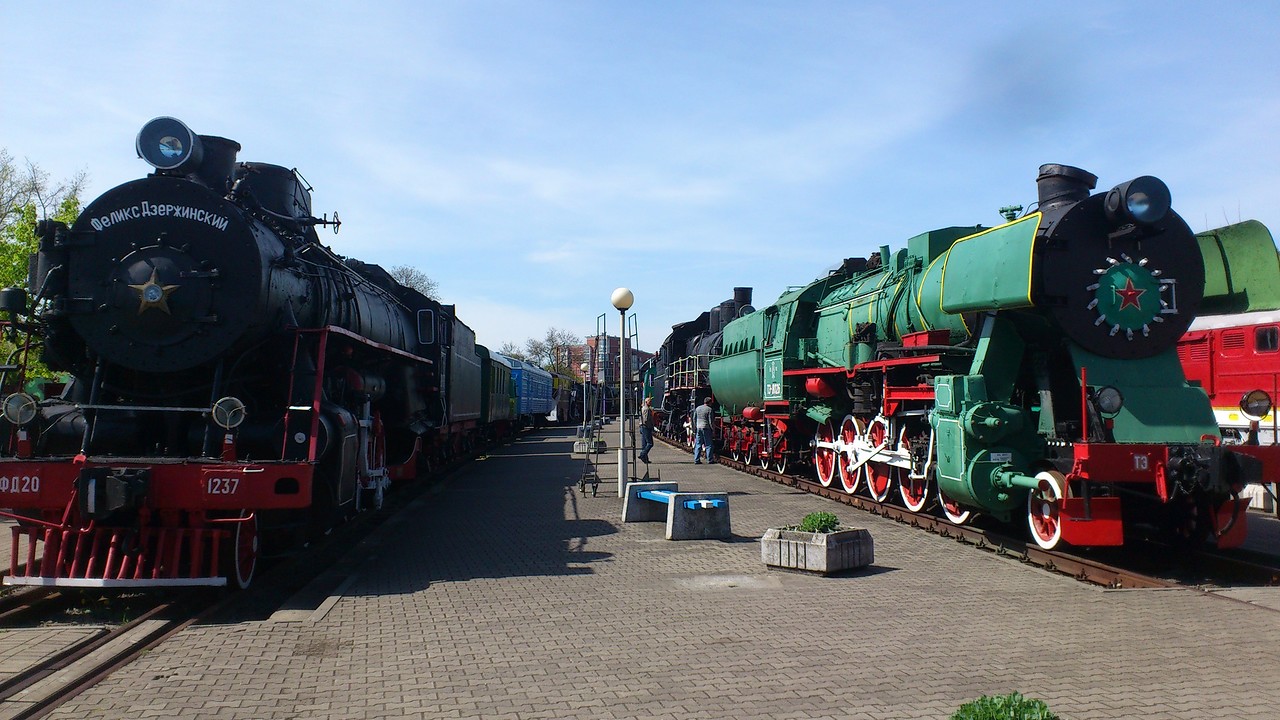
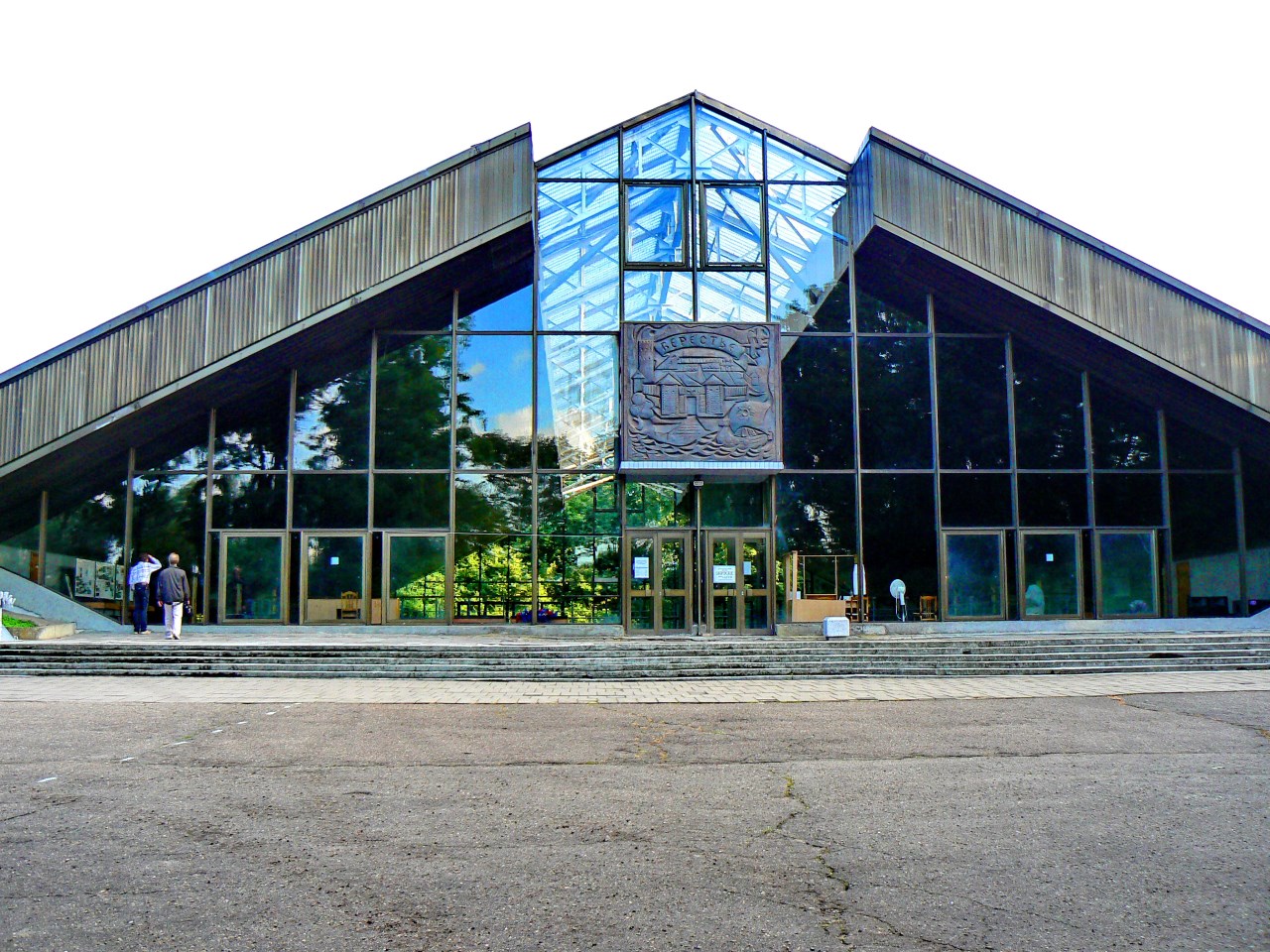
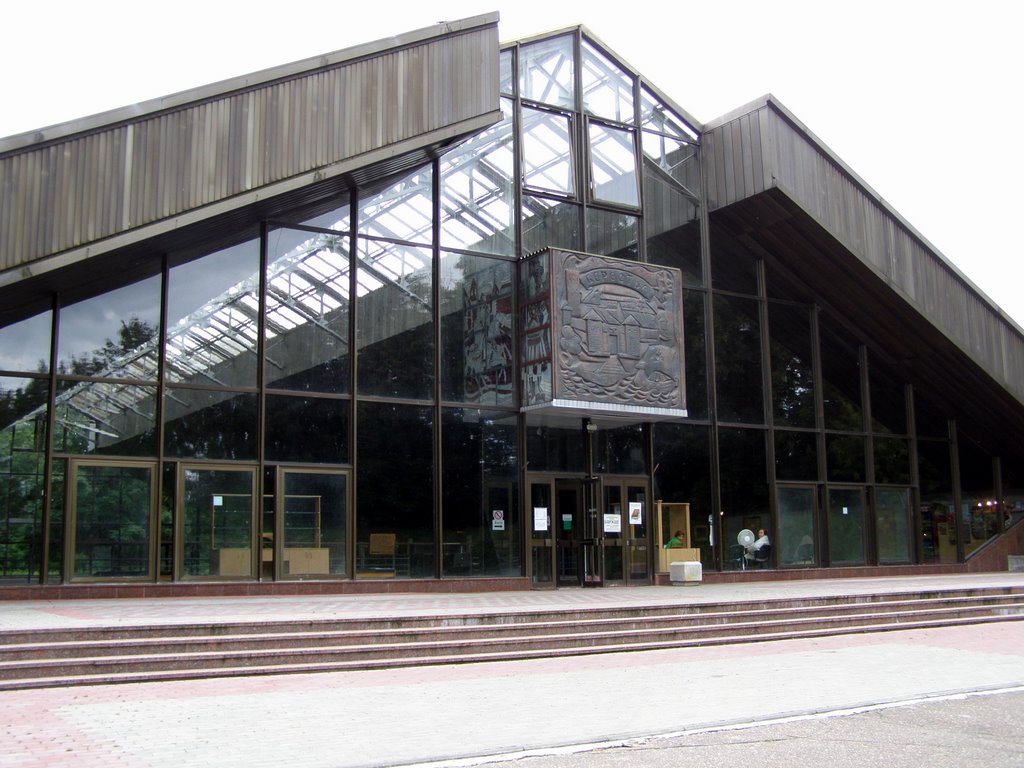
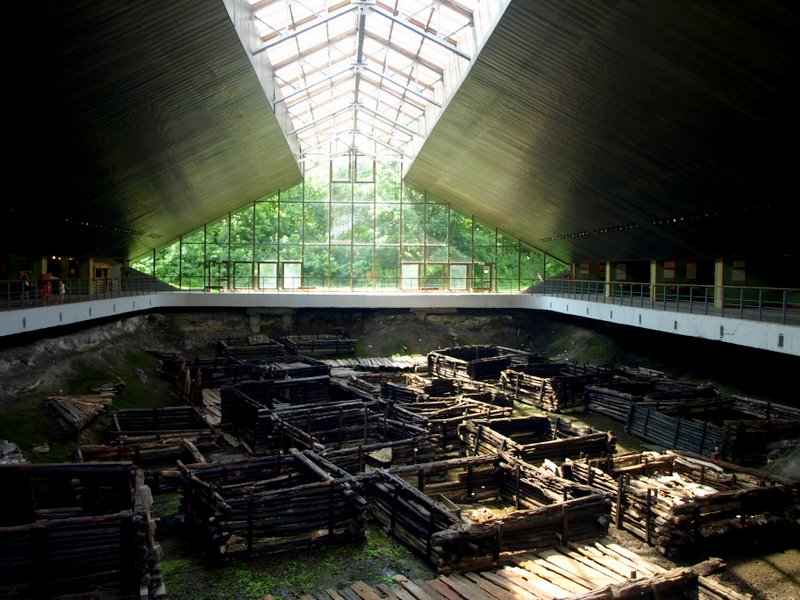
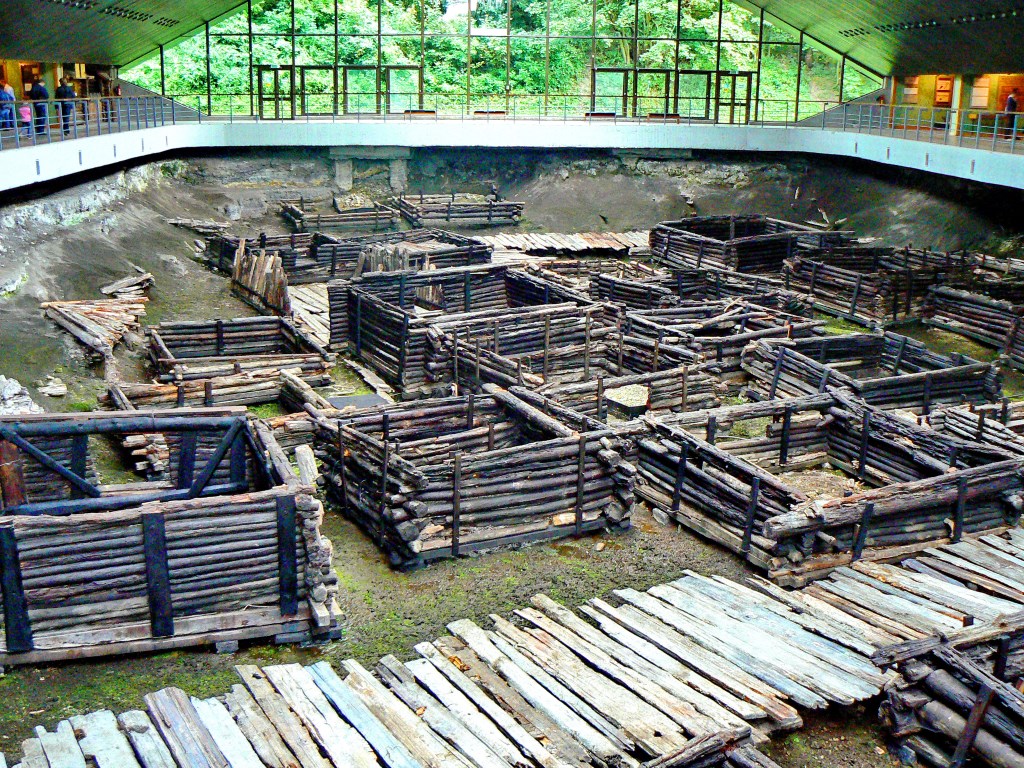
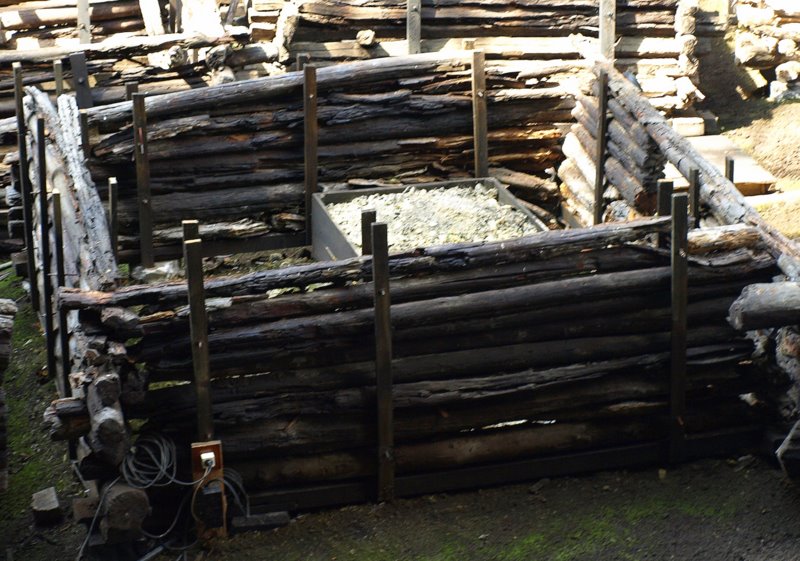
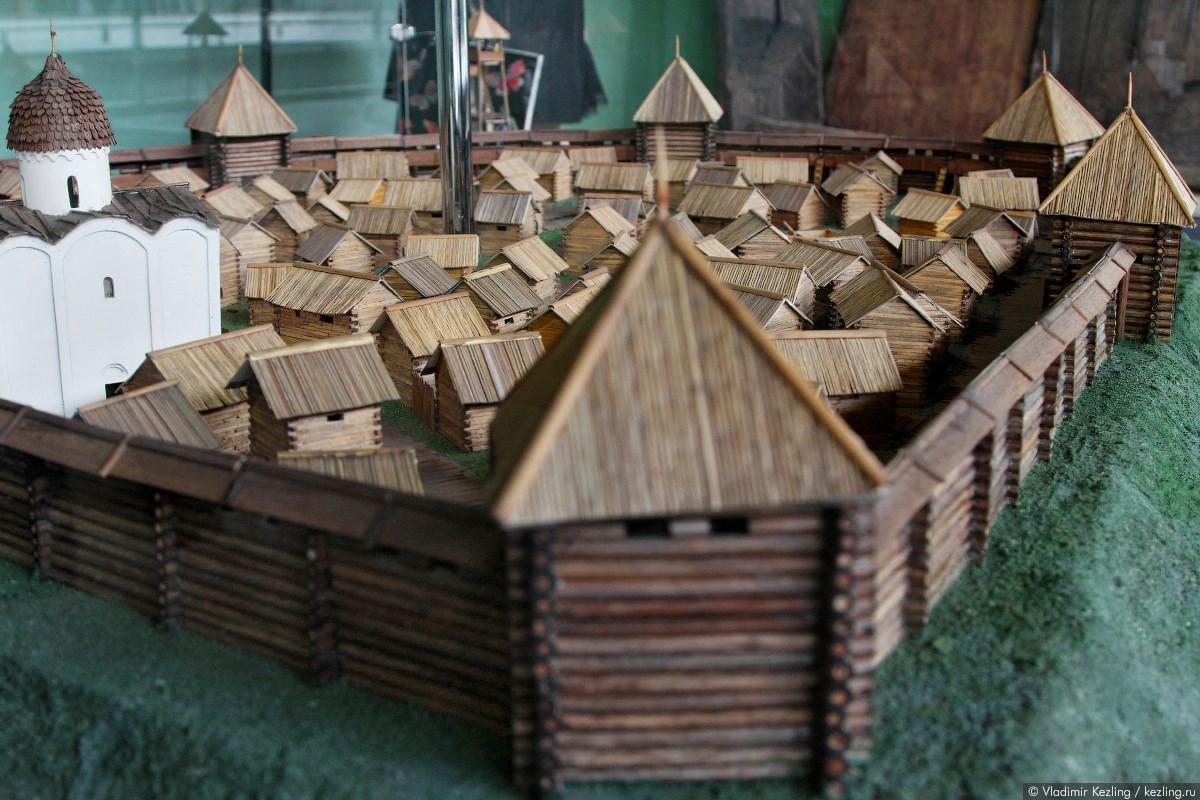
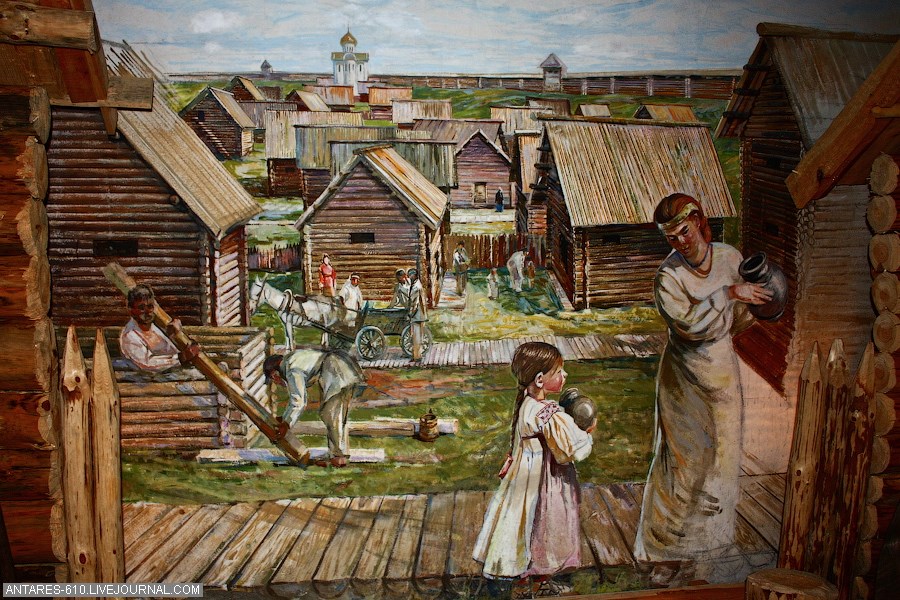
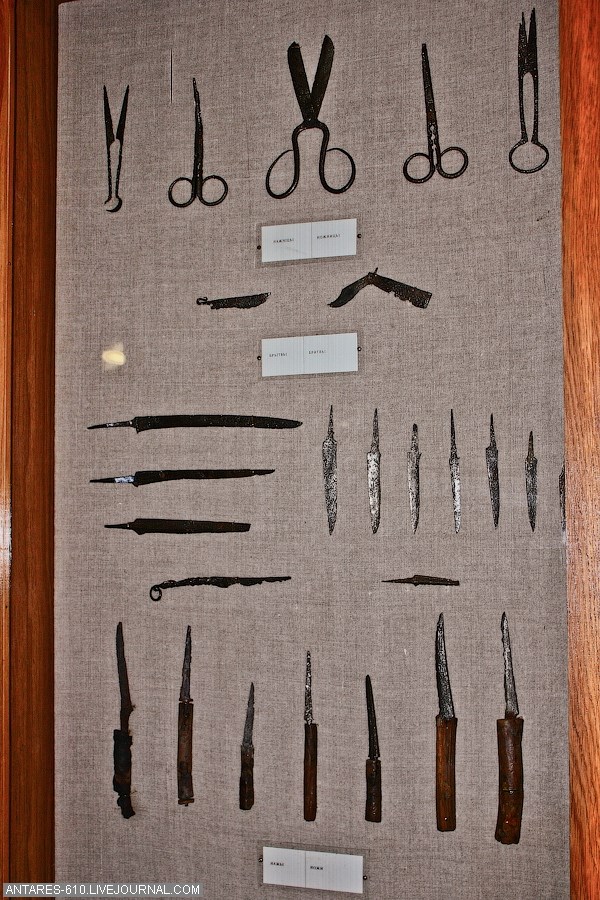
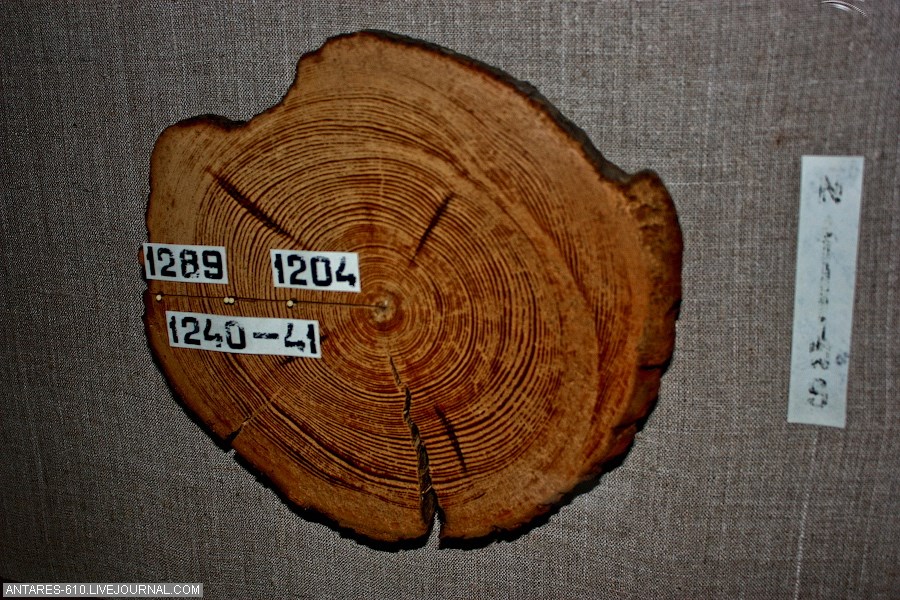
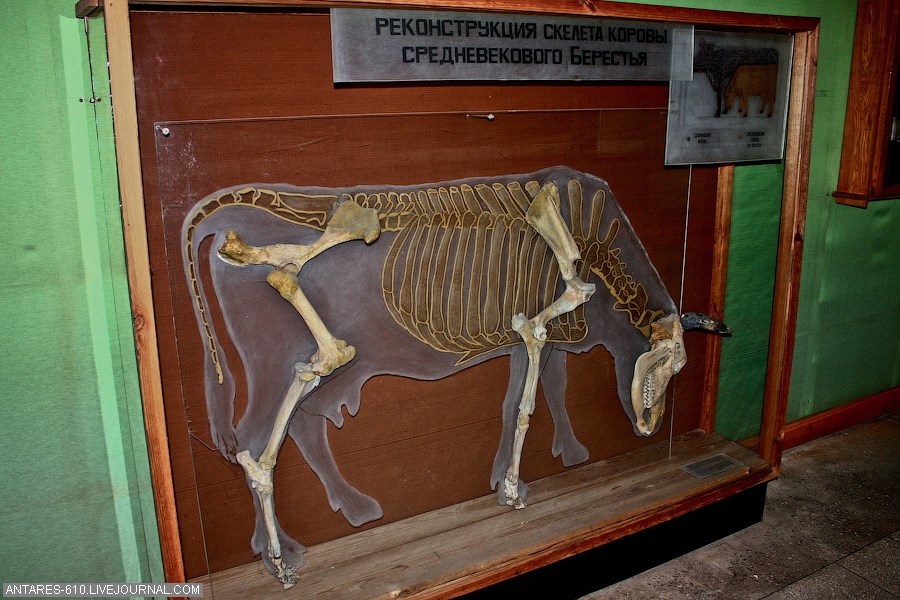
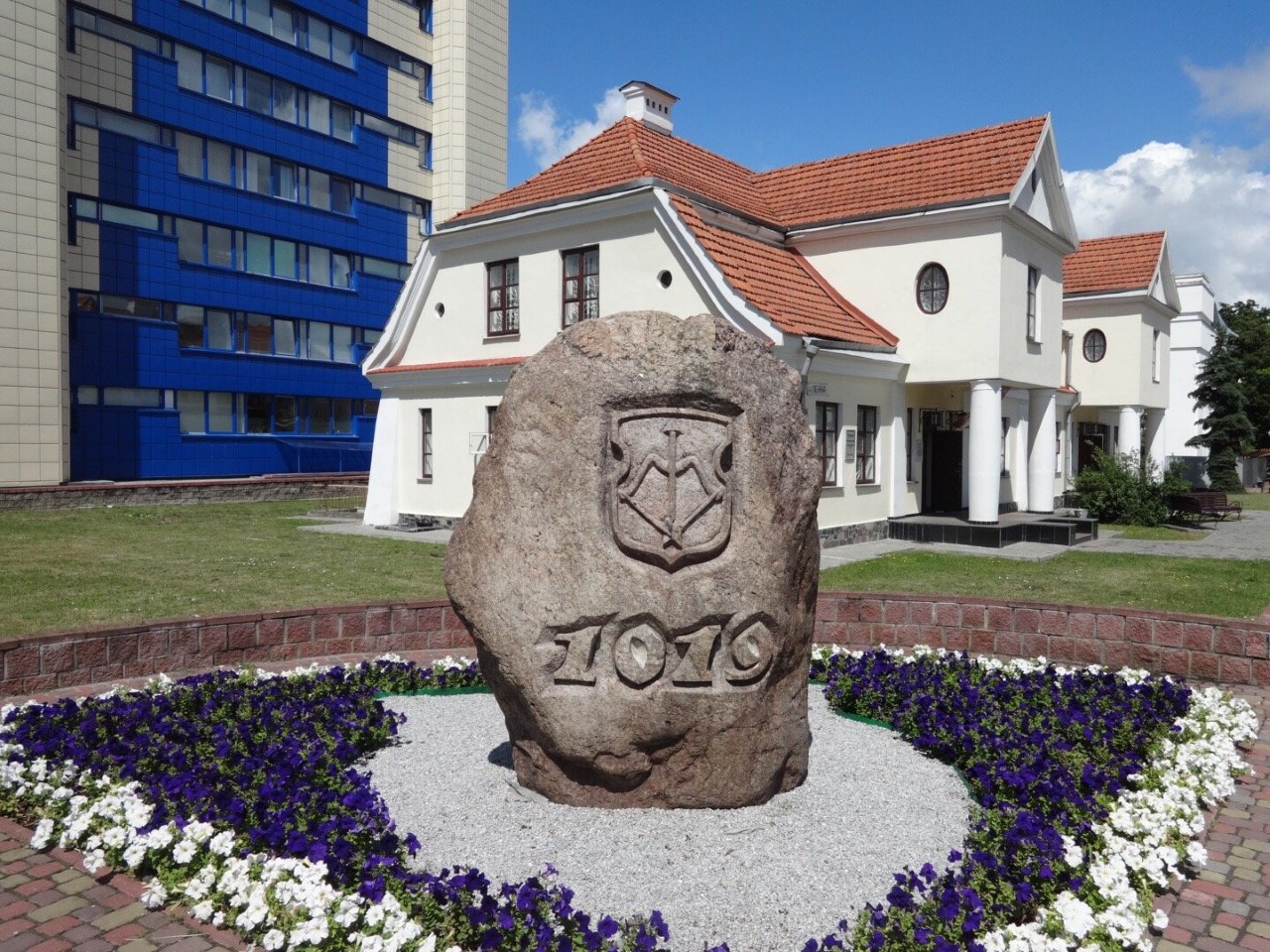
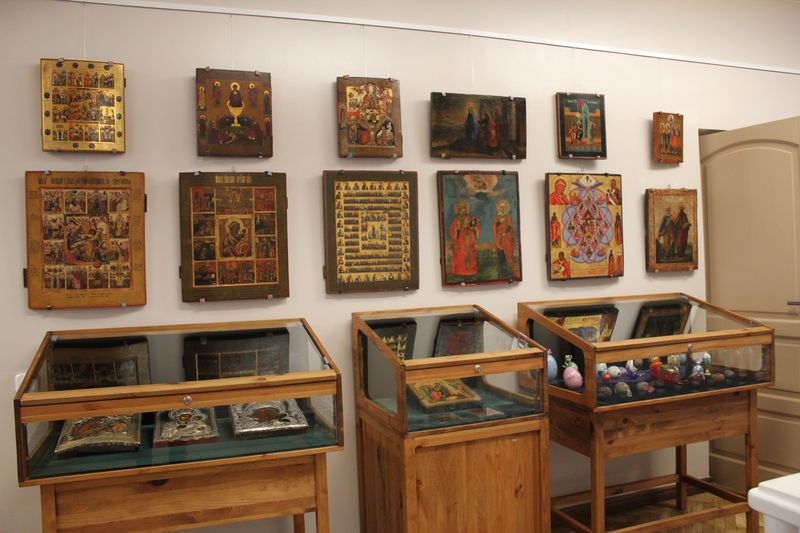
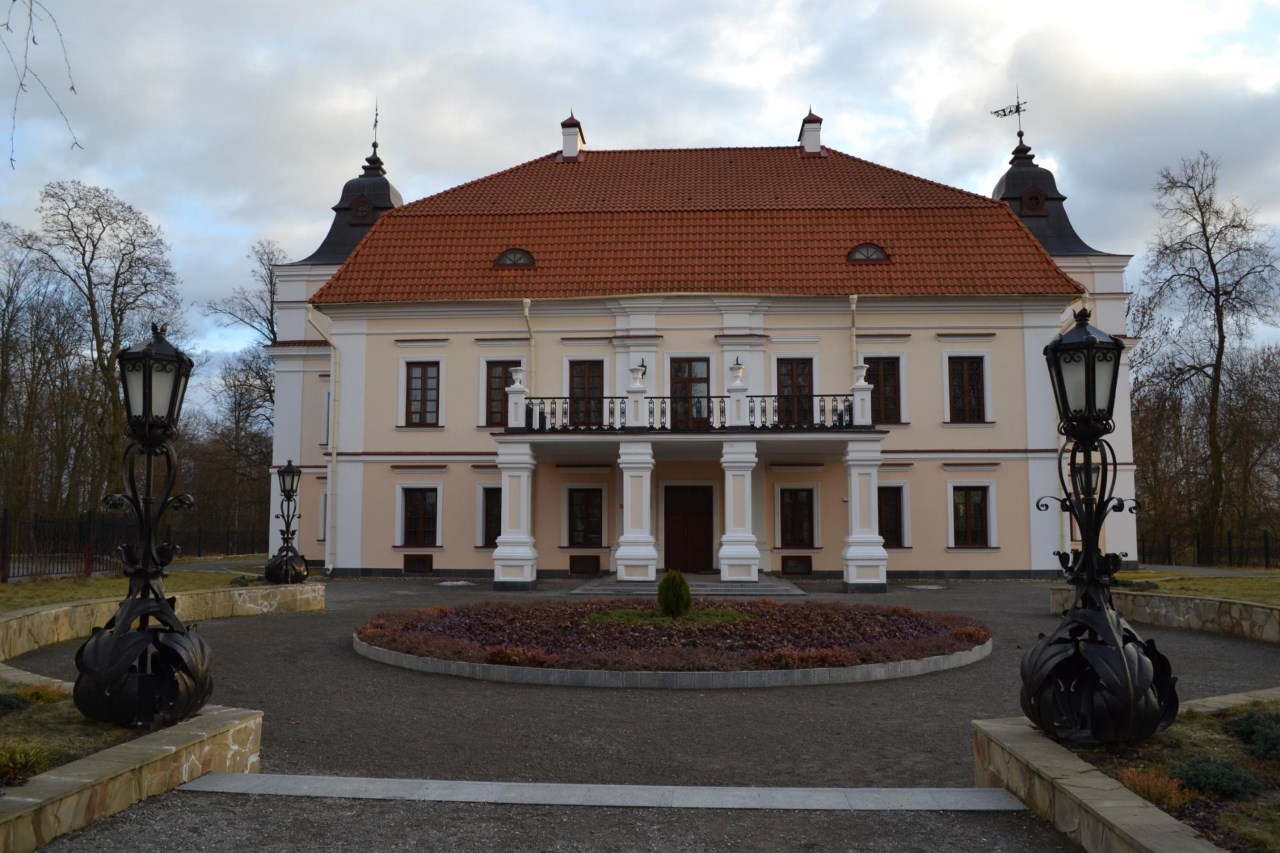
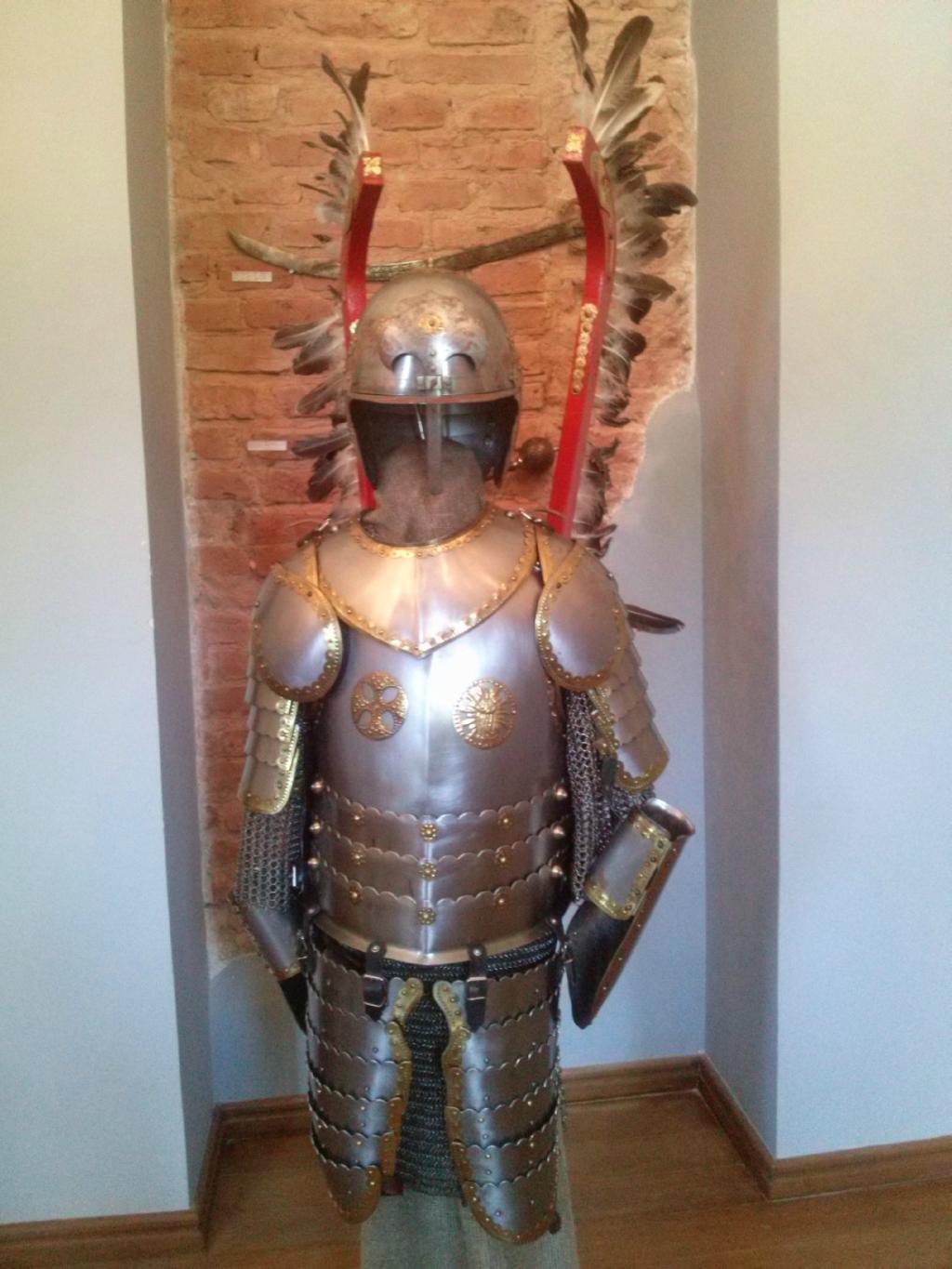
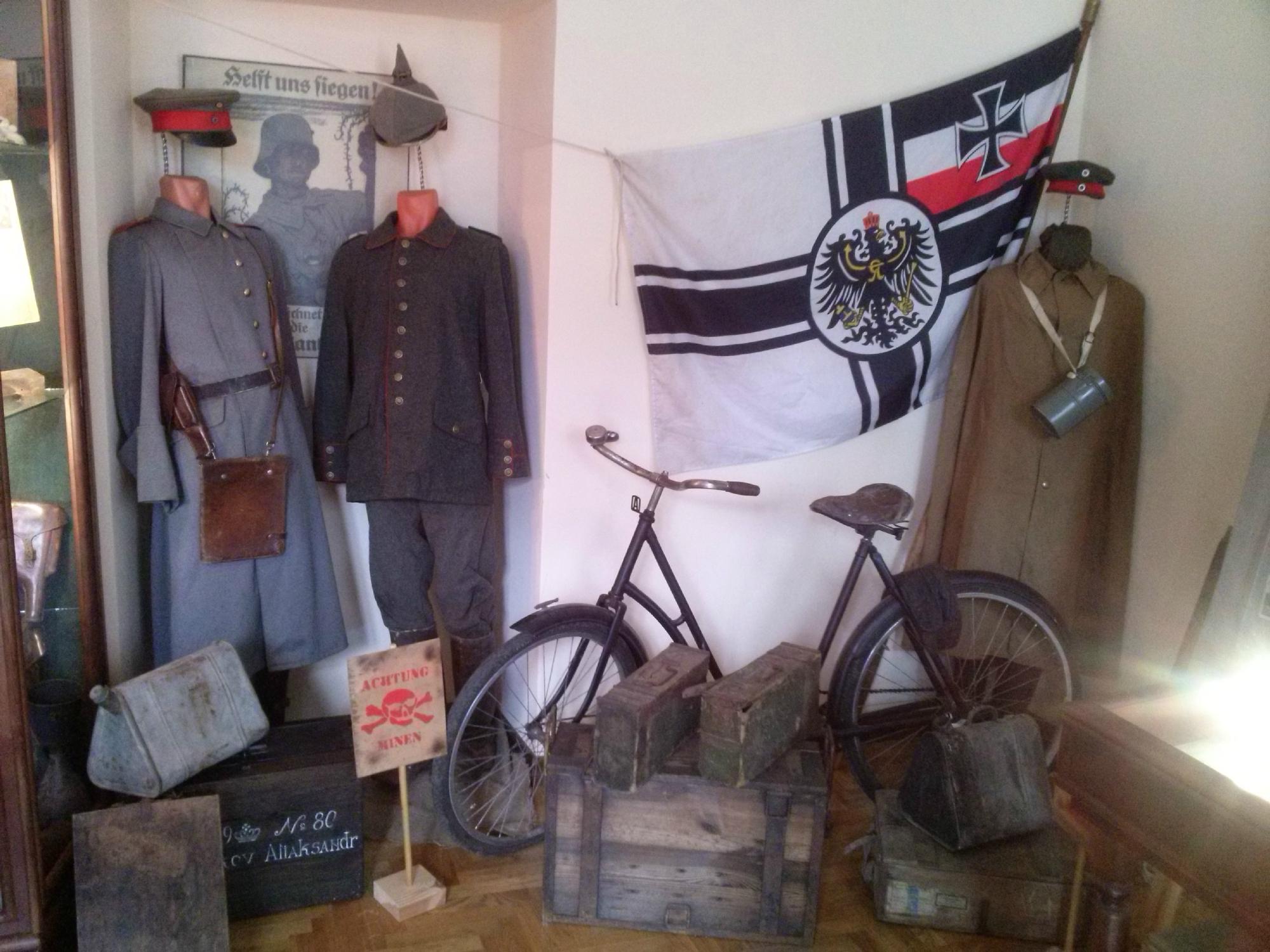

GET IN FROM MINSK
By bus. Buses and minibuses depart about every hour, mainly from Central Bus Station in Minsk, average transit time is 4.5-5 hours.
By train. About 15 daily trains leaving Minsk for Brest from early morning (0022 a.m.) till late at night (2250 p.m.). Check the exact schedule at the official website of the Belarusian Railways (English version) or by phone (English speaking helpline is very unlikely).
By car. The fastest way is by toll road E30/M1. Enter Minsk Ring Road M9 via Kazintsa Street, pick Brest (Брест) direction and proceed for about 355 kilometers.
GET AROUND AND SEE
Since Brest was moved from its original location on the central island in the 1830s the present-day city offers historic sights that are 100-150 years old. These include the Russian Orthodox and Catholic churches, several buildings dating back to the tsar years, a number of museums and Polish streets of the 1920s.
The Old Town of Brest is pretty small and is within a walking distance away from the railway and bus stations. So after checking into one of the central hotels – Pyat Kolets, Westa or any other you have every chance to reach the Brest Fortress memorial, Train Museum and the Museum of the Recovered Values on foot.
Sovetskaya Street, a short walk away from Gogolya or Lenina Street, is closed for the traffic and is a nice place to walk around at night with a good choice of cafes and restaurants.
Other sights worth a visit in Brest include the Orthodox Church of St. Simeon in Masherova Avenue, next door to Brest-Intourist Hotel, the Cathedral of the Exaltation of the Holy Cross in Lenina Street, the Brest Holy Resurrection Church in Moskovskaya Street and St. Nicholas Brethren Church in Mitskevicha Street not far from the Brest Bus Station.
Weather permitting you can pop into the Park of the 1st of May (laid out in 1906) and have a nice walk along the alleys. One of the Brest's good restaurants U Ozera is located deep in the park in the building that dates back to the early 20th century.
STAY AND EAT
The number of accommodation options in Brest is constantly growing. There are several budget hotels – Bug (2 Lenina Street), Molodezhnaya (6 Komsomolskaya Street), Start (5 Vtoraya Zavodskaya Street), Stroitel and Pyat Kolets, mid-range – Westa and Brest-Intourist and even a top-end four-star hotel – Hermitage.
There is a nice cheap café on the first floor of Brestsky Sports Complex, 9 Gogolya Street. In the Brest Fortress Memorial, to the left from the star entrance there is Citadel Café, but the price-tag down there is slightly higher. In Sovetskaya Street there are Pizza al Taglio and several other places (might be fully occupied in the evening) and in 29 Gogolya Street there is a top-end restaurant called Jules Verne – the right place for some celebration or a goodbye dinner.
http://www.minskguide.travel/about_belarus/brest_the_third_oldest_city_of_belarus.html
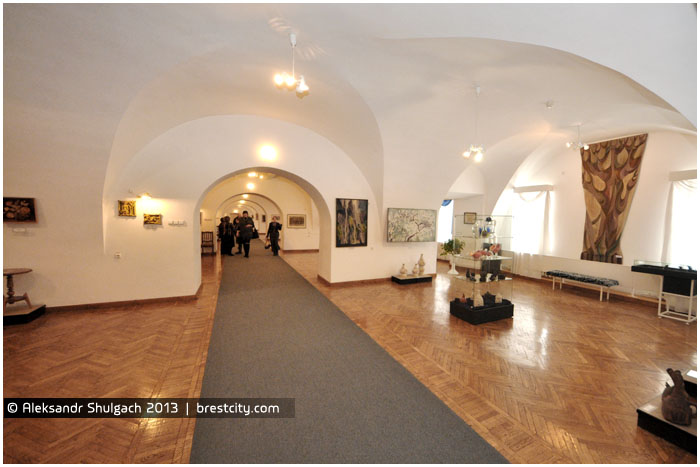
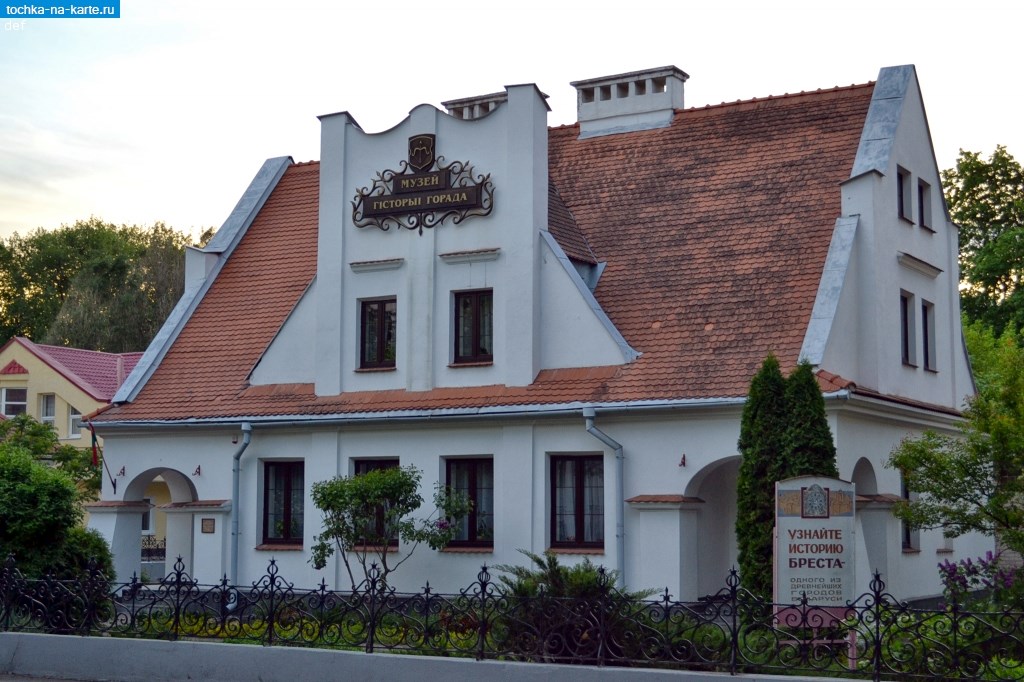
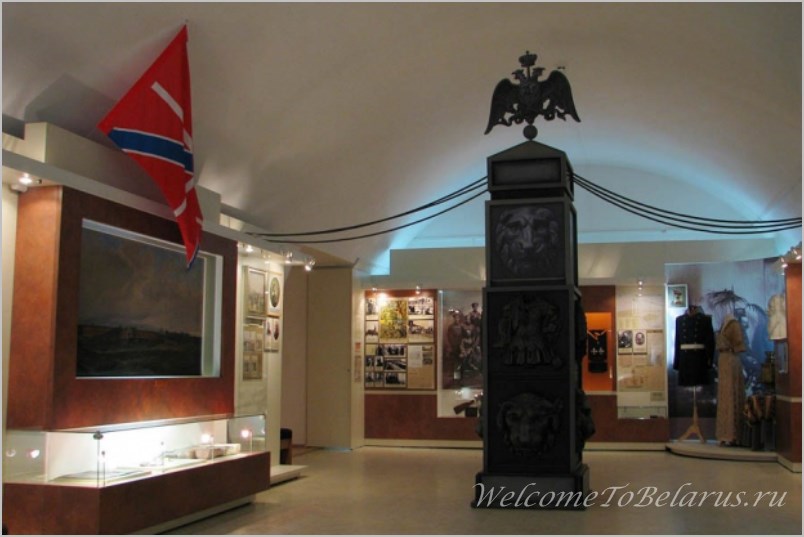
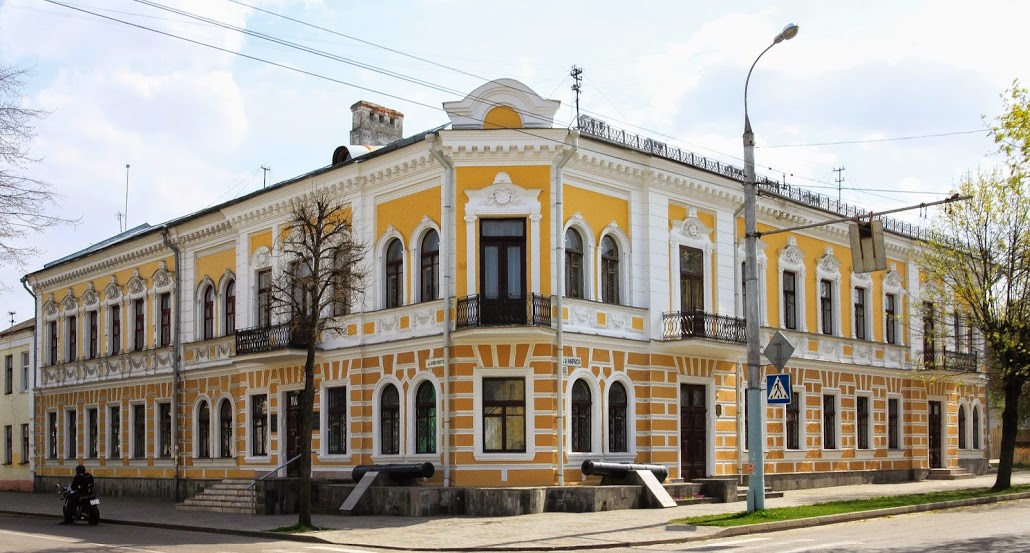
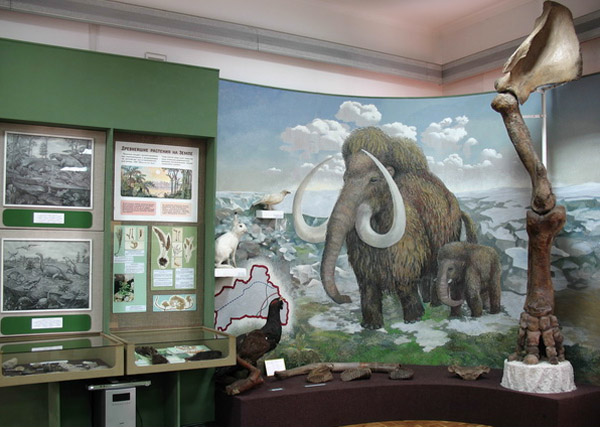
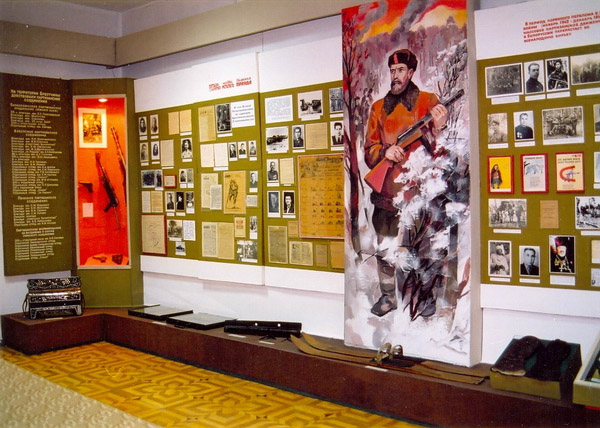
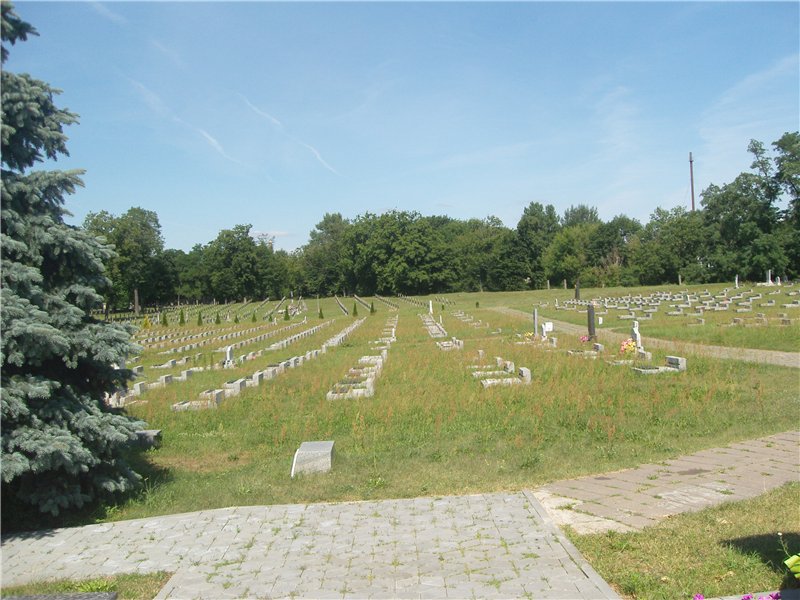
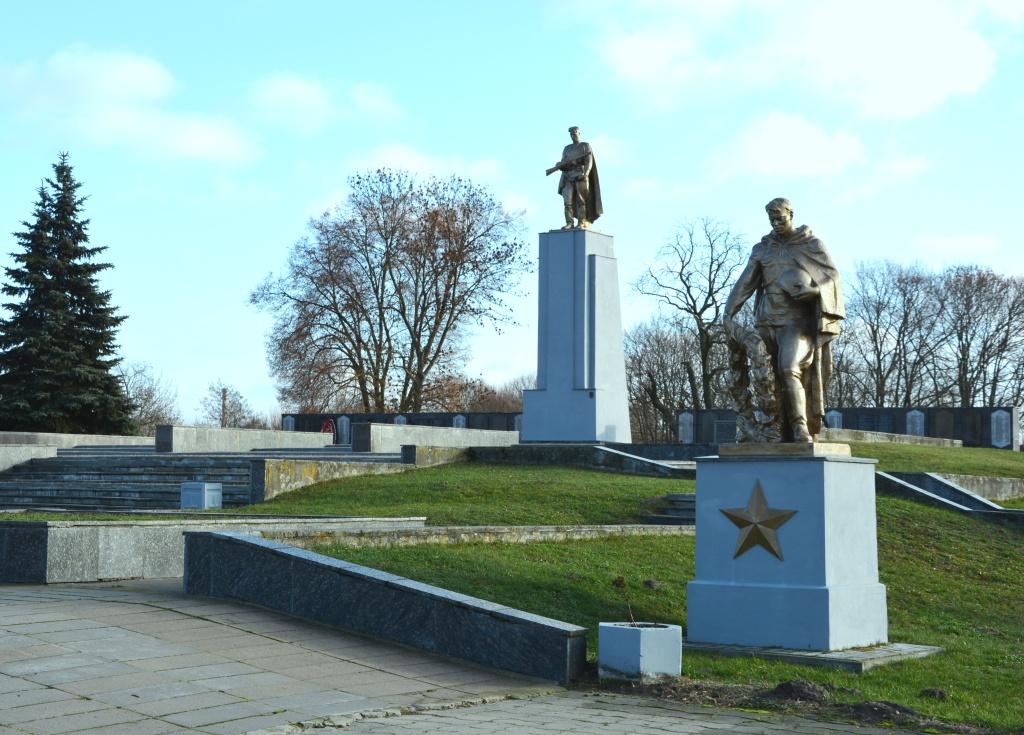
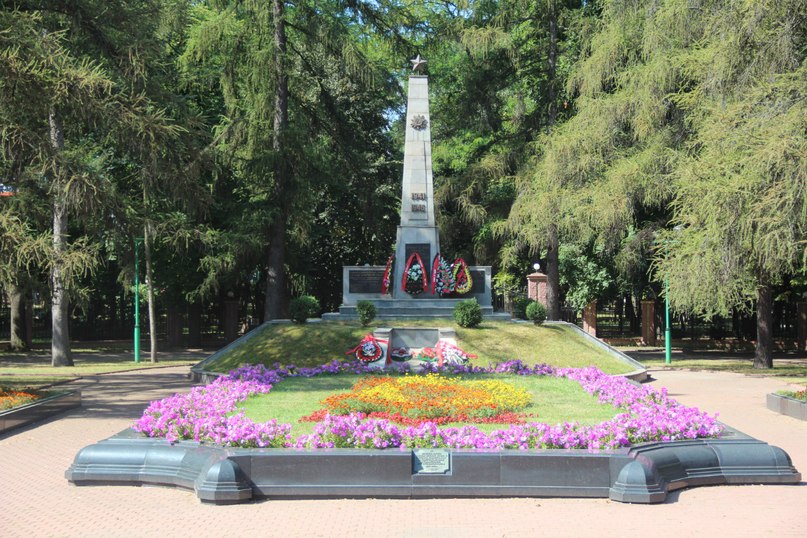
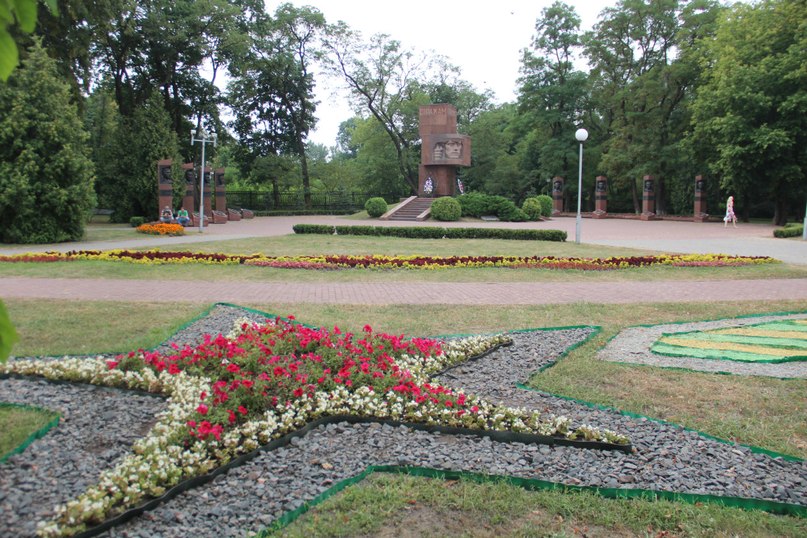
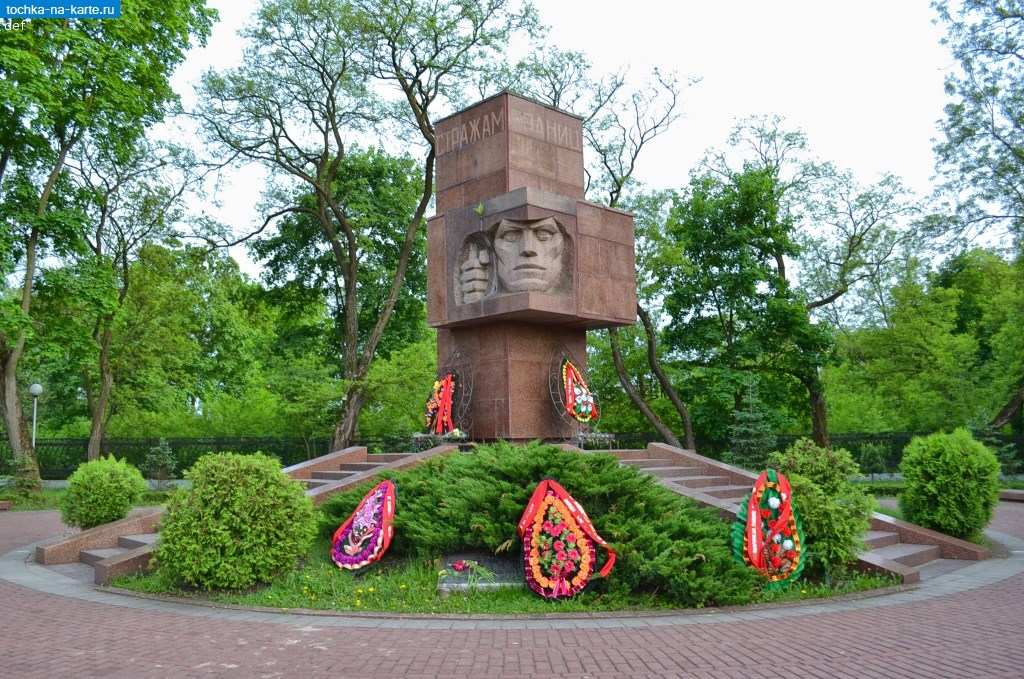
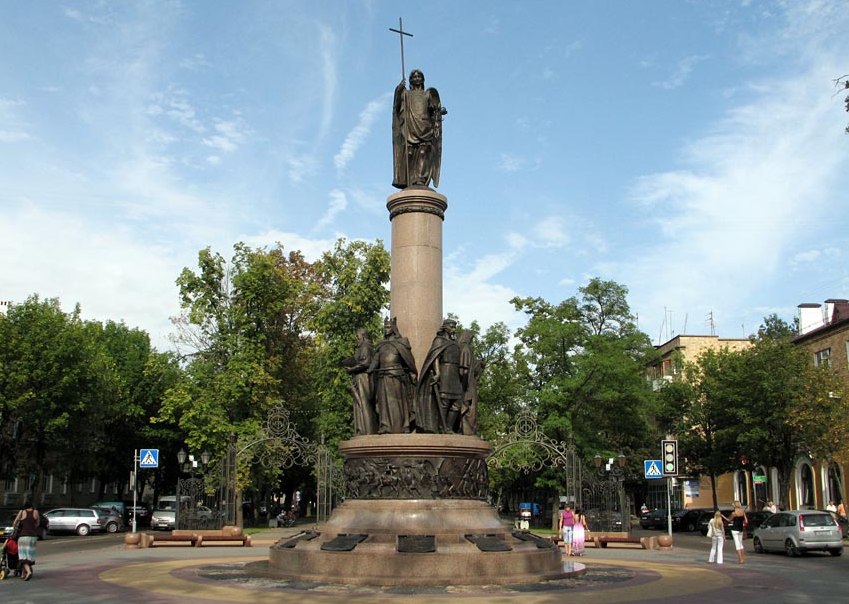
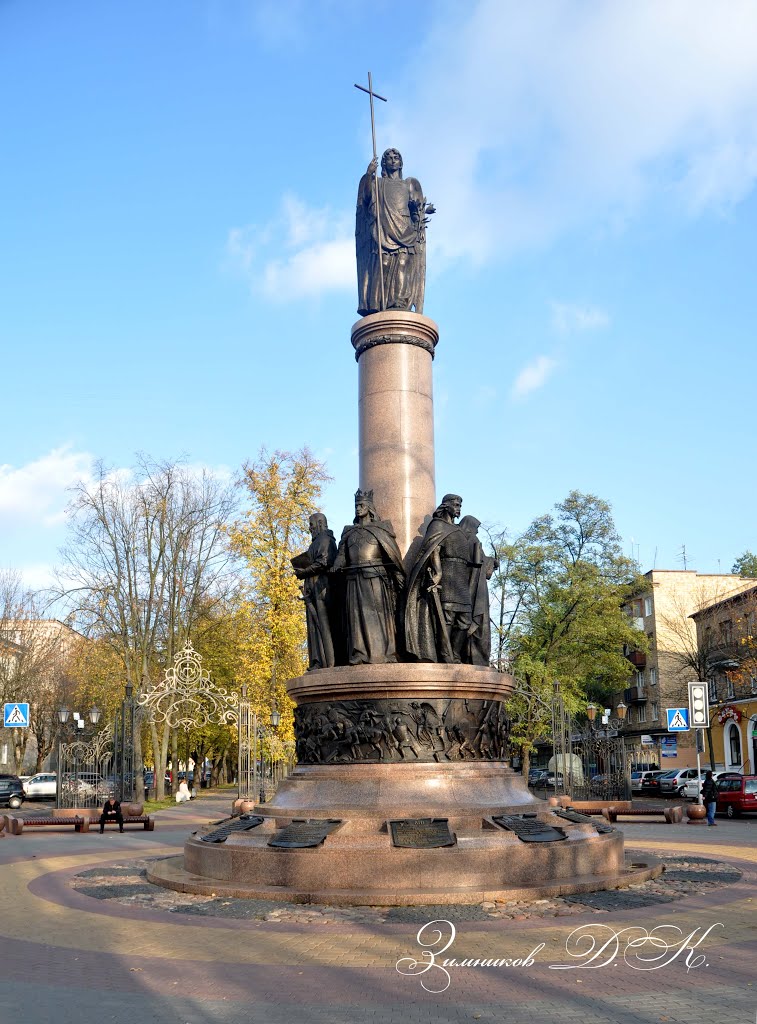
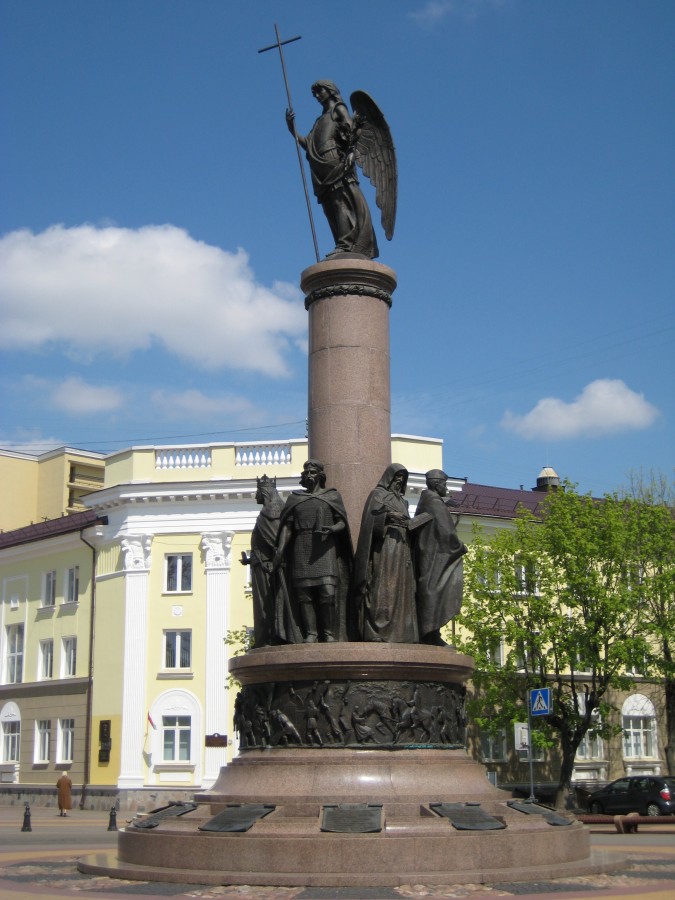
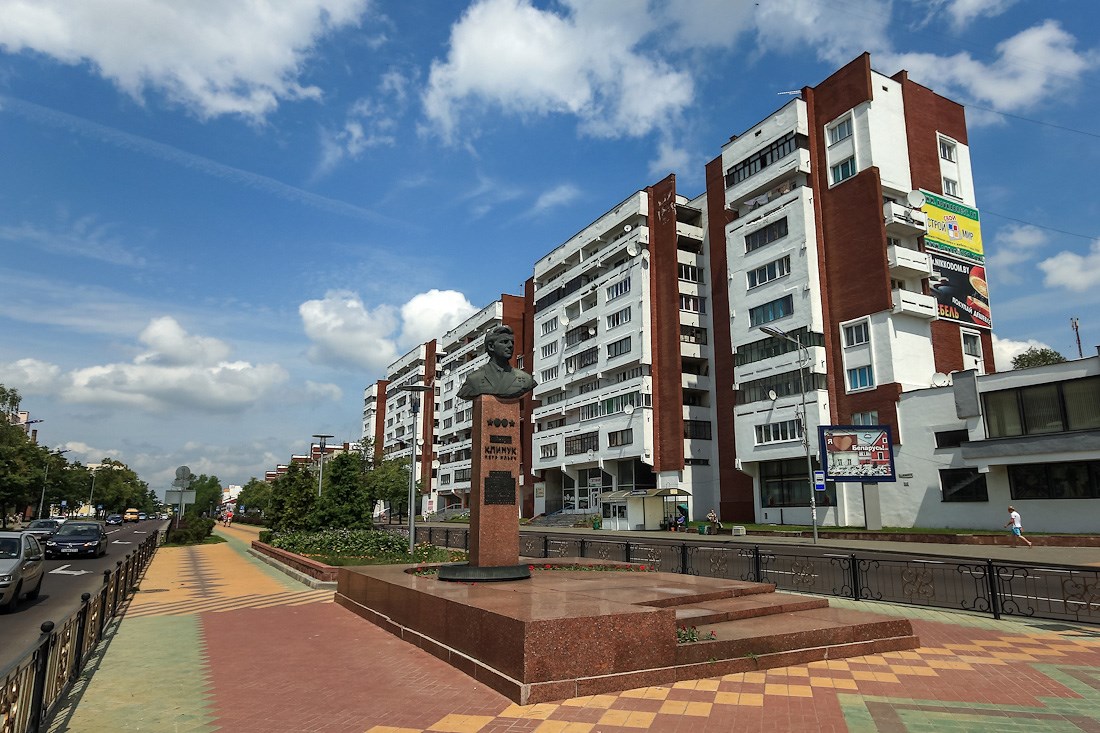


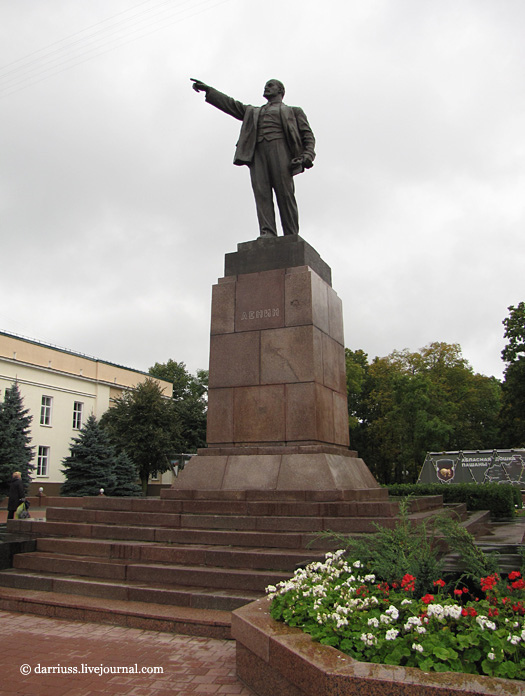
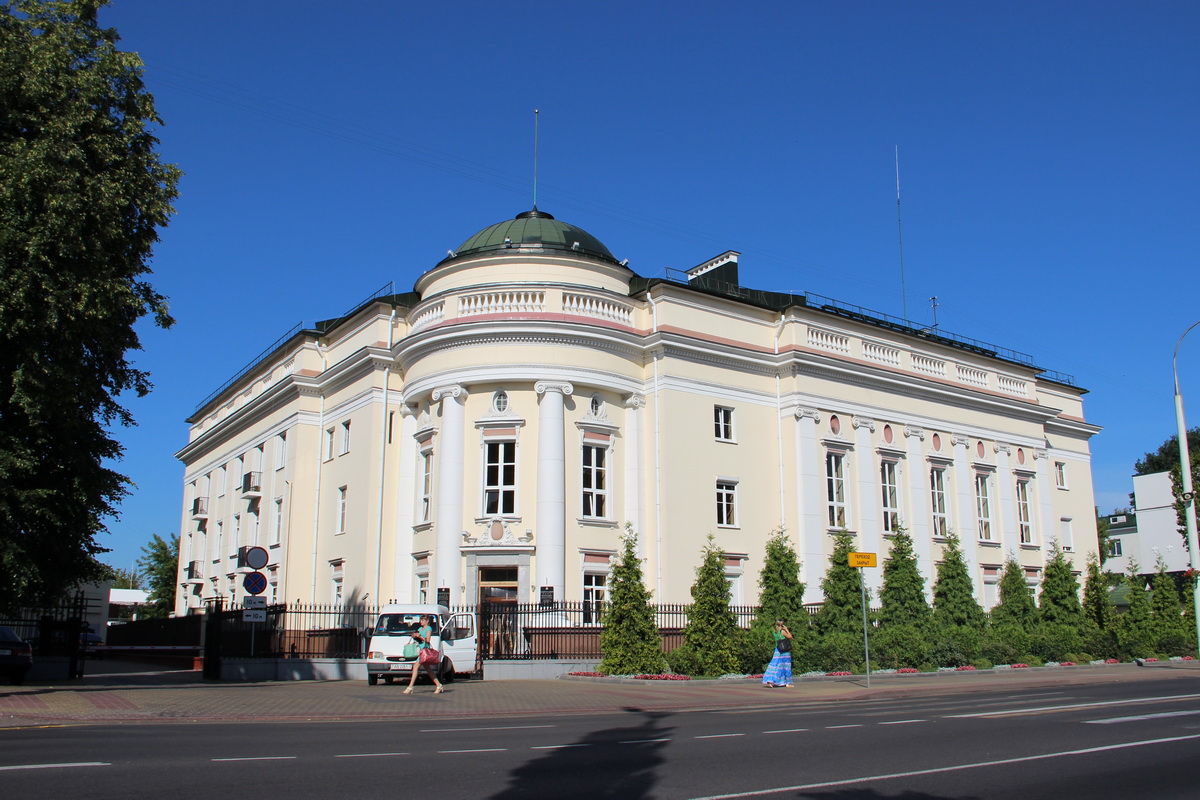
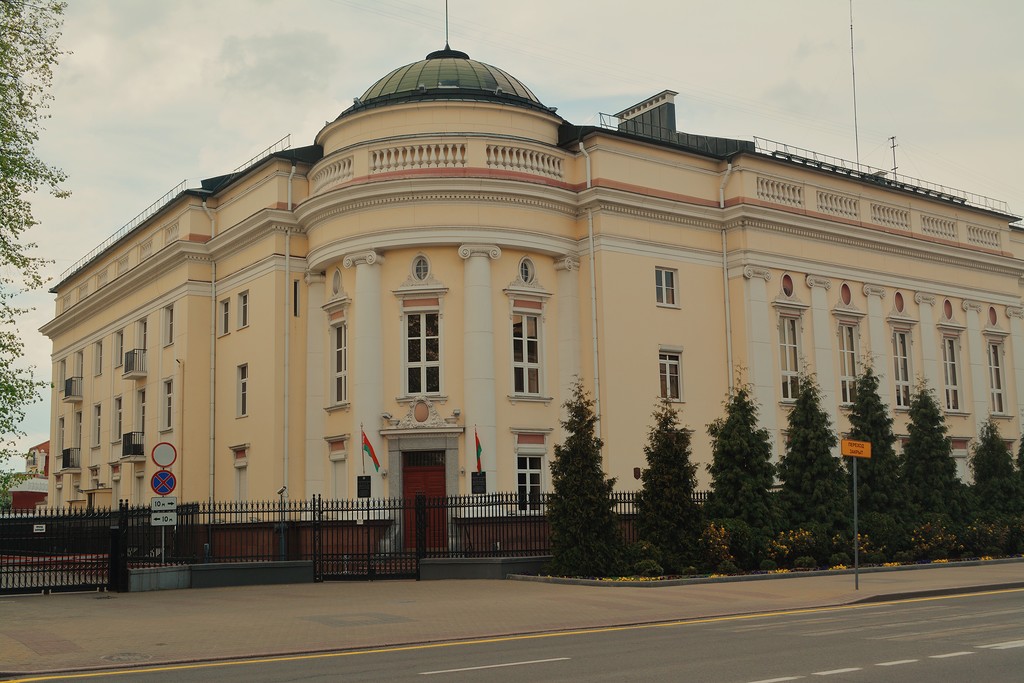
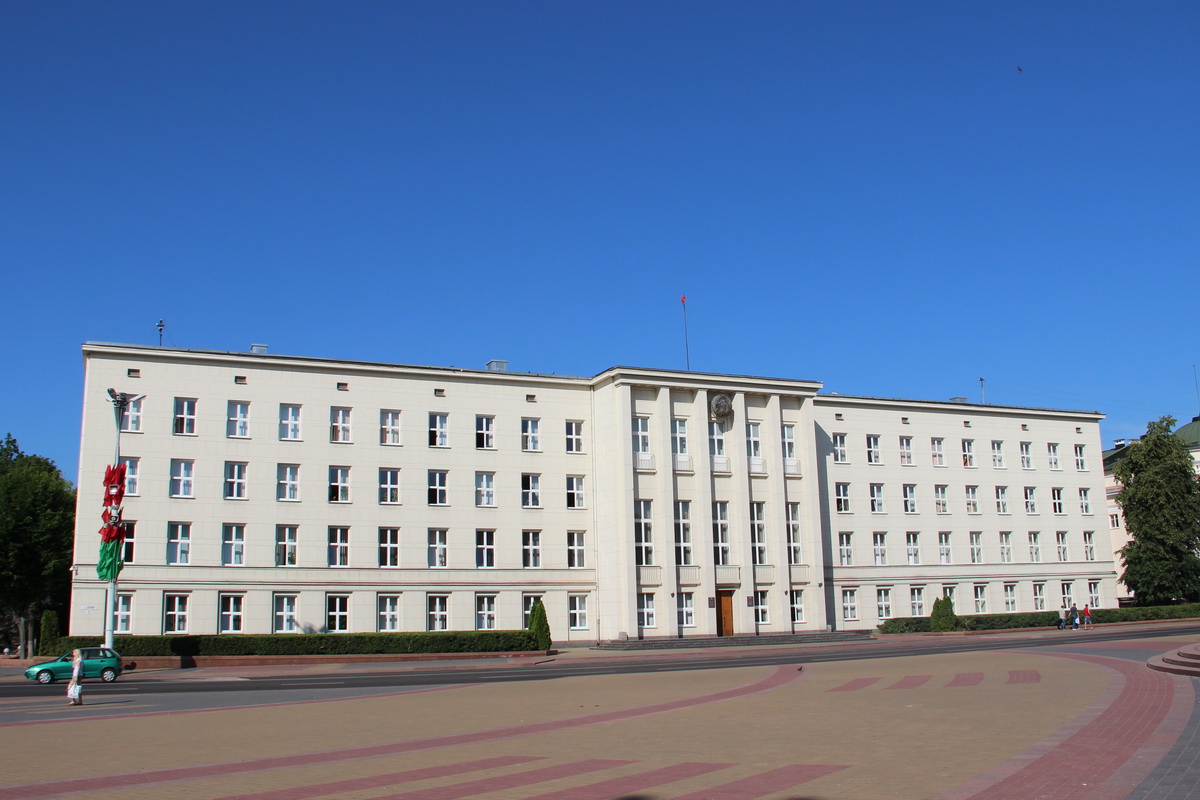
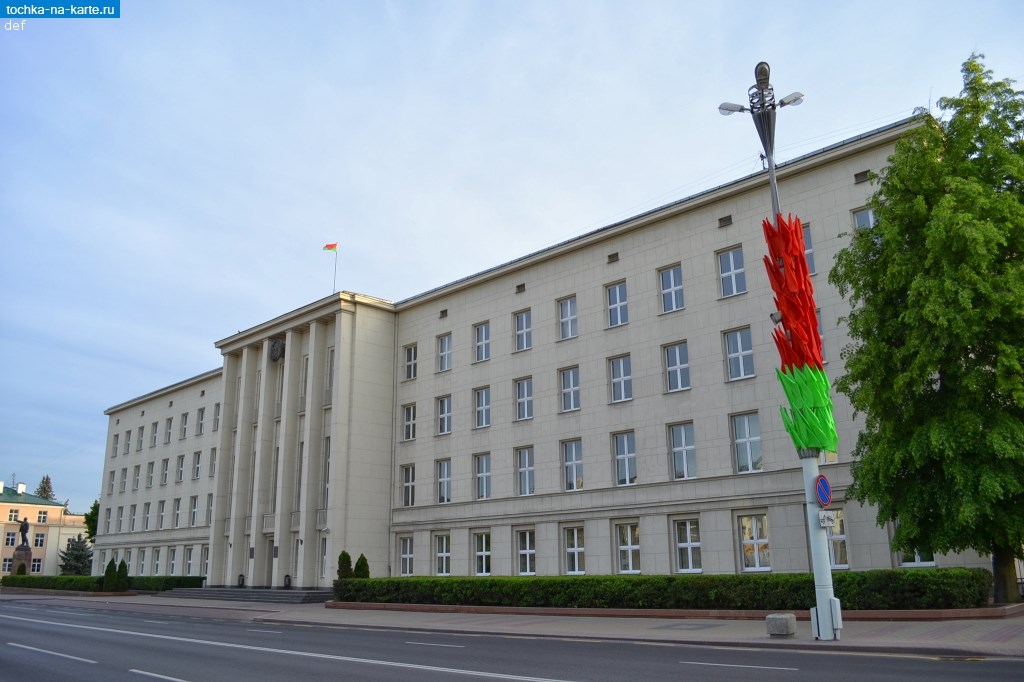

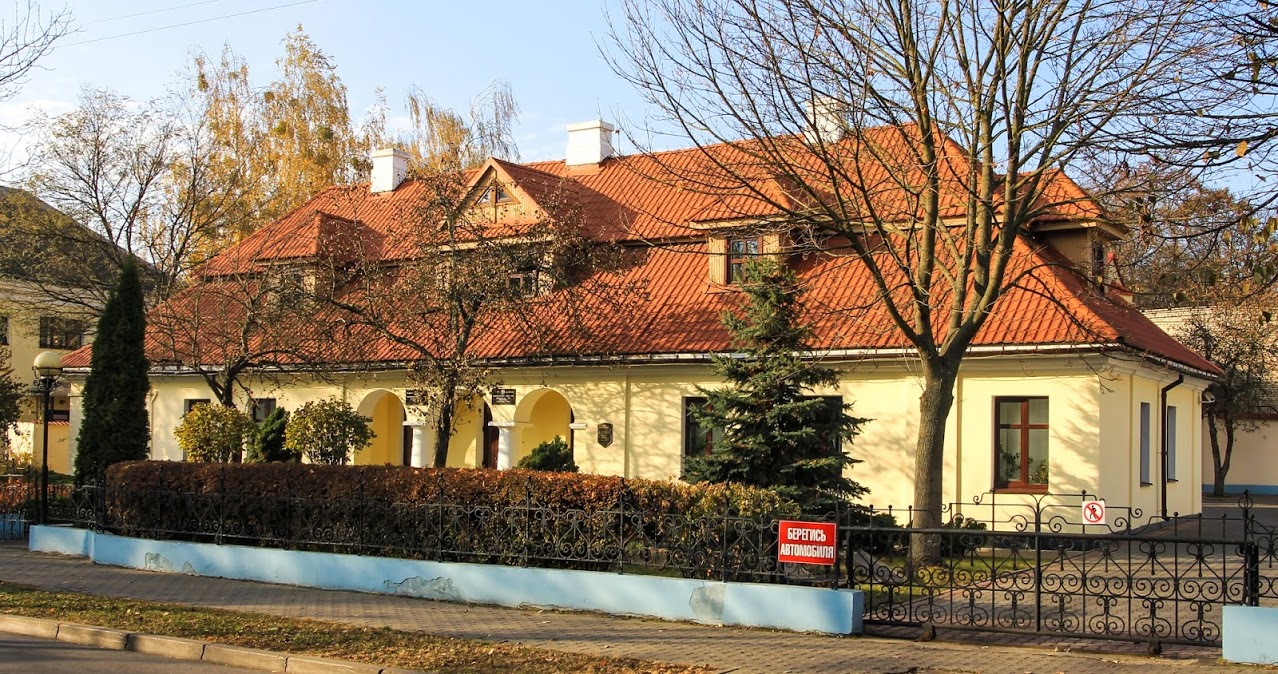
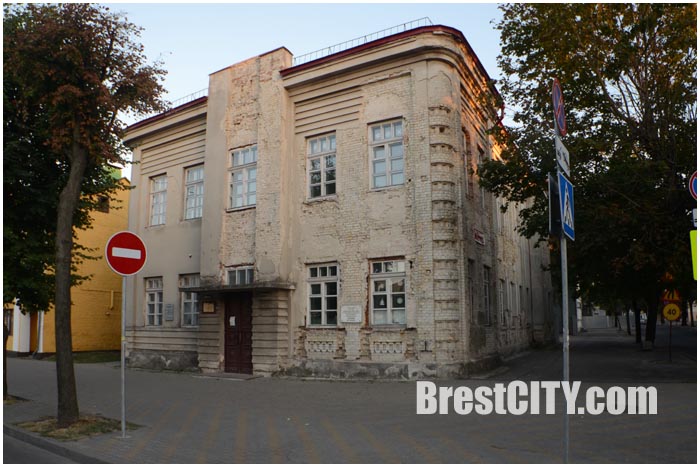

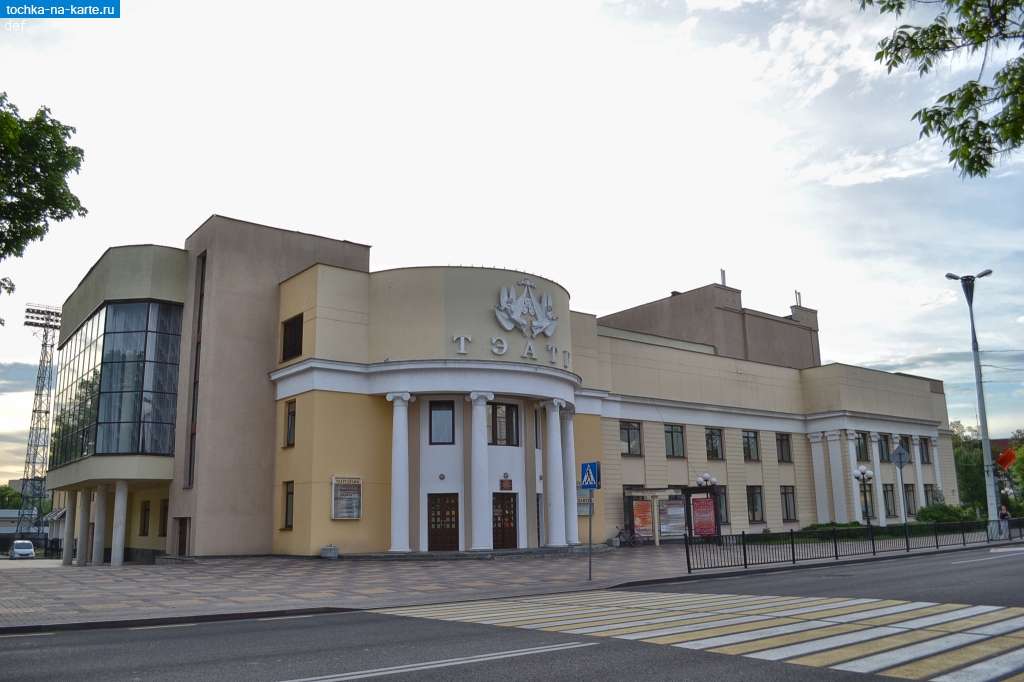
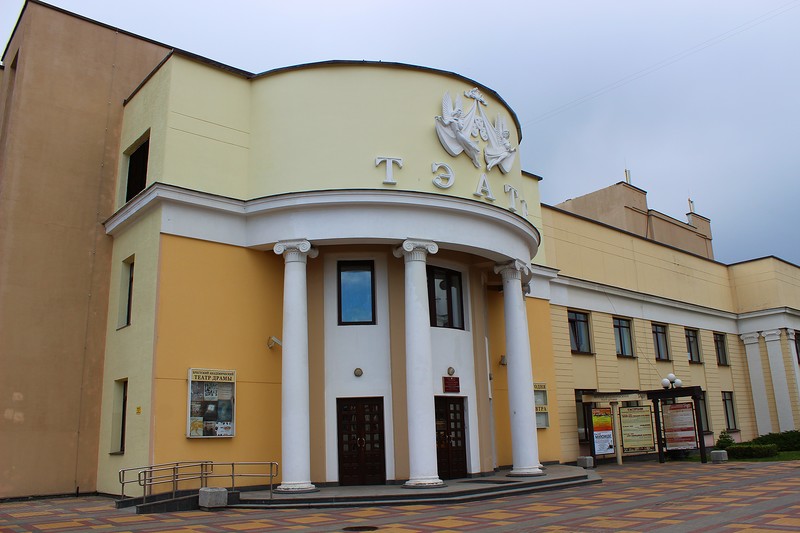

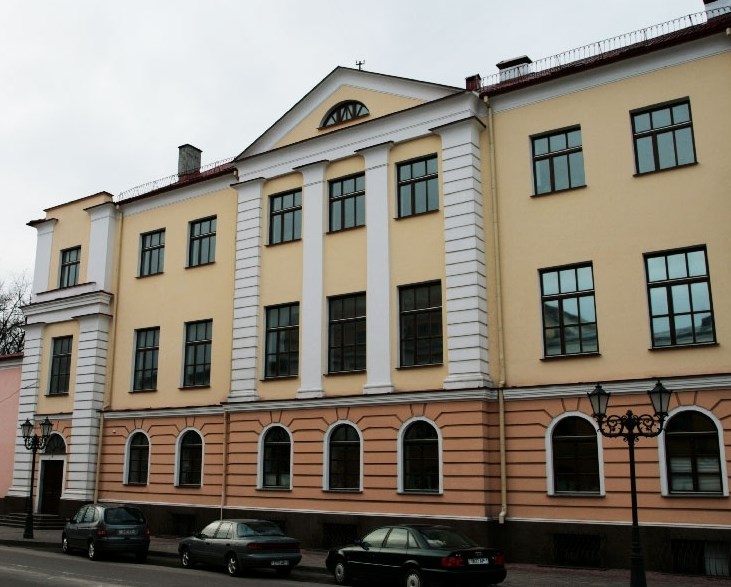
Brest Fortress
Brest Fortress, one of the most important places in Belarus, dates back to the 19th century and became a key symbol of Soviet resistance in World War 2
See video about Brest Fortress
http://www.belarus.by/en/press-center/video/the-brest-fortress_i_196.html
History of Brest Fortress
Brest Fortress in the XIX centuryBrest Fortress was built in the 1830s-early 1840s at the meeting-point of the rivers Bug and Mukhavyets.
During construction, the entire town was relocated to a new position 2km away.
St Nicolas Church was built in 1851-1876. Much of it was severely damaged during World War 2.
The site occupies more than four square km, although many of the outer defences were damaged or destroyed during the wars of the 20th century.
There is a citadel at the centre of the fortress, linked to three artificial island fortifications by bridgeheads:
Kobrin fortification (north-eastern side)
Terespol fortification (western island)
Volyn fortification (south-eastern island)
The fortress was captured by the German army in 1915 and after World War 1 remained within Polish territory. In 1930 it became infamous as a prison in Poland in the aftermath of the Brest Elections.
Brest Fortress during World war 2In 1939 Brest Fortress was assigned to the Soviet Union. It earned the title of Hero Fortress for the courage demonstrated by Soviet soldiers when they fought against the German army in 1941. Whilst the Nazis took the town of Brest – 90% of which was destroyed in the fighting – the two regiments garrisoned inside the fortress held out.
For the people of Belarus, Brest Fortress remains a famous symbol of the Soviet resistance during World war 2.
Brest Fortress today
Brest Fortress todayBrest Fortress is one of the most important places to see in Belarus and by far the largest tourist attraction in Brest.
The fortress was not rebuilt at the end of the war, but instead became a shrine to the terrible and heroic events that took place there.
The entry of the fortress represents a huge star cut into a concrete block. The radio announcer informs about the invasion of the German army.
The entry of Brest Fortress As you walk up to the centre of the fortress you see "Thirst", a large monument depicting an injured soldier trying to get some water from the river. The monument reflects the bravery of the last remaining soldiers who defended the Fortress for many days without food or water.
The main part of the memorial is the Square of Ceremonies, leading to the Museum of the Defence of Brest fortress and the ruins of the White Palace.
The Bayonet Obelisk, 100m high, can be seen from any part of the fortress, and is linked to the main Courage monument by 3 rows of tombstones. Only 216 of the 850 defenders who died here are known.
Monument "Thirst"The Courage monument stands 33.5m high and tells the story of the heroic defence of the fortress through a series of carvings. There is an eternal flame which is guarded by 4 teenagers from the Pioneers Corps.
There is an Eternal Fire in front of the remnants of the former engineering department.
Further in to the Fortress you will find the iconic Kholmsky Gate, with its bullet-riddled walls.
Getting to Brest Fortress and where to stay
Excursions in Brest Fortress Brest Fortress is best reached on foot. It is about a 30-minute walk from the centre of Brest.
Alternatively there is an hourly bus service from the town.
Whilst you are visiting Brest Fortress you can stay in one of the many Brest hotels, which cater for a wide range of tastes and budgets.
Tourist attractions near Brest Fortress
In order to see everything that Brest Fortress has to offer, you really need to dedicate a whole day to your visit. If you stay longer in Brest there are plenty of other things to see including: St Simeon Orthodox Cathedral
The Museum of the Railway Equipment in Brest
St Simeon Orthodox Cathedral (16th Century)
The museum of the Middle Age town Berestye
Belovezhskaya Pushcha State National Park and Biosphere Reserve
http://www.belarus.by/en/travel/belarus-life/brest-fortress
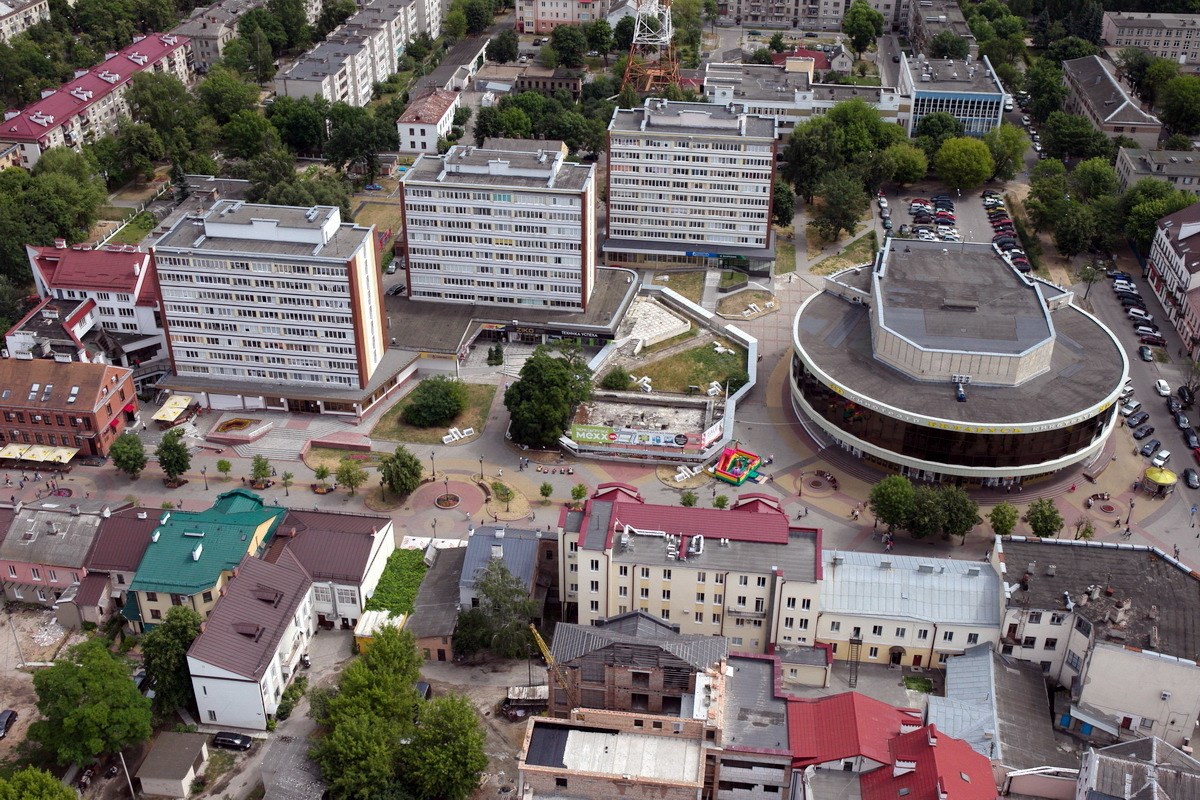
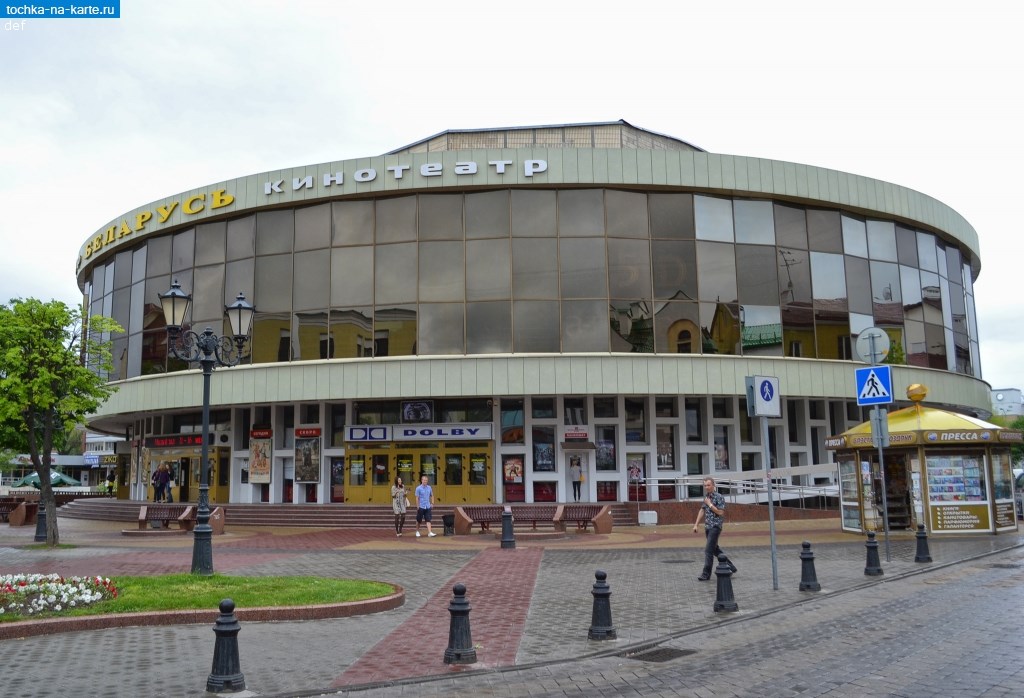
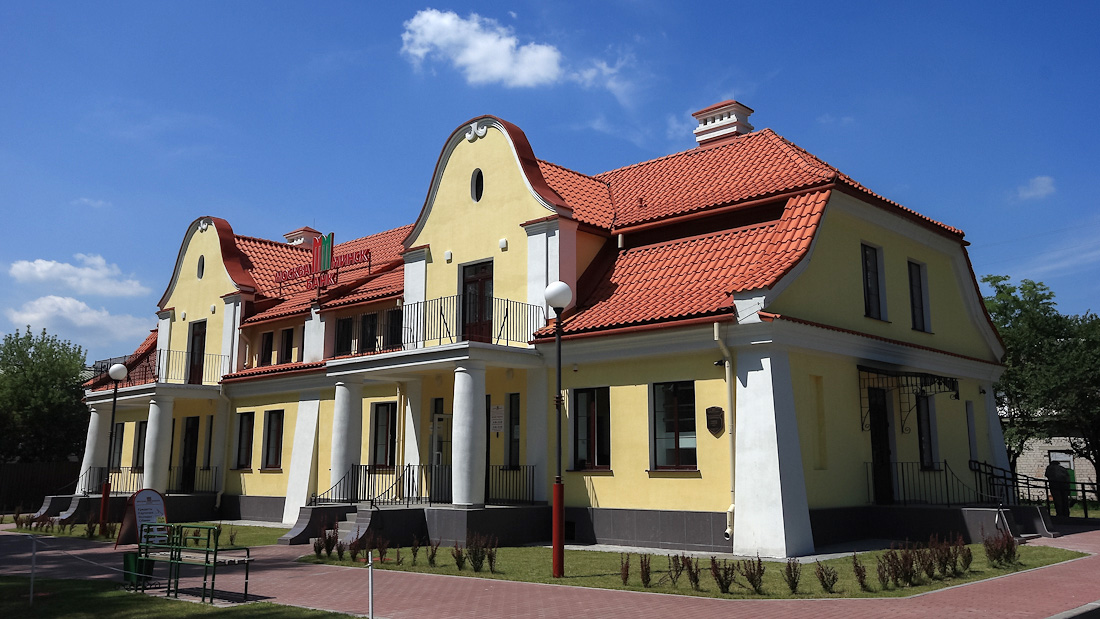
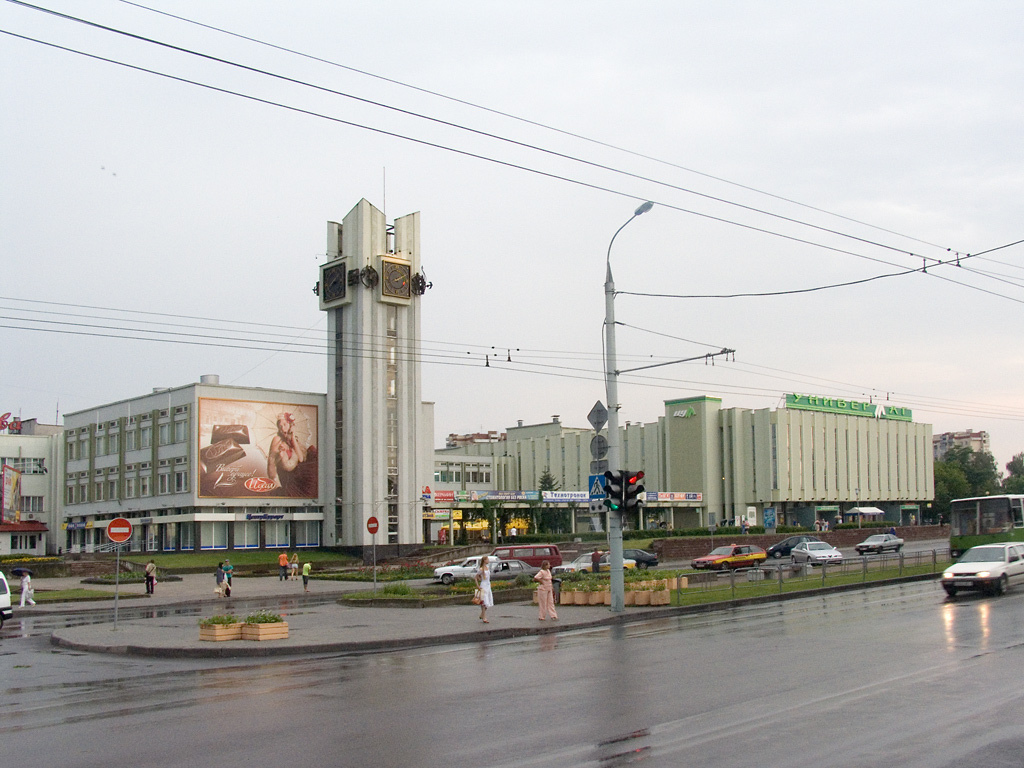
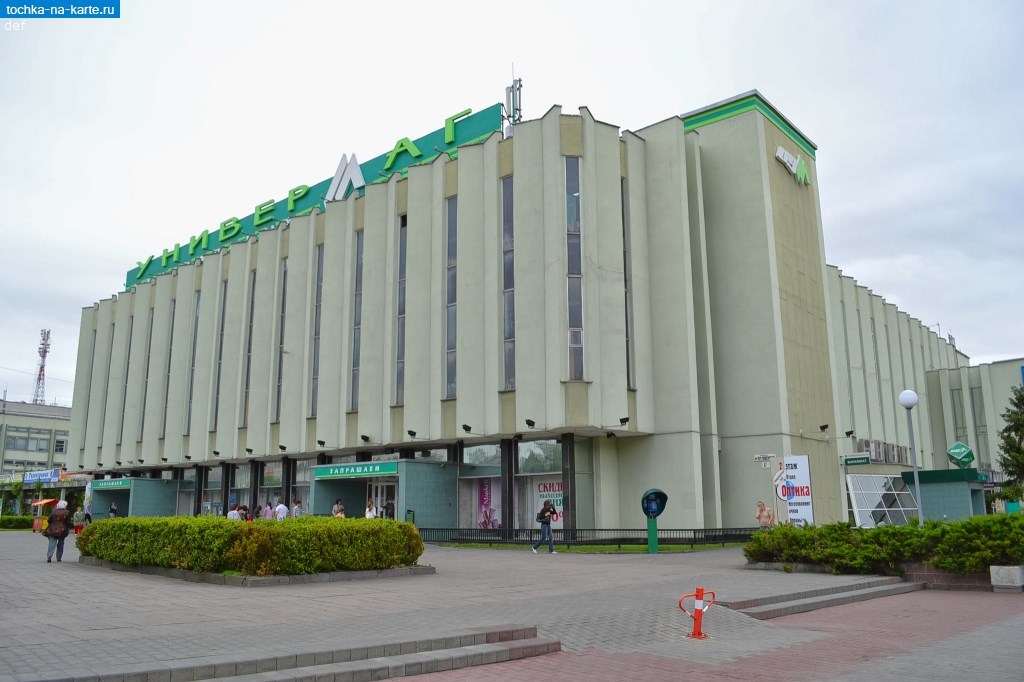
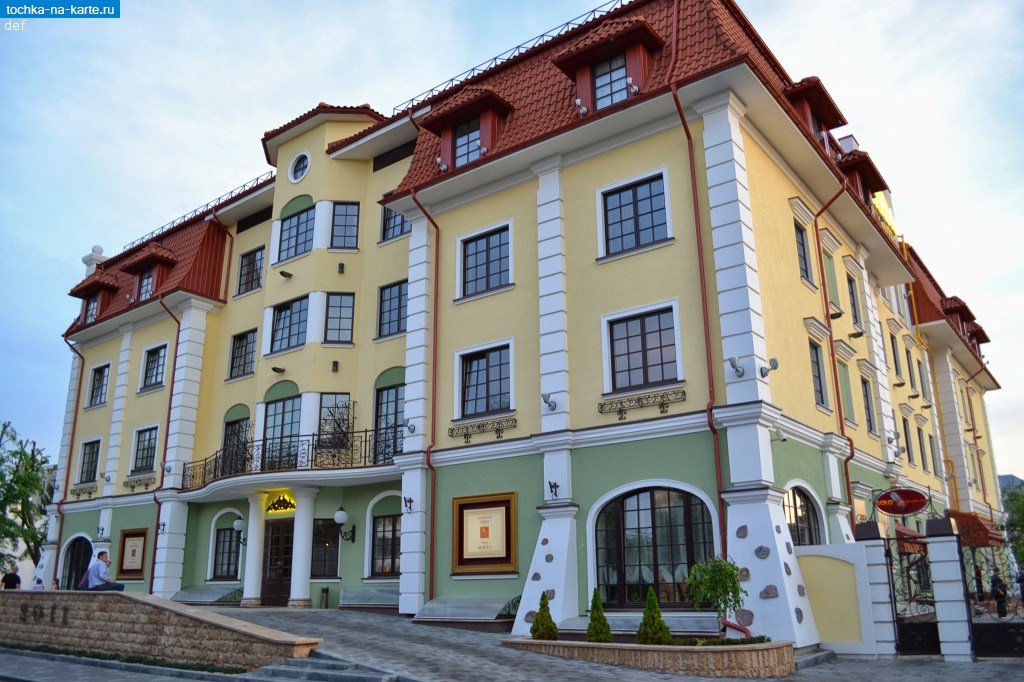
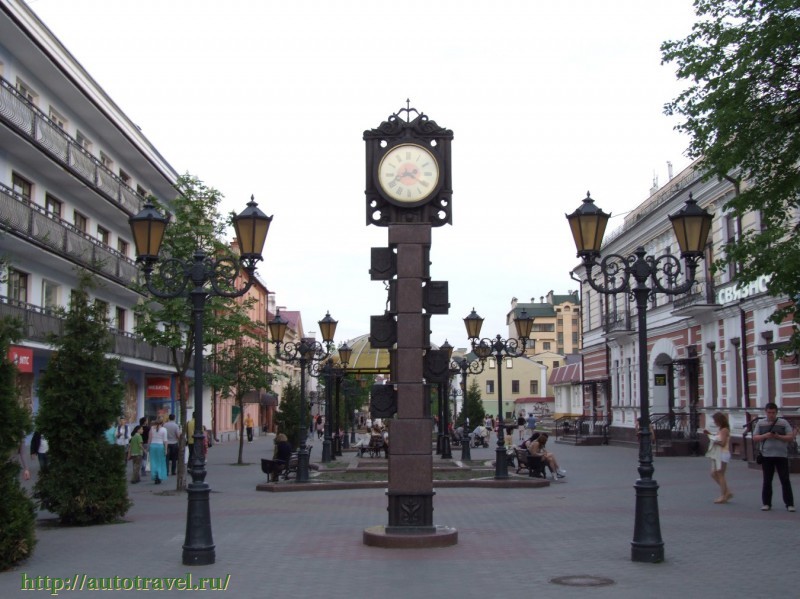
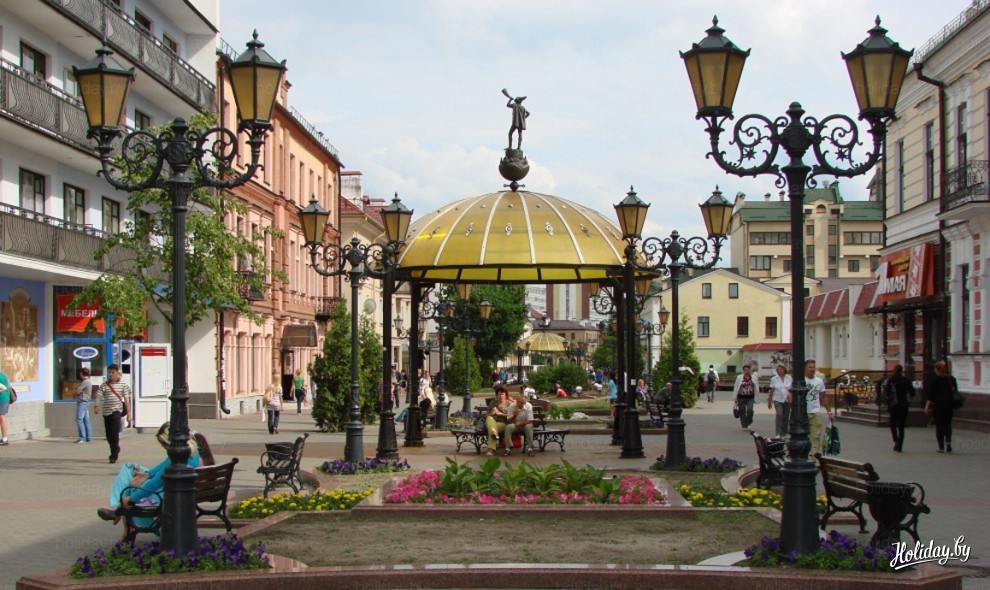
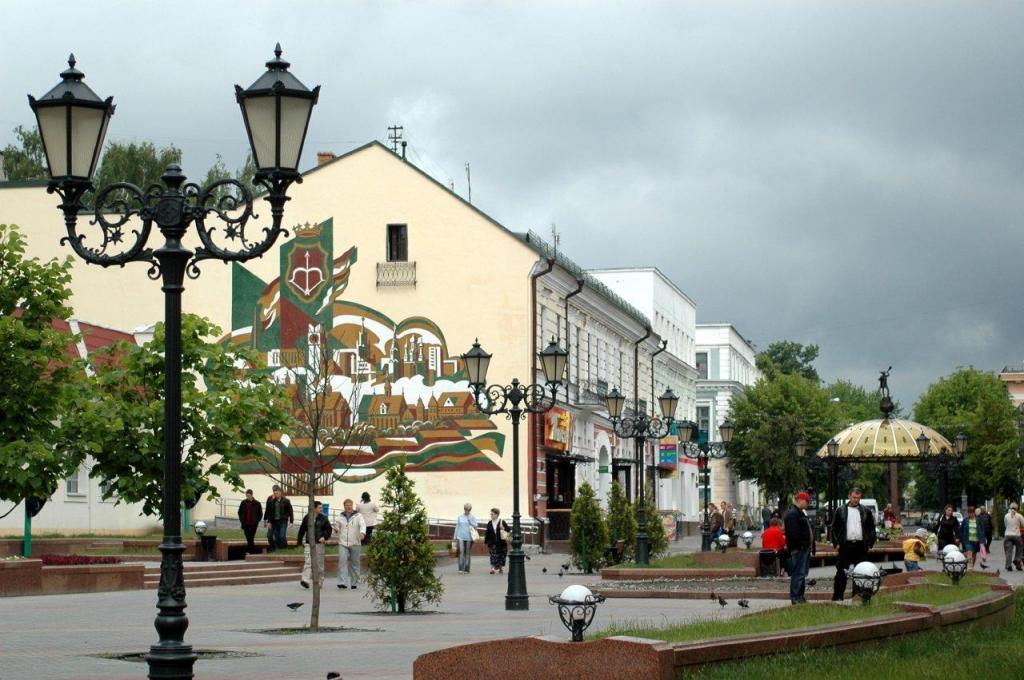

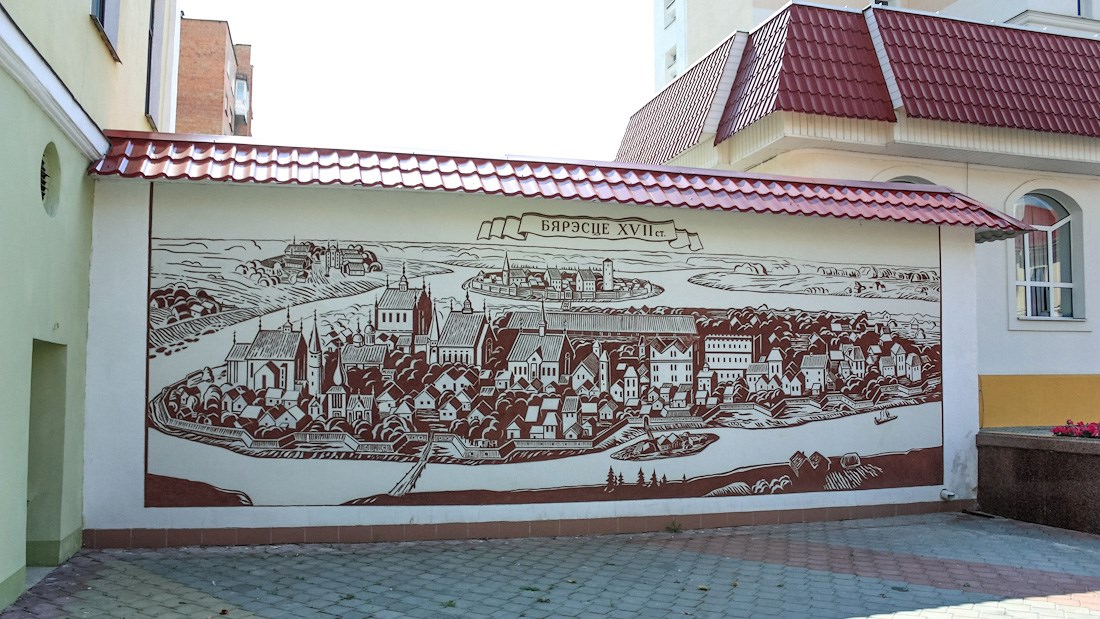
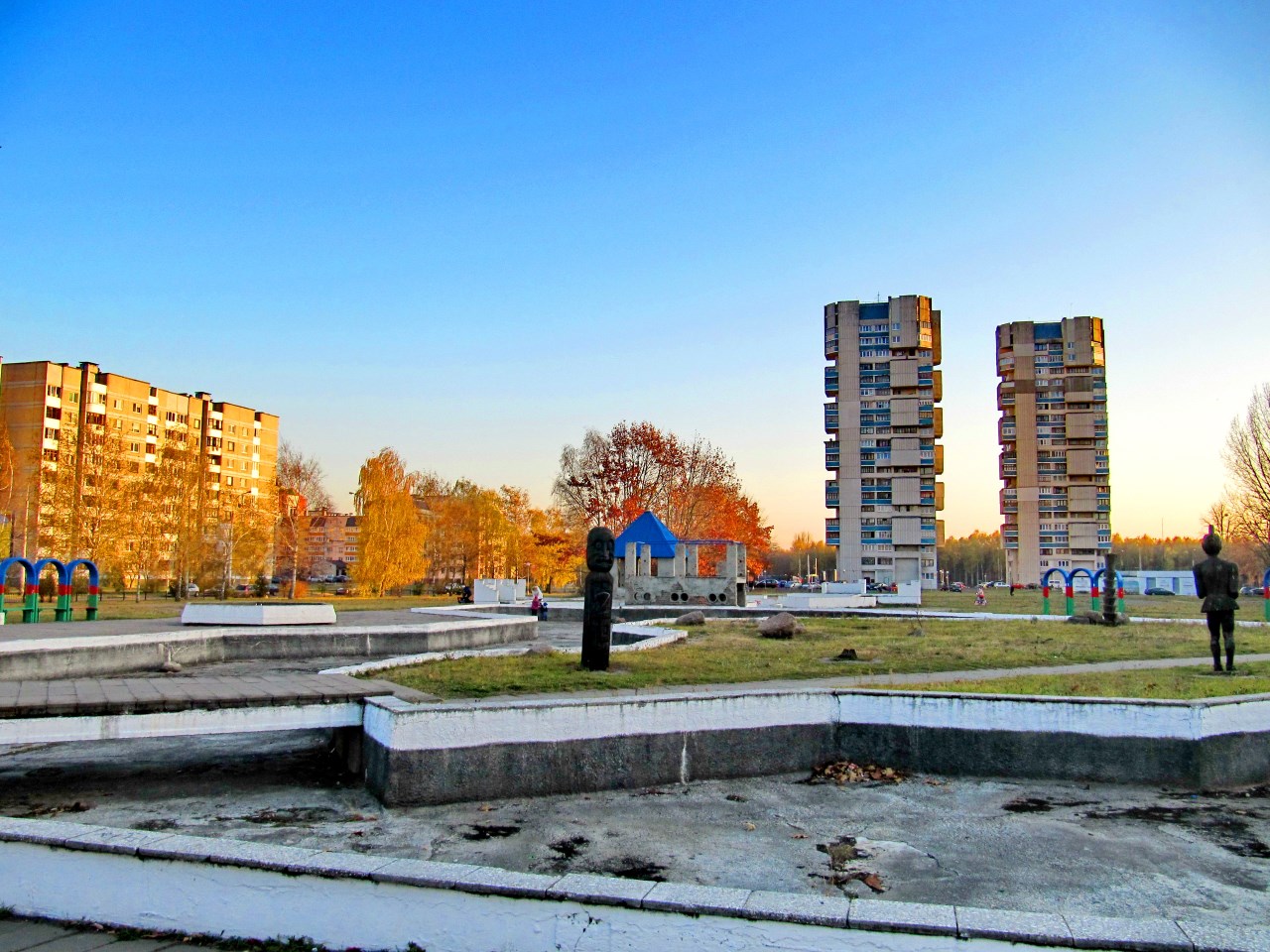
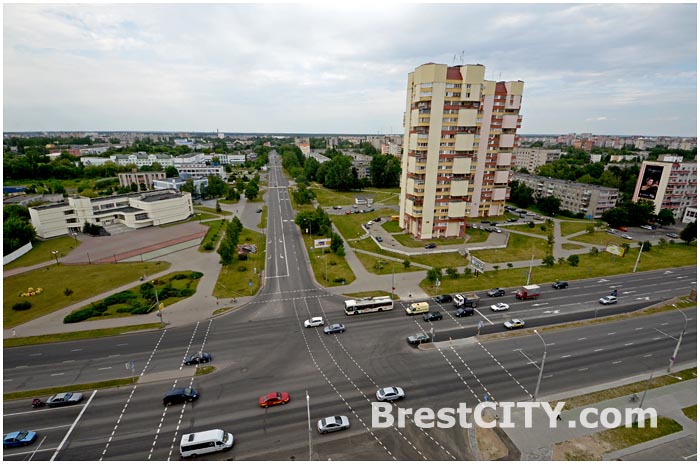
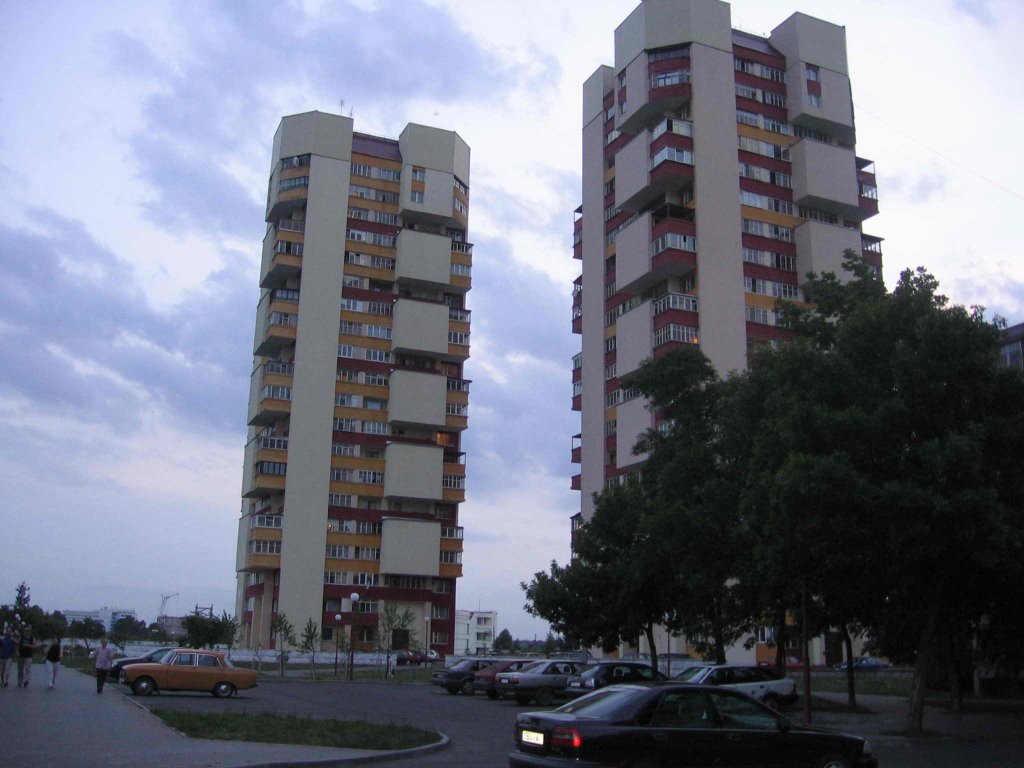
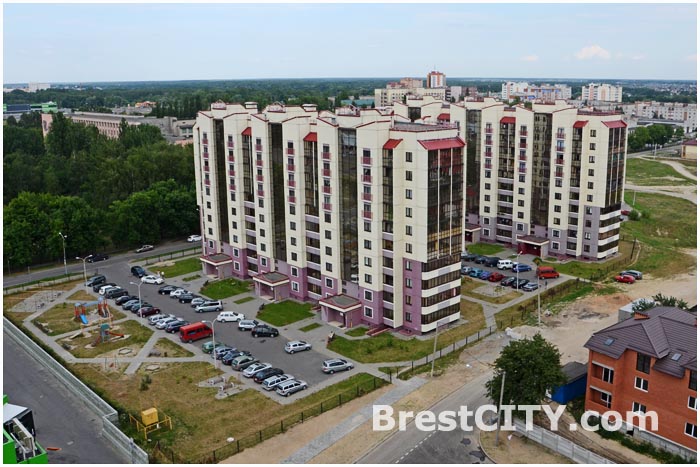
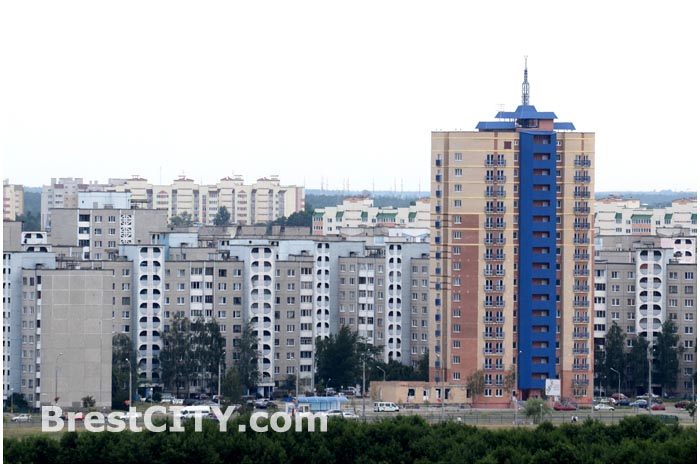
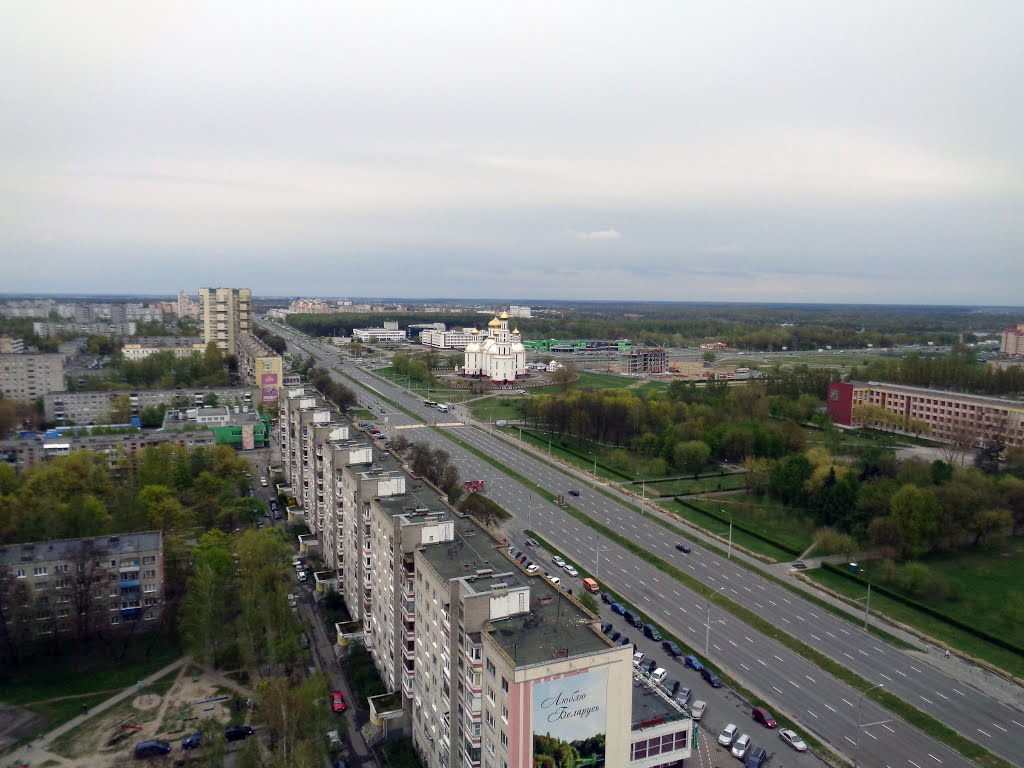
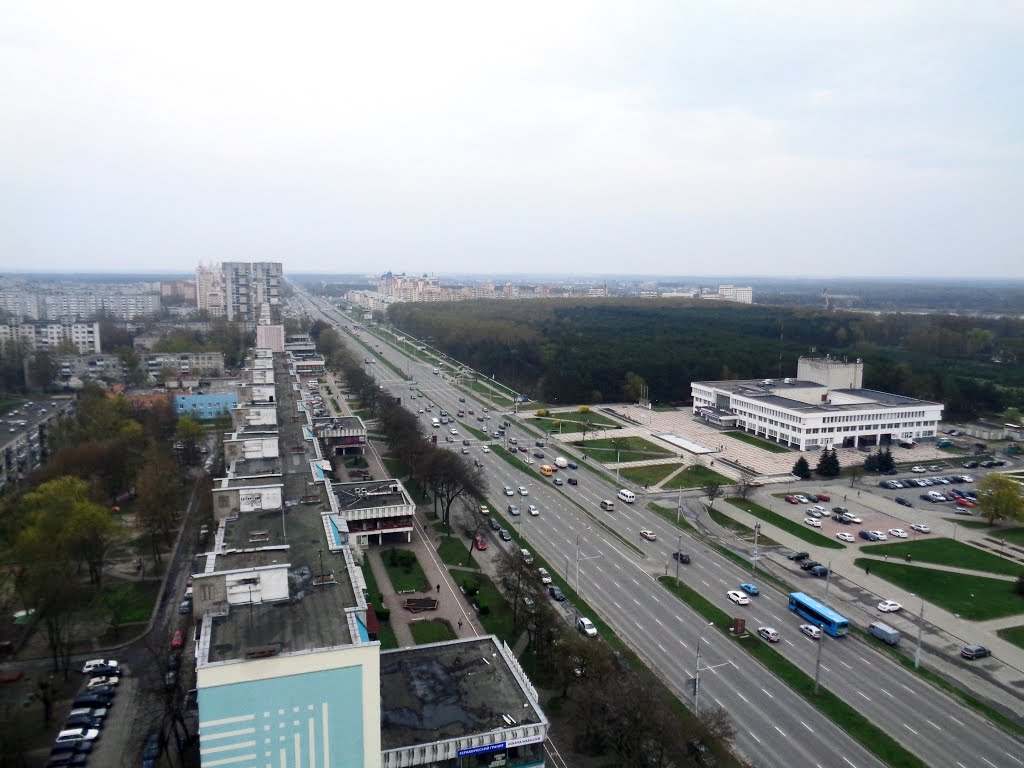
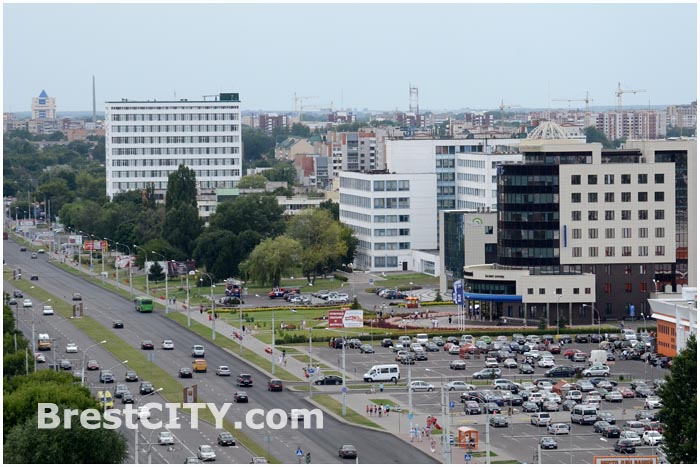
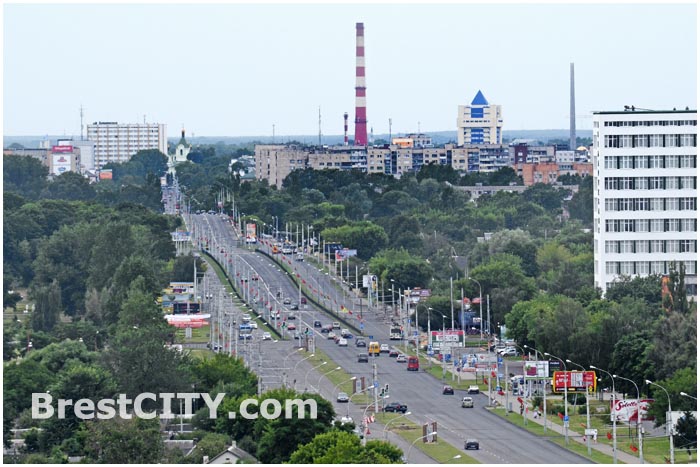
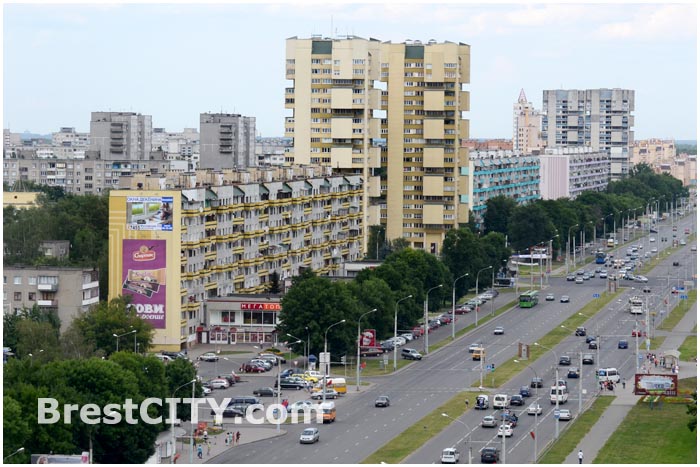
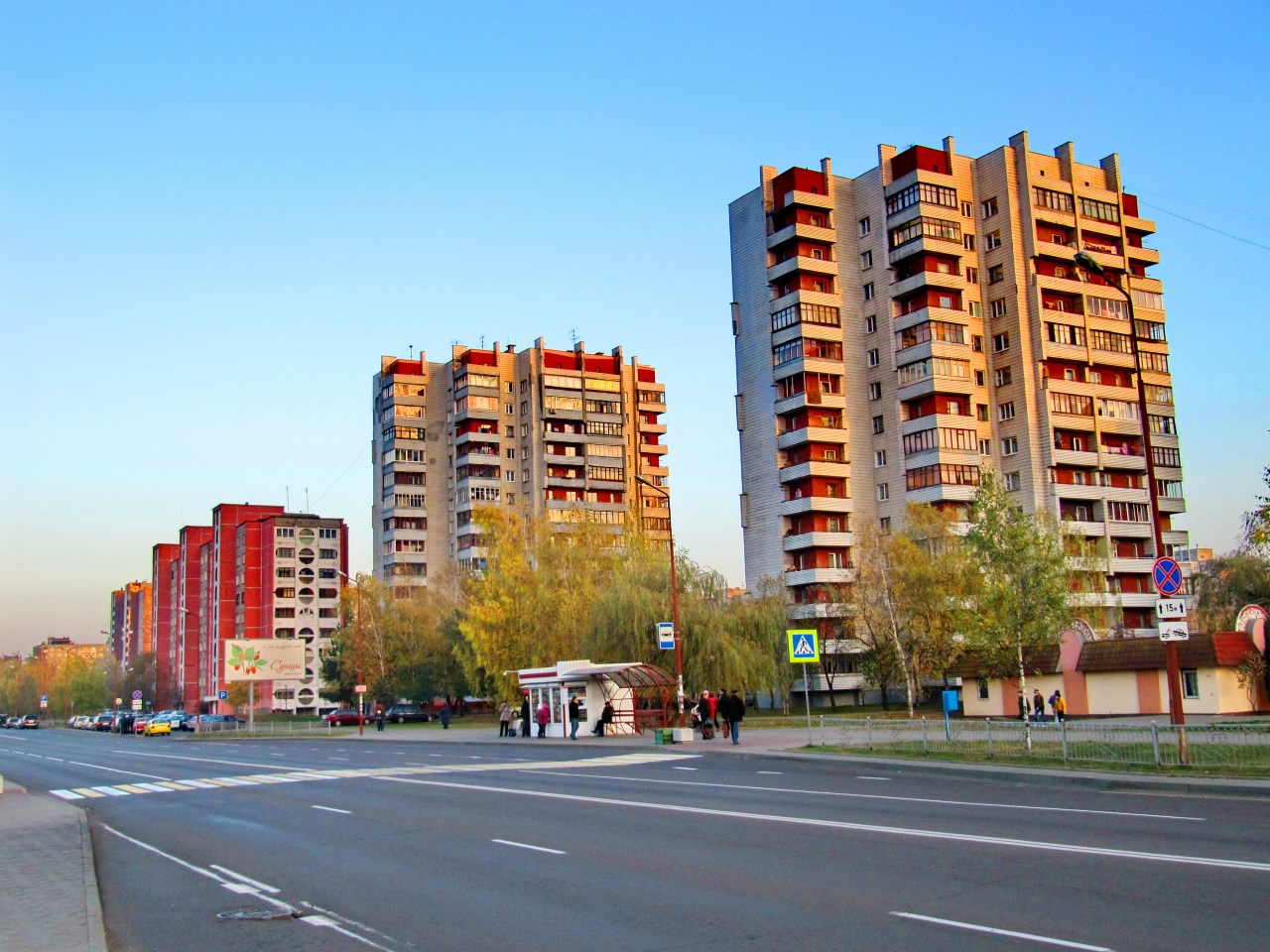
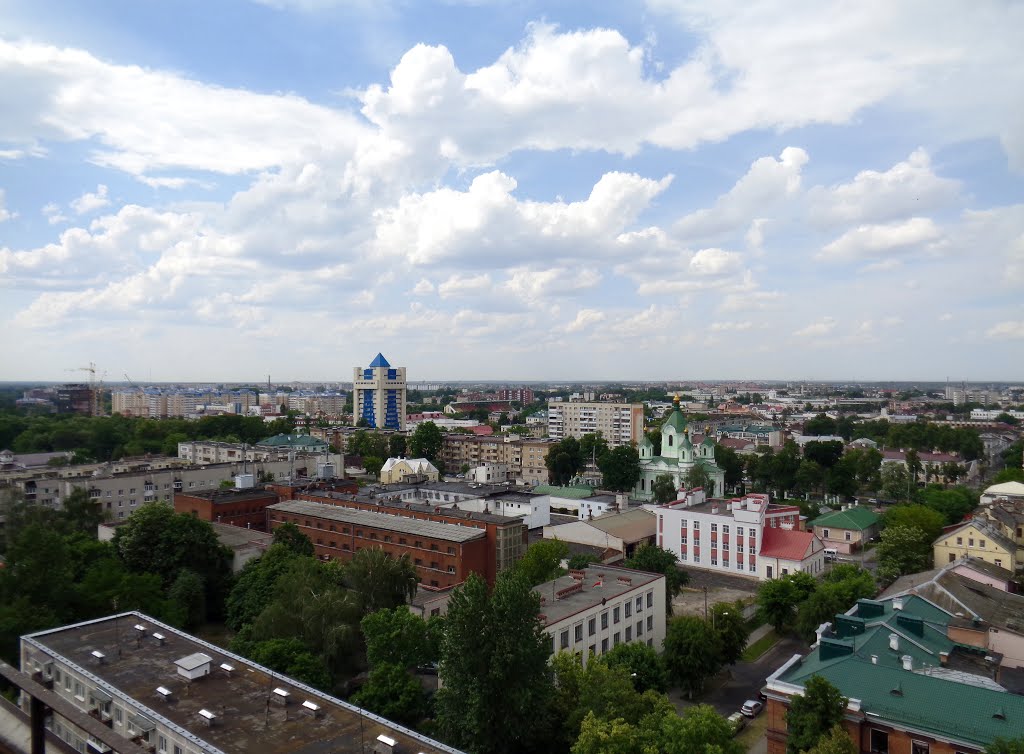
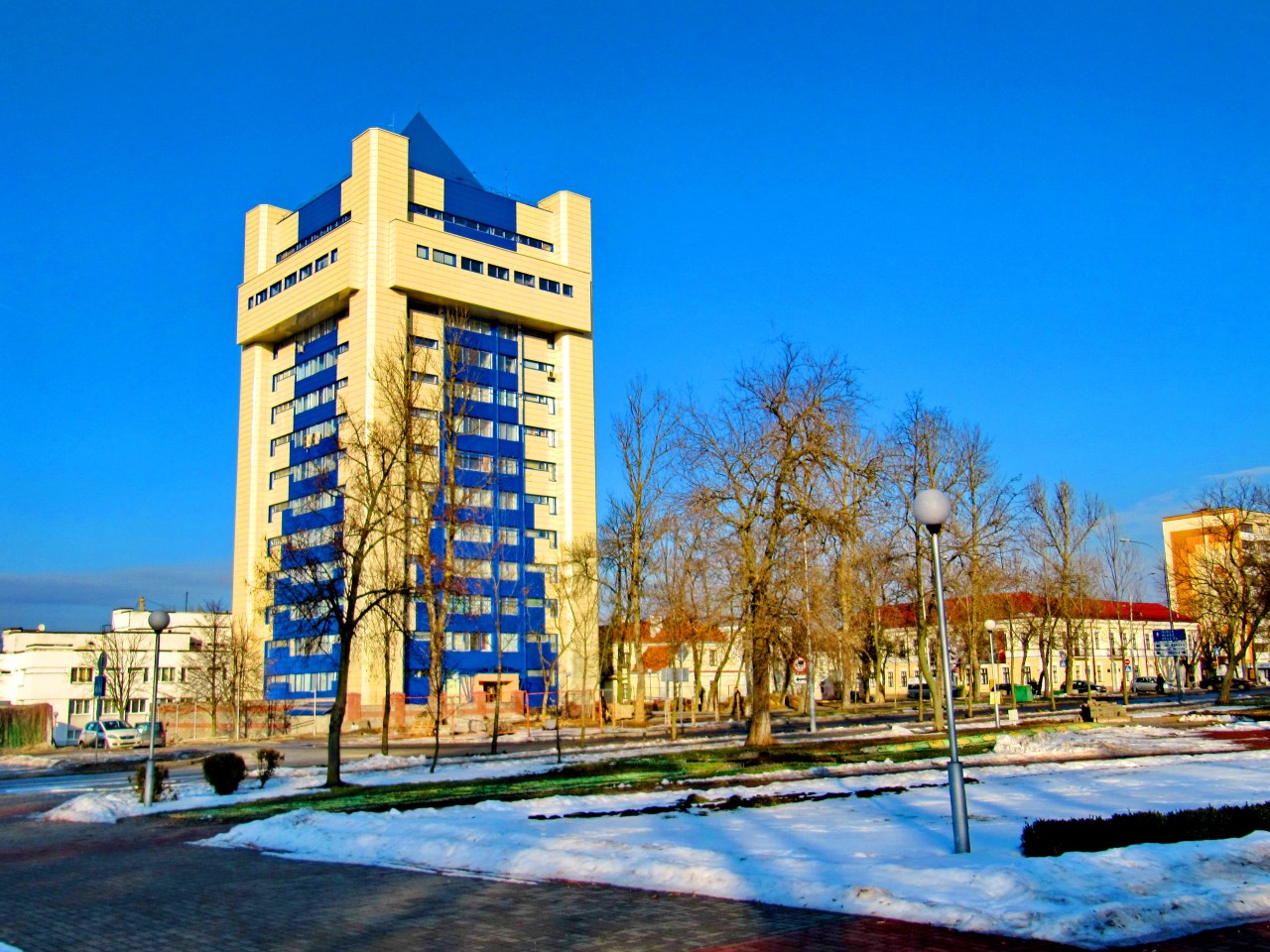
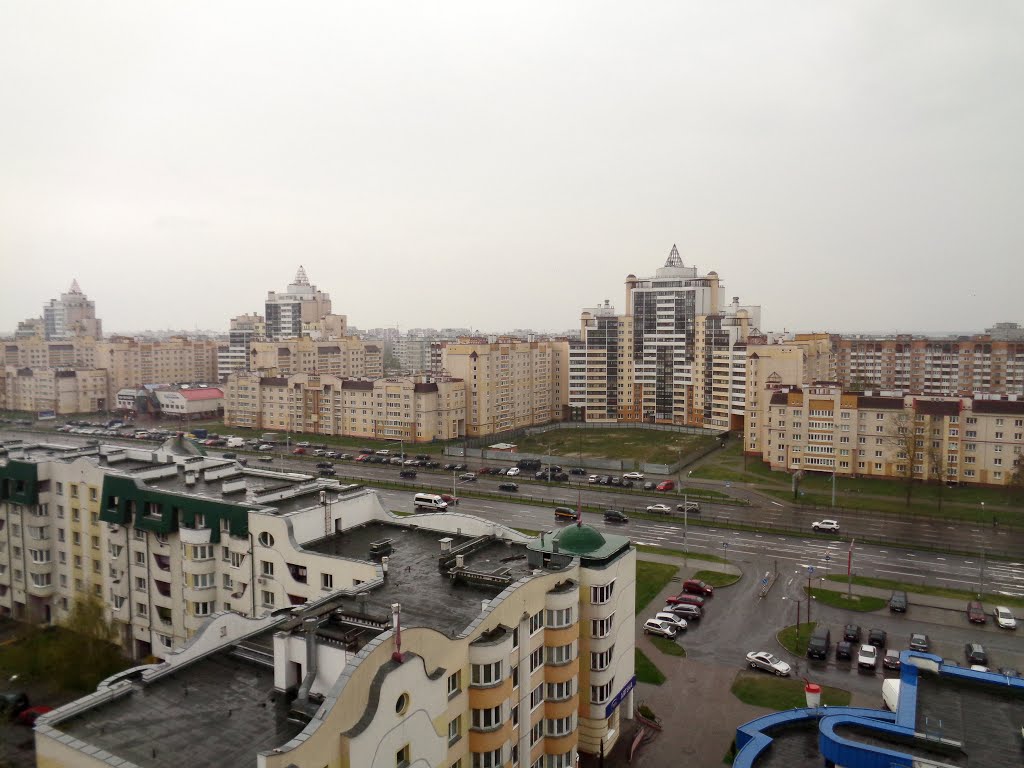
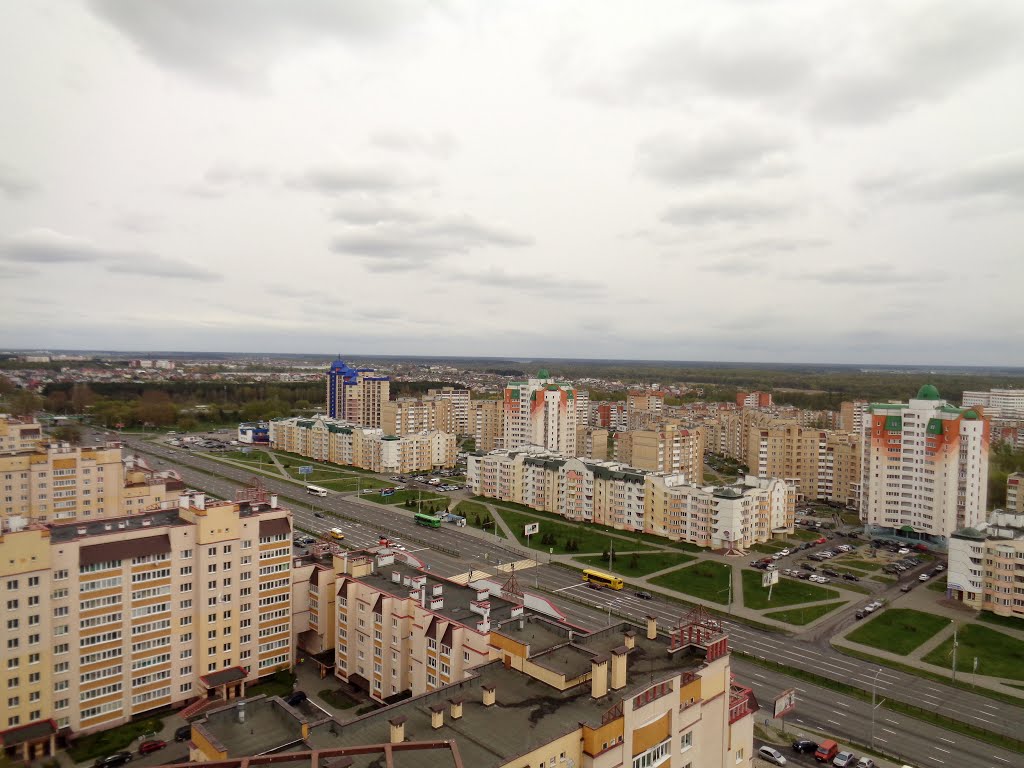
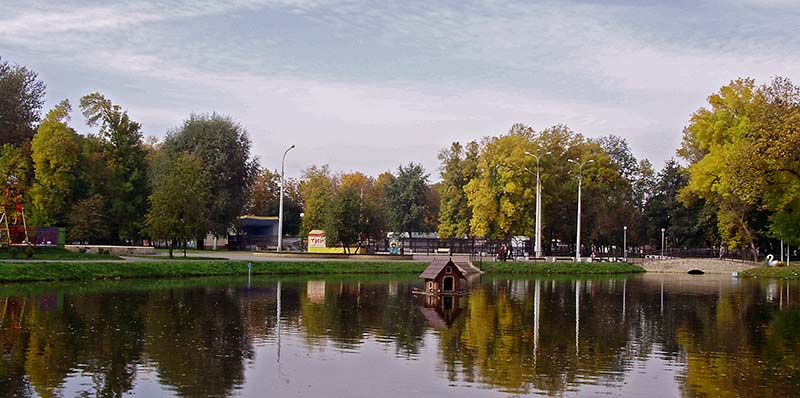
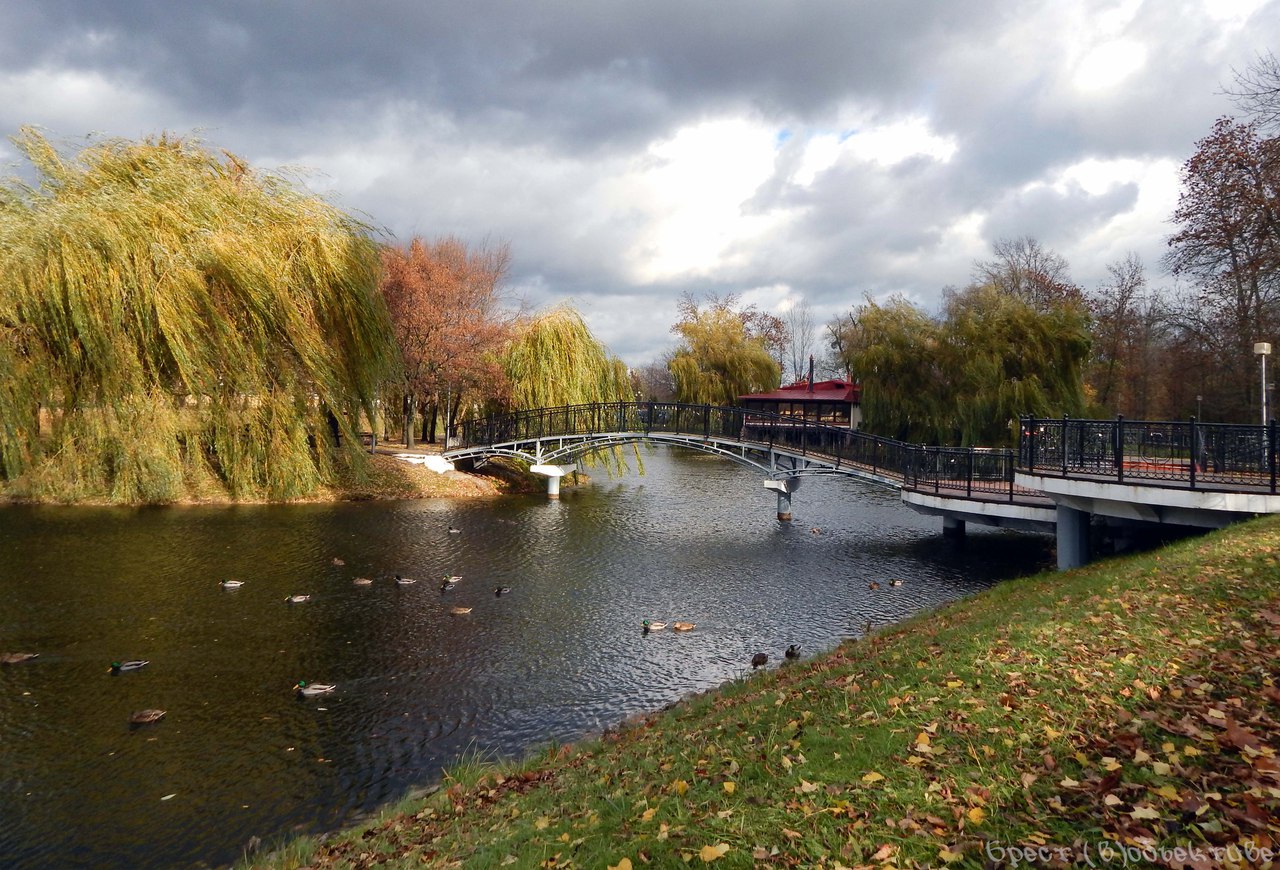
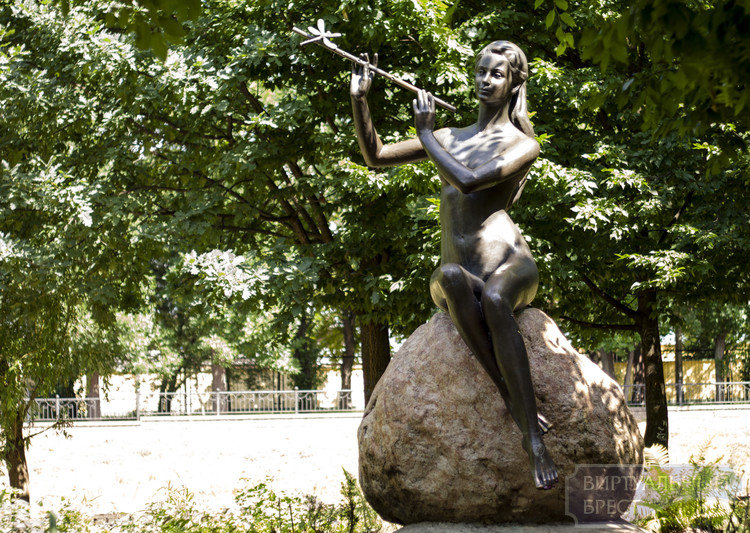
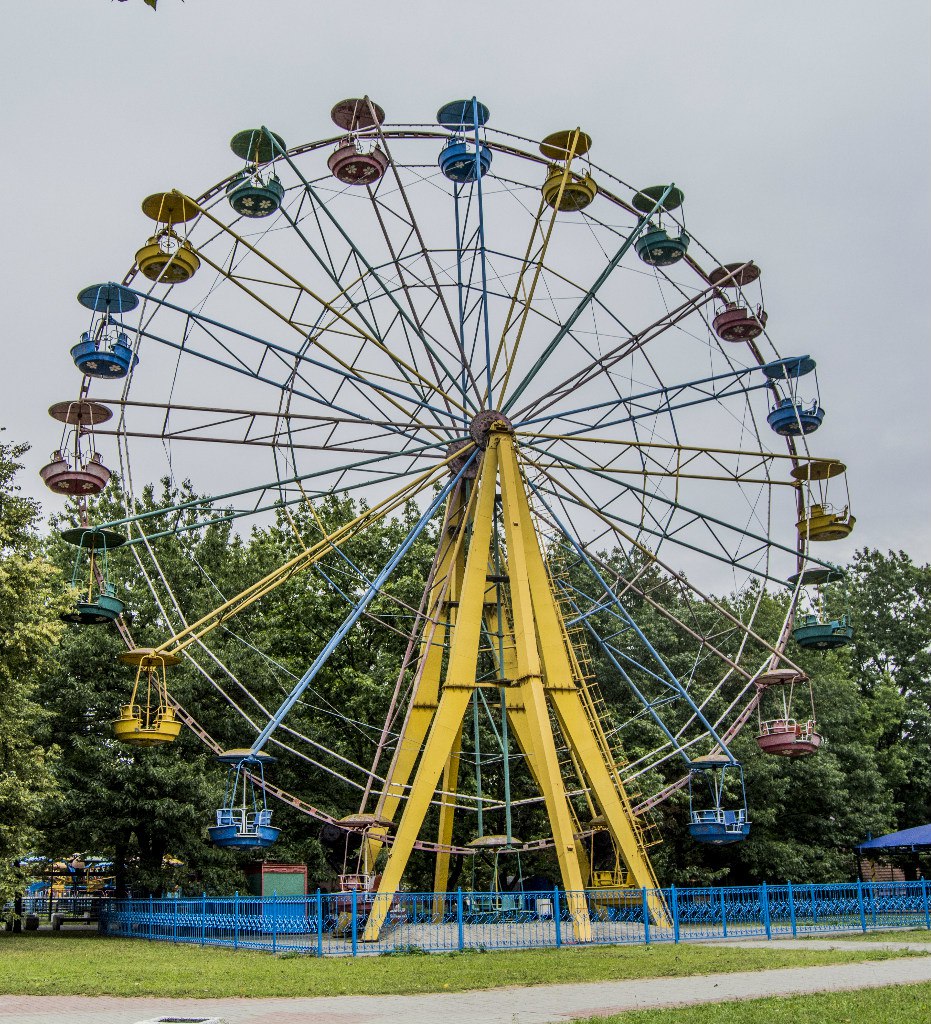
Brest Oblast Landmarks
Brest Hero Fortress
Belarus’ major citadel took the brunt of the fierce Nazi attacks at the very start of the Great Patriotic War. The fortress held off the German offensive for 28 days. A grandiose memorial complex was erected to commemorate the fortress defenders. In the center of the complex is the 33.5-meter high Courage Memorial depicting a warrior and a banner. The unique open-air architectural and sculptural ensemble tells a tragic story of the heroic defense of the fortress. Here you can see a 100-meter high Bayonet Obelisk – the symbol of the victory over the enemy, the Ceremony Square commemorating the fallen heroes, the Brest Fortress Defense Museum and one of the oldest stone buildings of the old Brest-Litovsk – While Palace.
St. Nicolas Church was built on the territory of the fortress in 1851-1876. This magnificent Byzantine-style basilica is one of the most beautiful churches in Central Europe. At the beginning of the war it became a major stronghold of the fortress defenders.
Brest Hero Fortress Memorial Complex, Brest
Opening hours Open from 9:00 to 18:00, Monday off. Excursions around the complex are available every day.
Berestye Archaeological Museum
Berestye Archaeological Museum
Europe’s only museum of a Medieval Eastern European town is located on the territory of the Brest Fortress where the ancient town of Berestye had been founded many centuries before the fortress was erected. In 1968 scientists discovered here an artisans’ neighborhood four meters underground. This neighborhood consisted of dozens of wooden buildings dating back to the 11th-13th centuries, pavements and wooden fences, remnants of clay furnaces. A pavilion was set up at the place where the ancient settlement was discovered. Today this unique museum features archaeological finds of the 11th-14th centuries that give a glimpse of the ancient Slavonic town, its arts and trades, and the everyday life of local residents. The museum’s holdings have some truly unique artifacts: an oak plower, a boxwood comb with carved Cyrillic letters on it…
Hospital Island, Brest Fortress
Opening hours Open from 10:00 to 18:00 (March-October; seven days a week); from 10:00 to 17:00 (November-February; Monday, Tuesday off).
Brest Railway Station
The first railway station in Brest opened in 1886. Soon after the building was inaugurated – on 29 August – Emperor Alexander III and his son Nicholas welcomed heir to the German throne Prince Wilhelm there. An impressive building with majestic arcs and spikes resembled a fortress built on an island. The railway station in Brest was by right considered the most sophisticated and convenient railway station in the Russian Empire and was the first one to start using electric lighting in 1888. The Soviet-style renovations added a broach spire and a five-point star on top of the building, which became a real landmark of the town.
In June 1941 the staff of the railway station defended the building of the station for nine days hiding in labyrinth-like basements just like the Brest Fortress soldiers.
1 Privokzalnaya Square, Brest
Niemcewicz estate in Skoki village
The magnificent Baroque-style estate was built in the 1770s to the order of Marceli Niemcewicz, a representative of the old family. The estate was inherited by his son Julian Niemcewicz, a writer, historian, and public figure, who served as an aide-de-camp to Tadeusz Kosciuszko and participated in the drafting of the first European constitution. The famous estate was visited by Russia Emperor Alexander III, Tadeusz Kosciuszko, artist Napoleon Orda, and poet Adam Mickiewicz. During the First World War the estate was used as the headquarters of the commander of the German Eastern Front Prince Leopold of Bavaria…The halls, music and art lounge, and arms room of the Niemcewicz estate history museum have undergone large-scale renovations.
The estate of the Niemcewicz family played a key role in the history: a truce was singed there on 15 December 1917. Two days later the estate hosted the first meeting on the peace negotiations. The Treaty of Brest-Litovsk was signed at the White Palace of the Brest Fortress on 3 March 1918.
Today the Niemcewicz estate offers guided tours, organizes balls and literary evenings. In December it hosts the international military history festival Skoki re-enacting the events of the First World War.
50 Mira Street, village of Skoki, Brest District
Opening hours Open daily from 11.00 to 19.00 but for Monday and Tuesday.
Belovezhskaya Pushcha
The legendary Belovezhskaya Pushcha is one of the oldest reserves in the world, the largest part of the vast surviving old-growth forest of Europe which many centuries ago stretched from the Baltic Sea to the Bug River and from the Oder River to the Dnieper River. The unique natural area that covers Belarus and Poland is on the UNESCO World Heritage List. In addition, Belovezhskaya Pushcha is the largest of the four national parks of Belarus (the area is nearly 153,000ha). In 1993, it was awarded the status of a biosphere reserve. In 1997 it received the Council of Europe’s European Diploma of Protected Areas for special merits in the conservation of biological, geological and landscape diversity.
In 2009, Belarus celebrated the 600th anniversary of the nature protection regime in Belovezhskaya Pushcha. The wildlife in the Pushcha is unique in terms of biodiversity and the number of rare species of flora and fauna. Among them is the bison, the country's symbol, the heaviest and largest mammal in Europe, the last European representative of wild bulls.
Village of Kamenyuki, Kamenets District, Brest Oblast
Belovezhskaya Pushcha Bisons
The main asset of the famous forest is the world’s second largest population of bisons of the Belovezhskaya line. Back in 1926, there were only 52 European bisons. Only six of them were used to save the species from extinction. Today Belarus can boast the second largest population: about 1,200 out of 4,500 in the world. Nine micro-populations live in Belarusian forests: the biggest one lives in Belovezhskaya Pushcha (460), others live in Borisov-Berezina, Ozerany, Naydyany, Lyaskovichi, Osipovichi, Polesie, Naliboki and Ozersk. Within the framework of the Russian-Belarusian Union State program "Roadmap for Bisons" for 2014-2018 the work is underway to create a bison nursery in Belovezhskaya Pushcha.
The bison was the mascot of the 2014 IIHF Ice Hockey World Championship in Minsk.
Father Frost’s Residence
The oldest reserve forest has another landmark - the residence of the Belarusian Father Frost. Wooden houses decorated with fretwork and sculptures of fairytale characters, and, of course, fairytale characters themselves who welcome visitors - all this creates the atmosphere of the New Year's miracle. Here you can help Snow Maiden to shake up Father Frost’s pillows, visit the Magic Mill that turns bad deeds into dust, learn the secrets of making snowflakes in the workshop of Mother Winter, visit the Museum of Ice Life and take part in the dances around the tallest live Christmas tree in the world, which is 150 years old.
Father Frost’s Residence in Belovezhskaya Pushcha is open all year round.
Belovezhskaya Pushcha, Brest Oblast
Opening hours 9:00-18:00
Kamenets Tower
The 700-year-old donjon tower, which is often called the White Tower, is a remarkable architectural symbol of Belarus. The 30-meter tower with strong walls, narrow arrow slits and a crenellation on the top was built in the second half of the 13th century upon the order of Prince Vladimir Vasilkovich to reinforce the borders of the Principality of Galicia-Volhynia. Throughout its history, the tower has withstood numerous sieges by crusaders and Tatars. It has been the battleground for the neighboring armies. At present it is the only surviving building of the kind in Belarus. Kamenets Tower (vezha in Belarusian) is located several kilometers away from Belovezhskaya Pushcha National Park. However, the famous forest does not take its name from the name of this red-brick tower.
At the foot of the tower there is a bronze monument depicting the founder of the town of Kamenets Prince Vladimir Vasilkovich and a bison which is a symbol of the region.
http://www.belarus.by/en/travel/belarus-life/sightseeing/tourist-attraction-brest
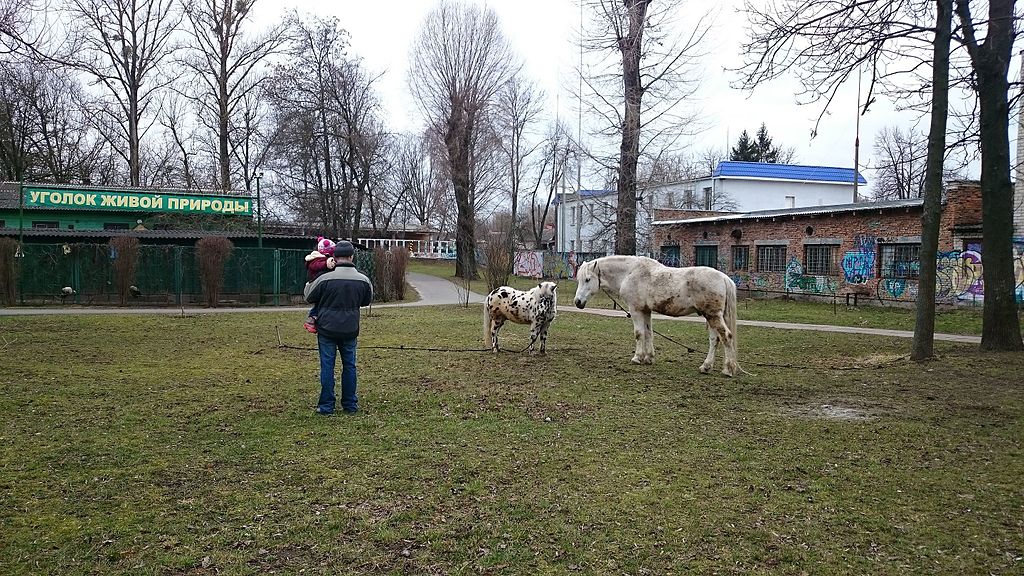
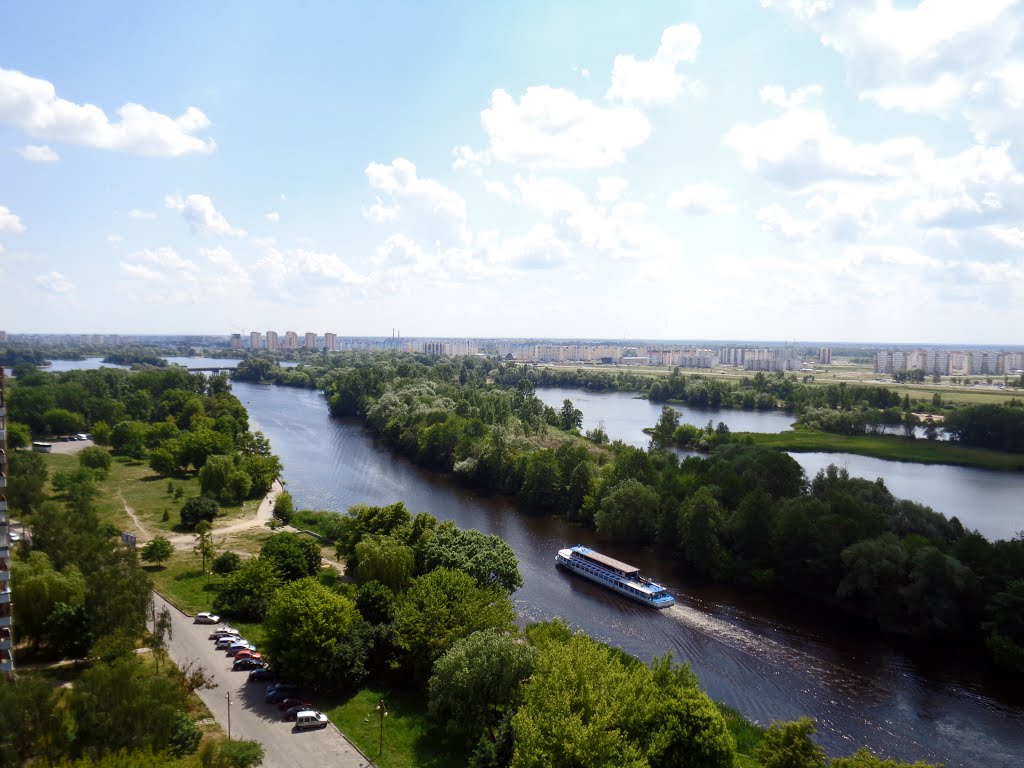
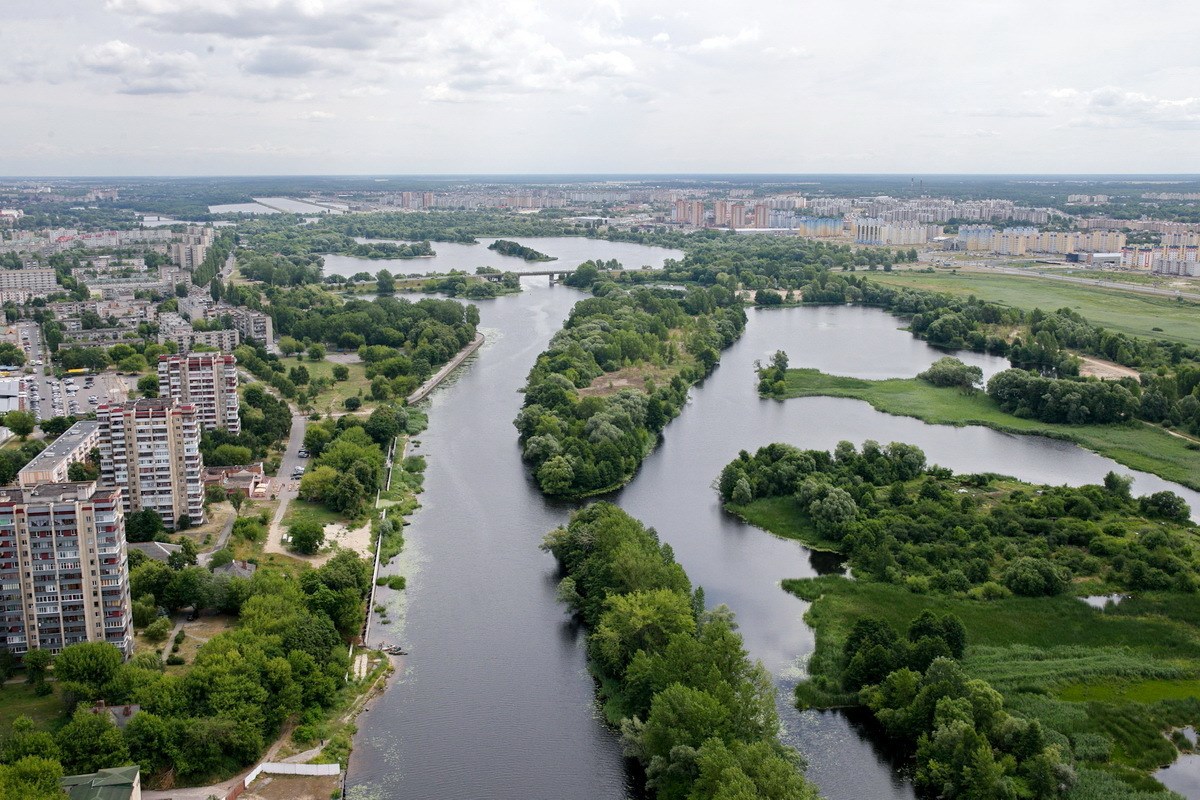
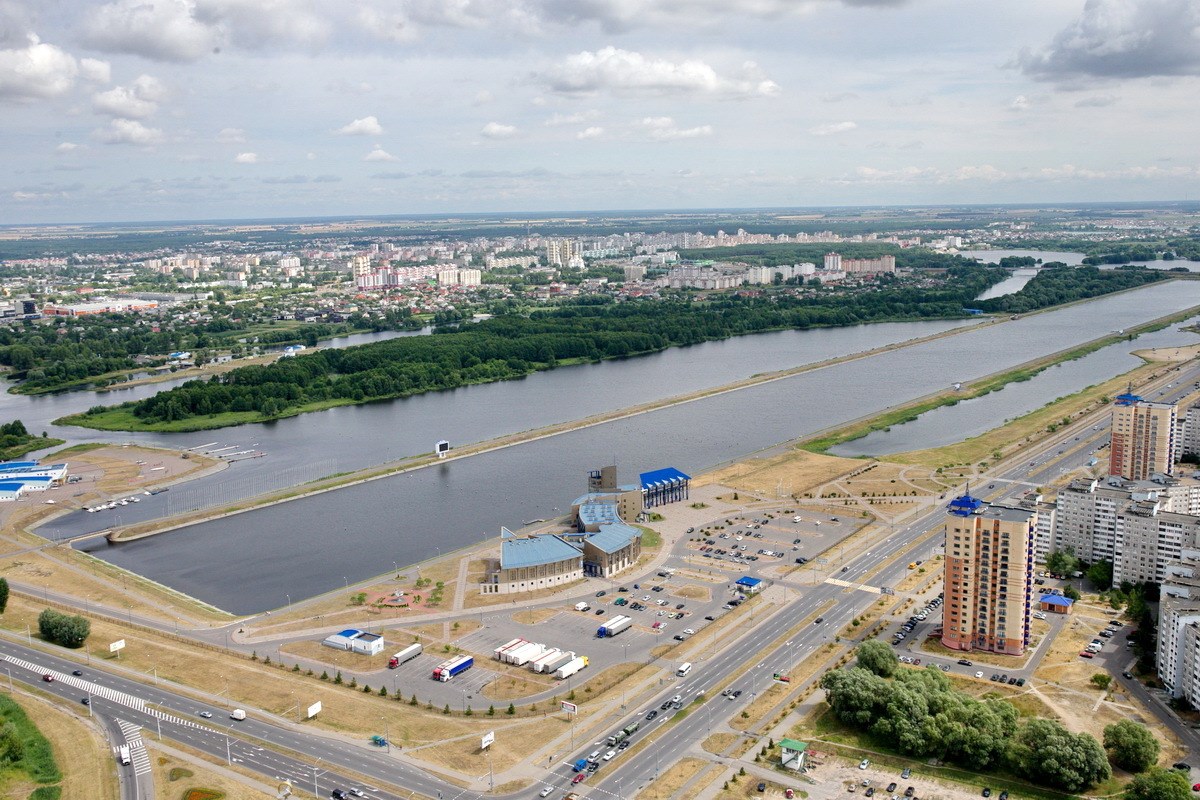
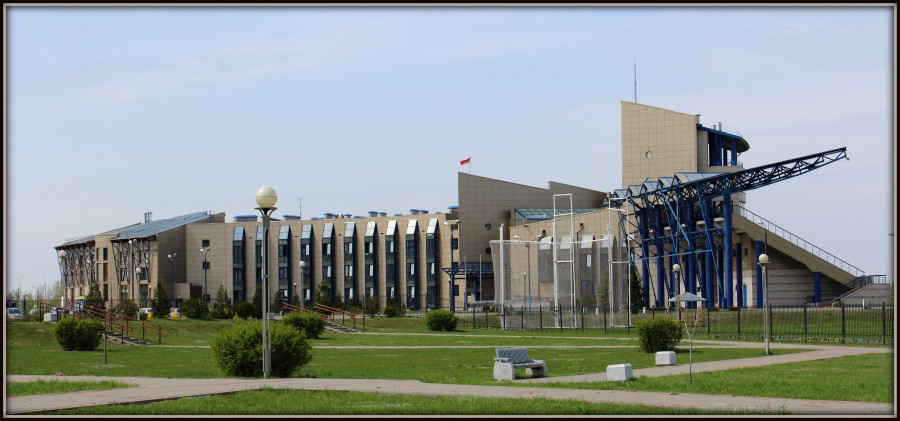
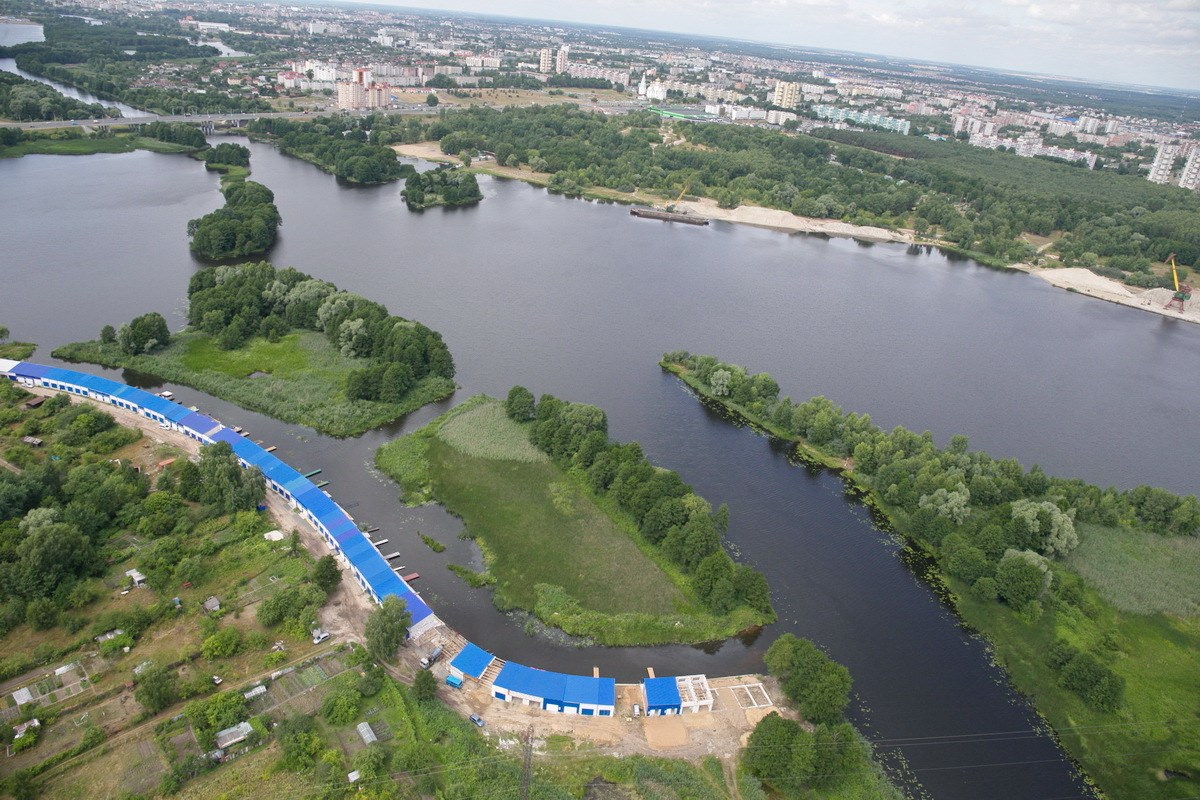
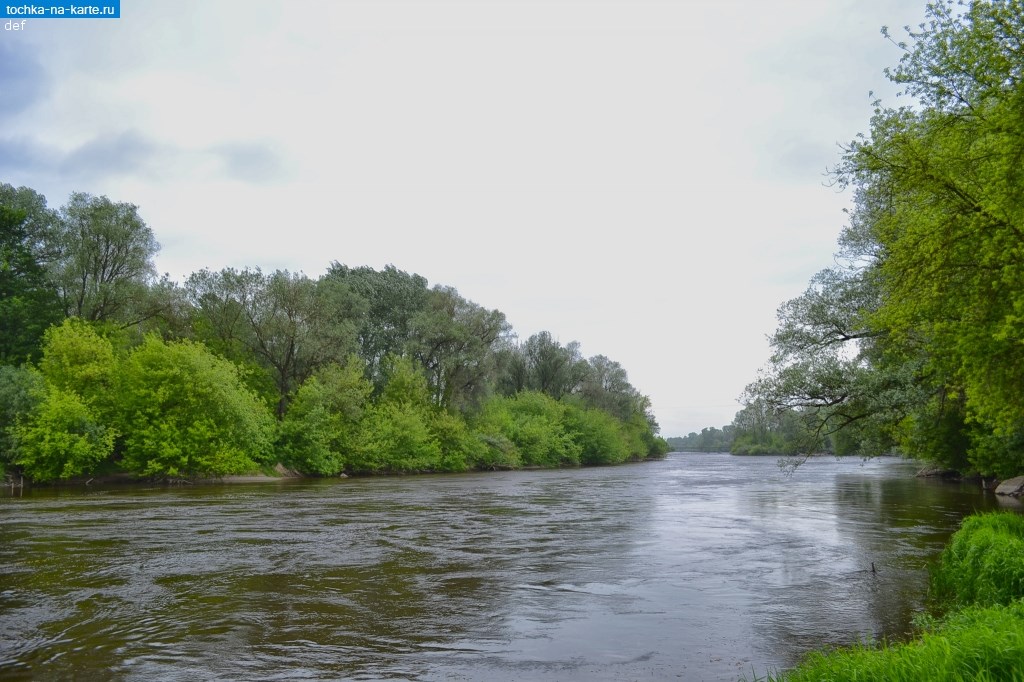
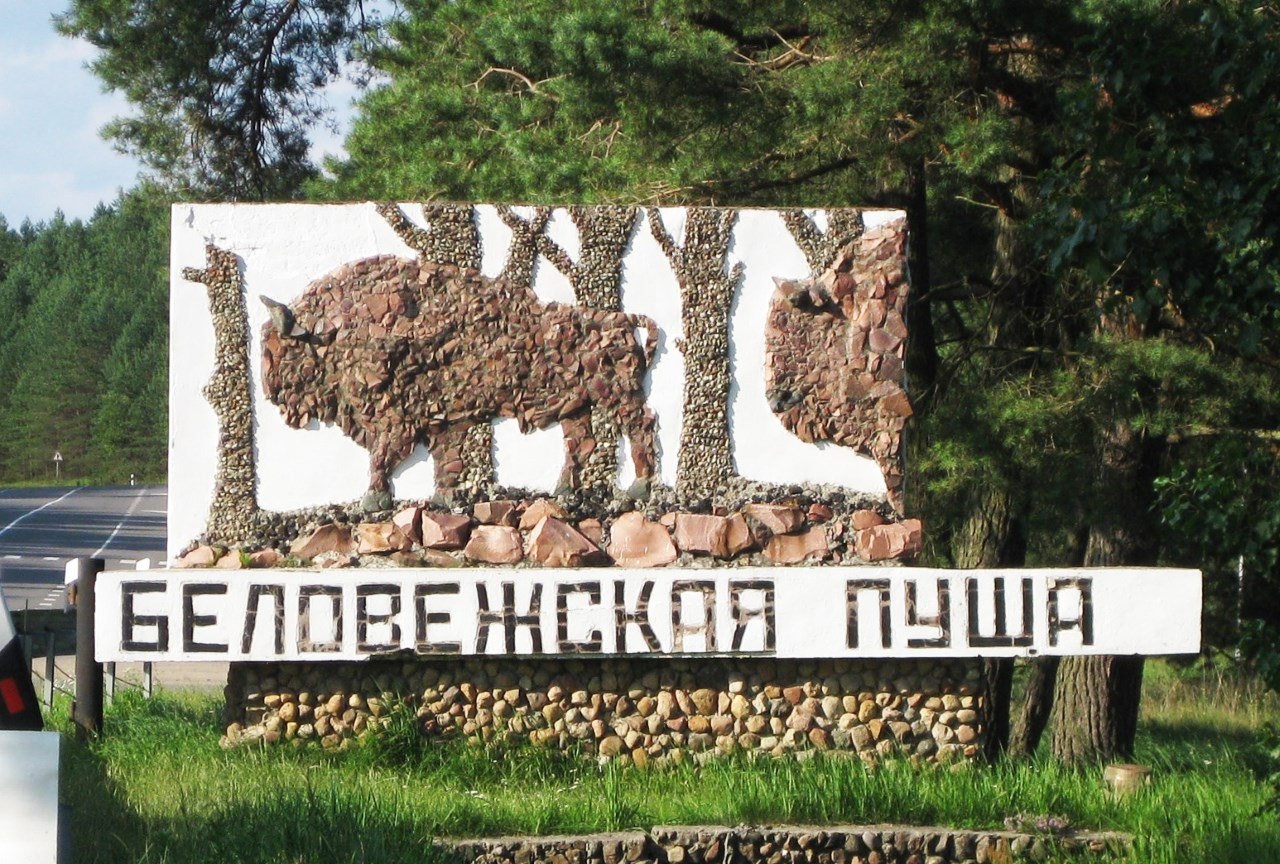
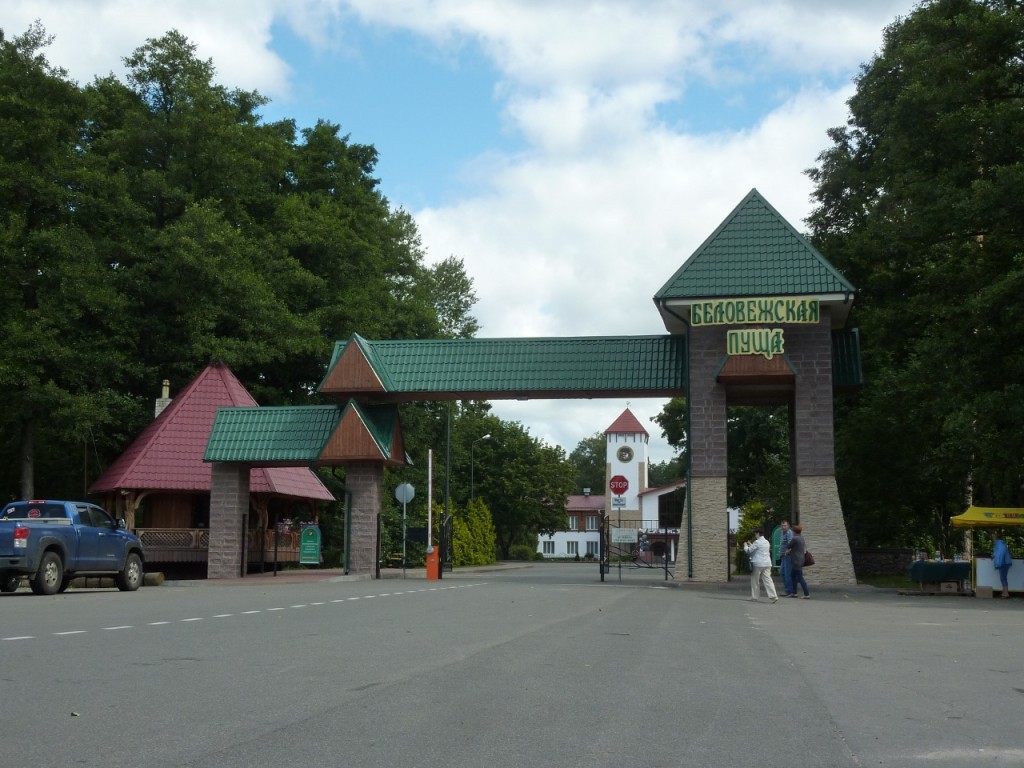
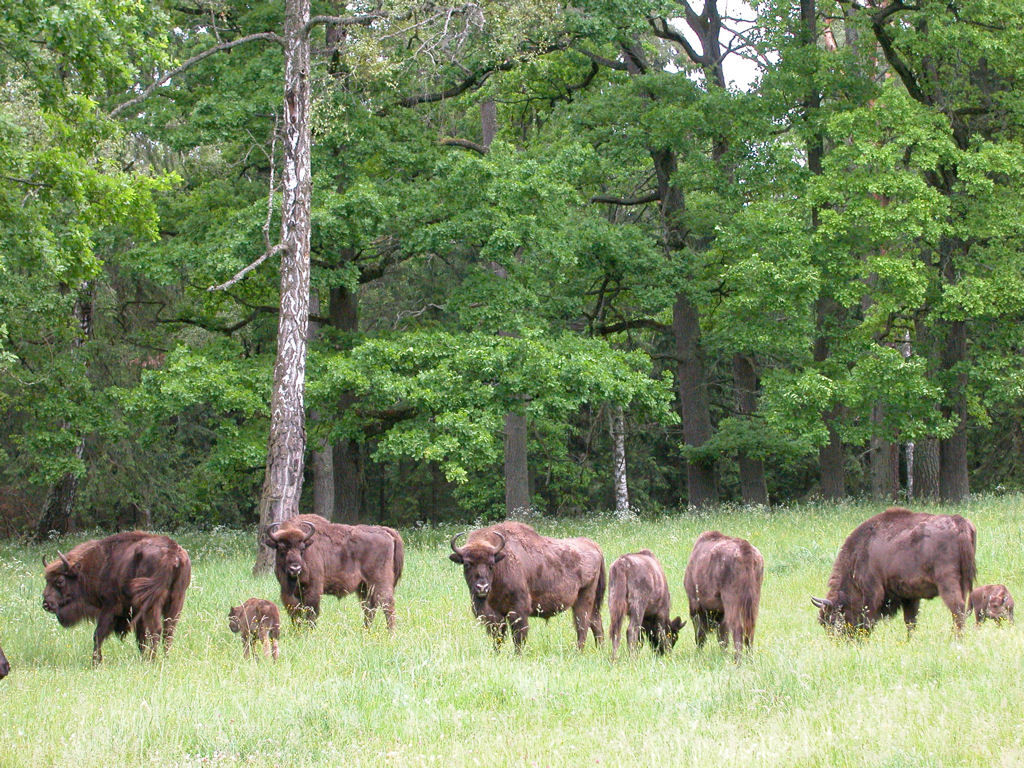
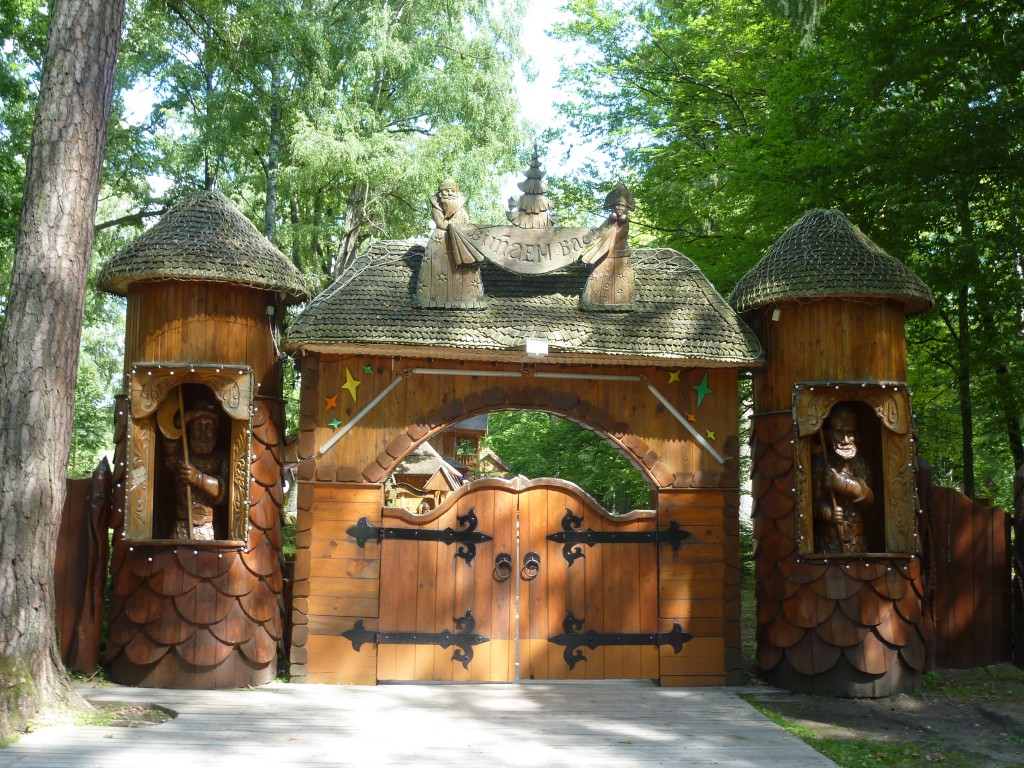
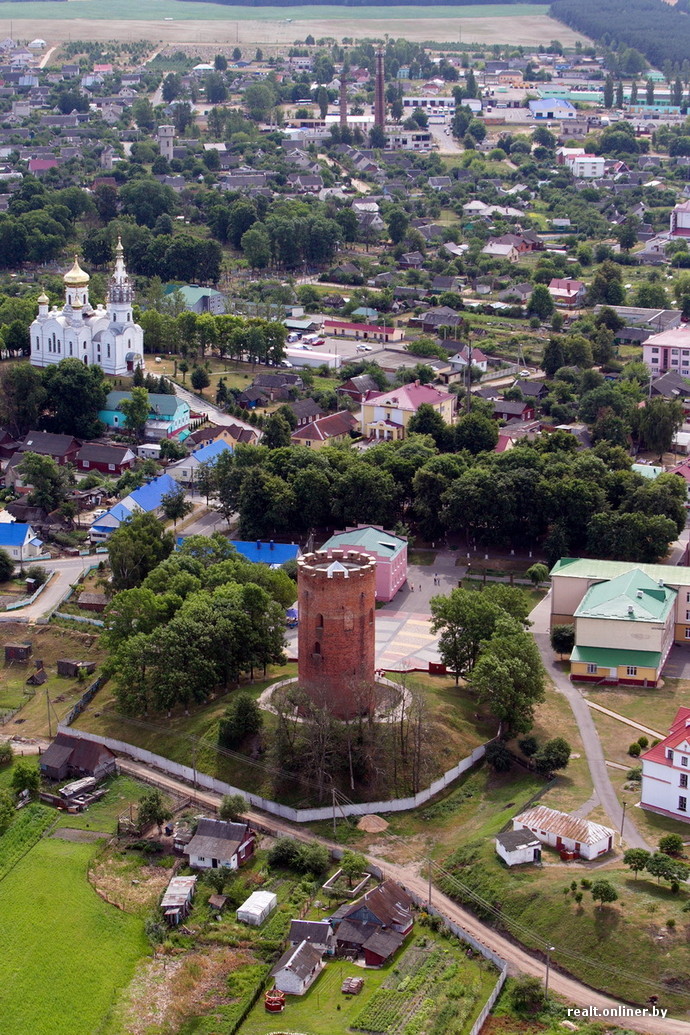
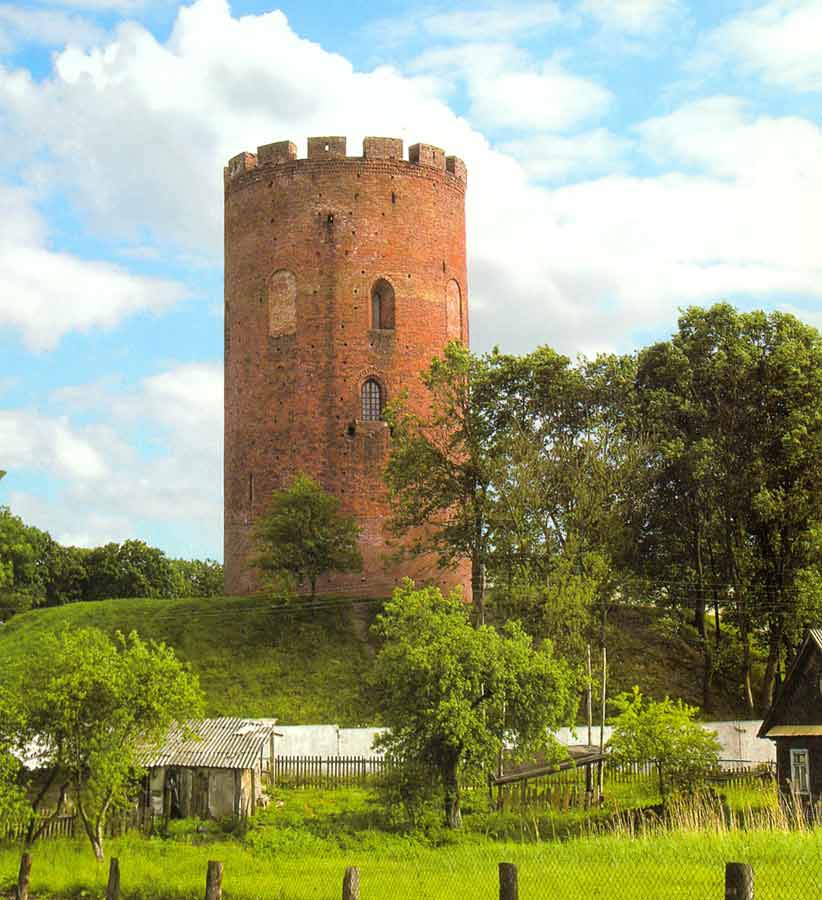
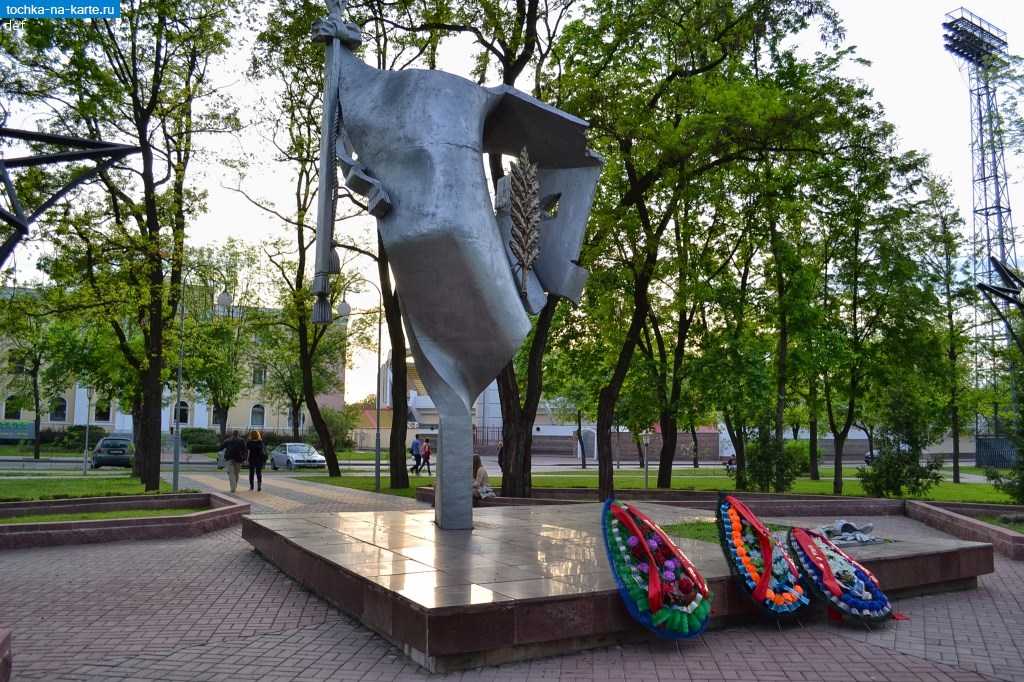
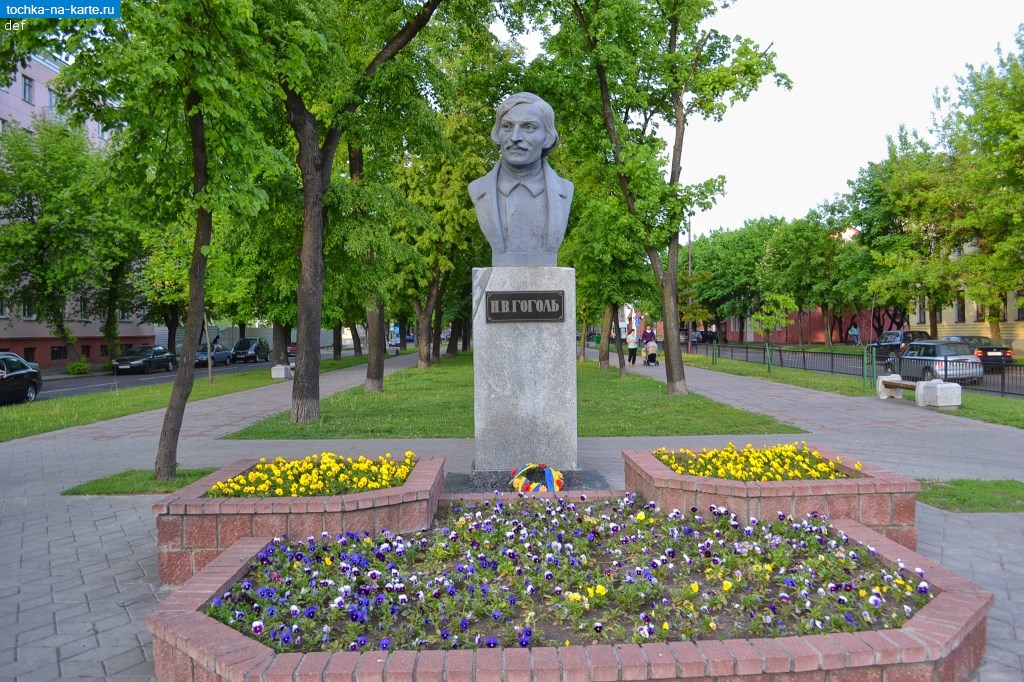
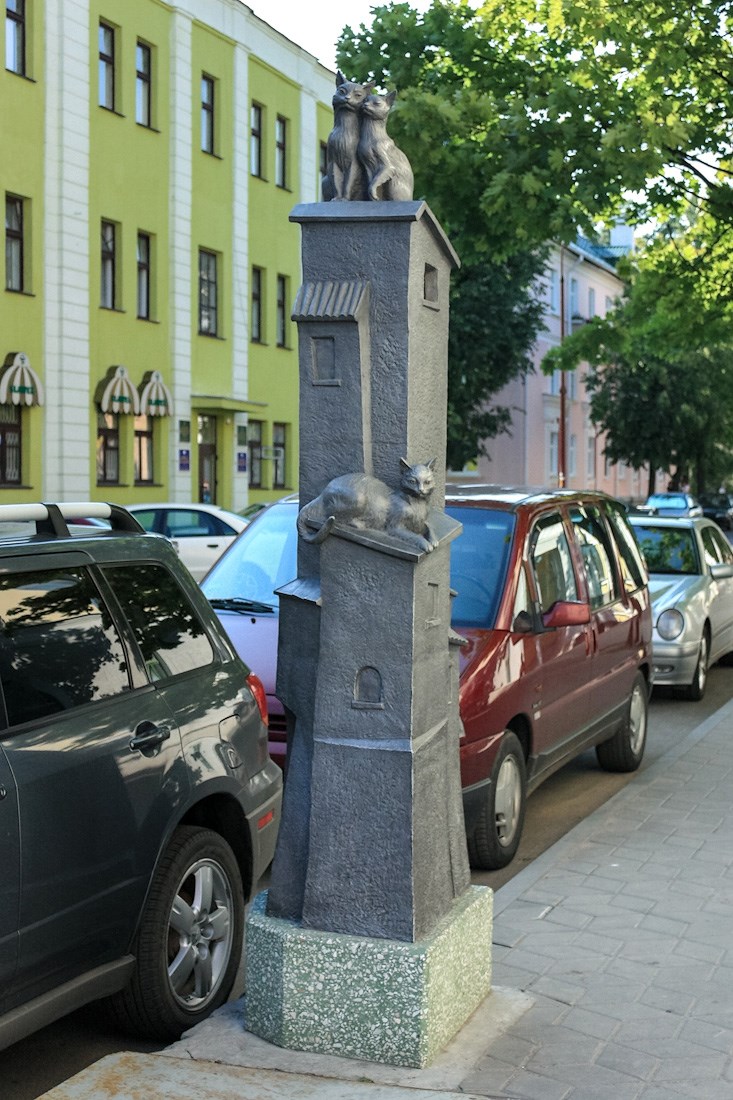
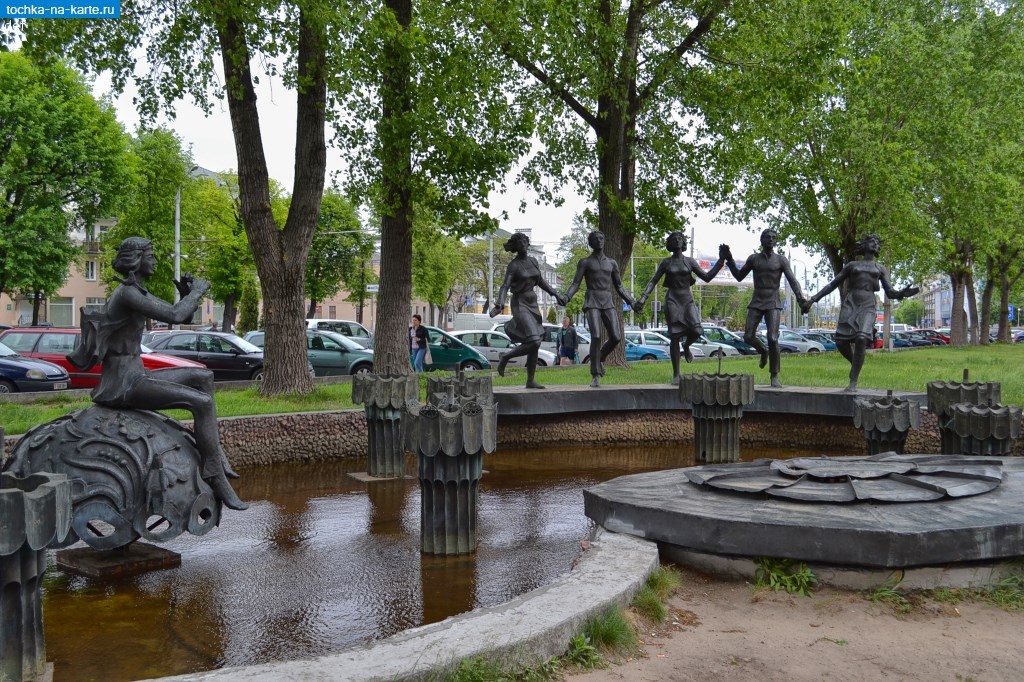
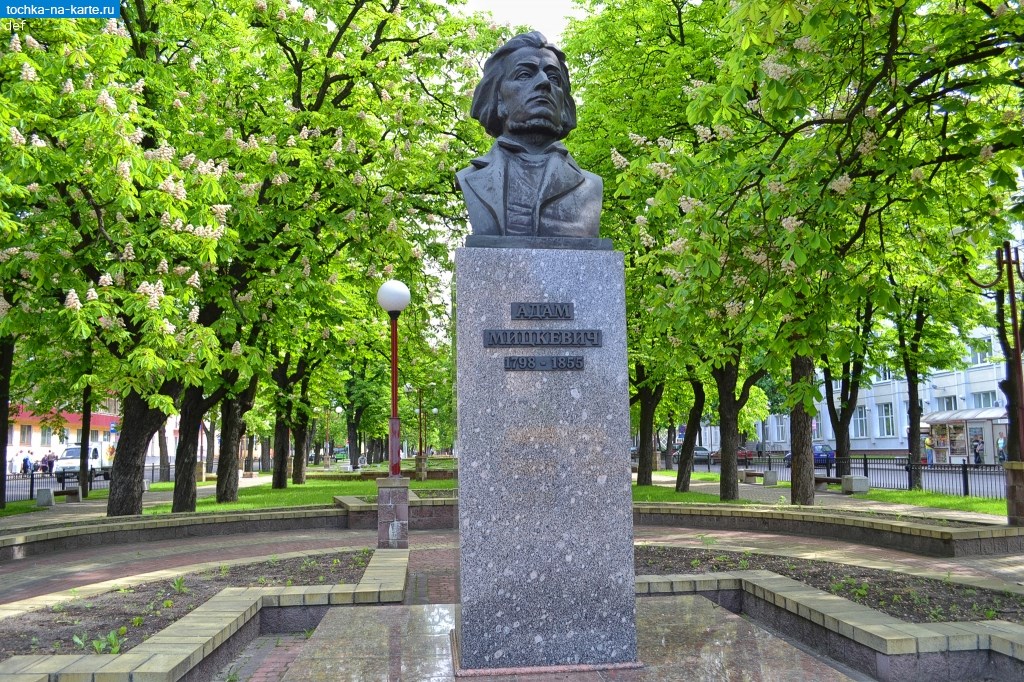
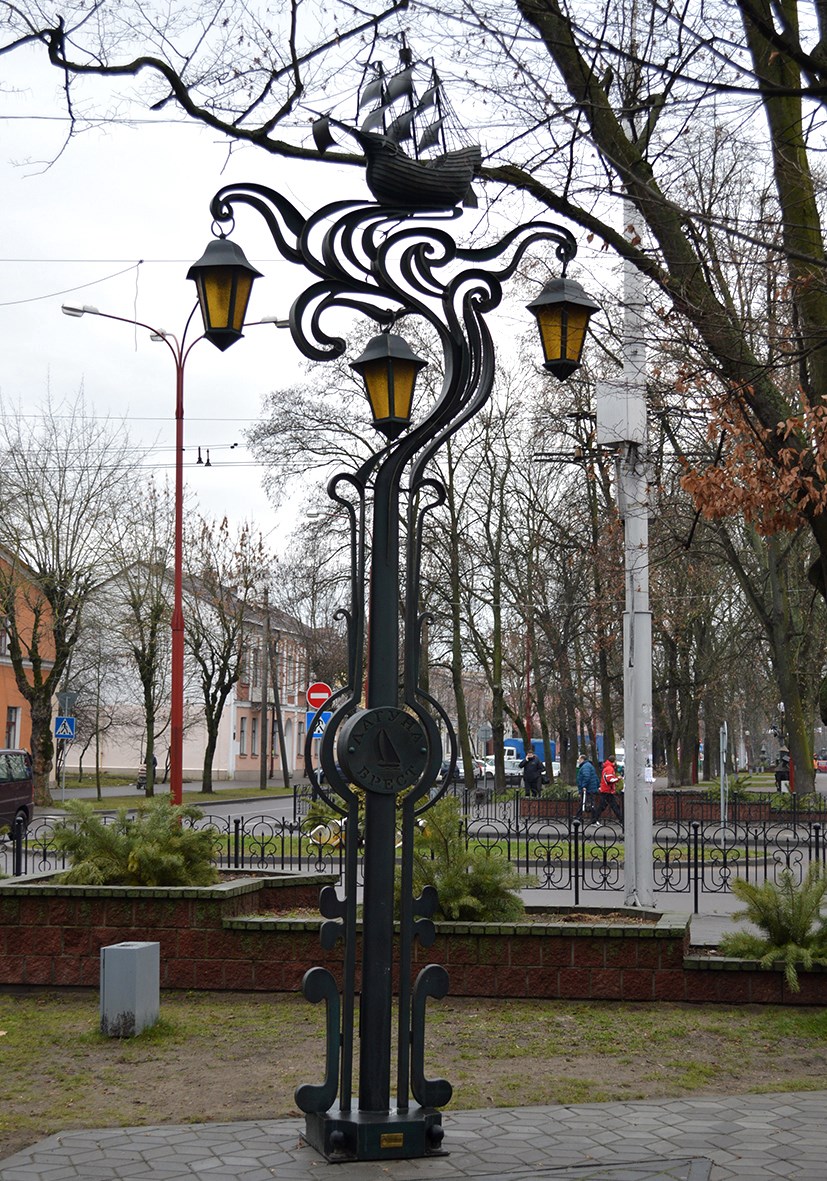

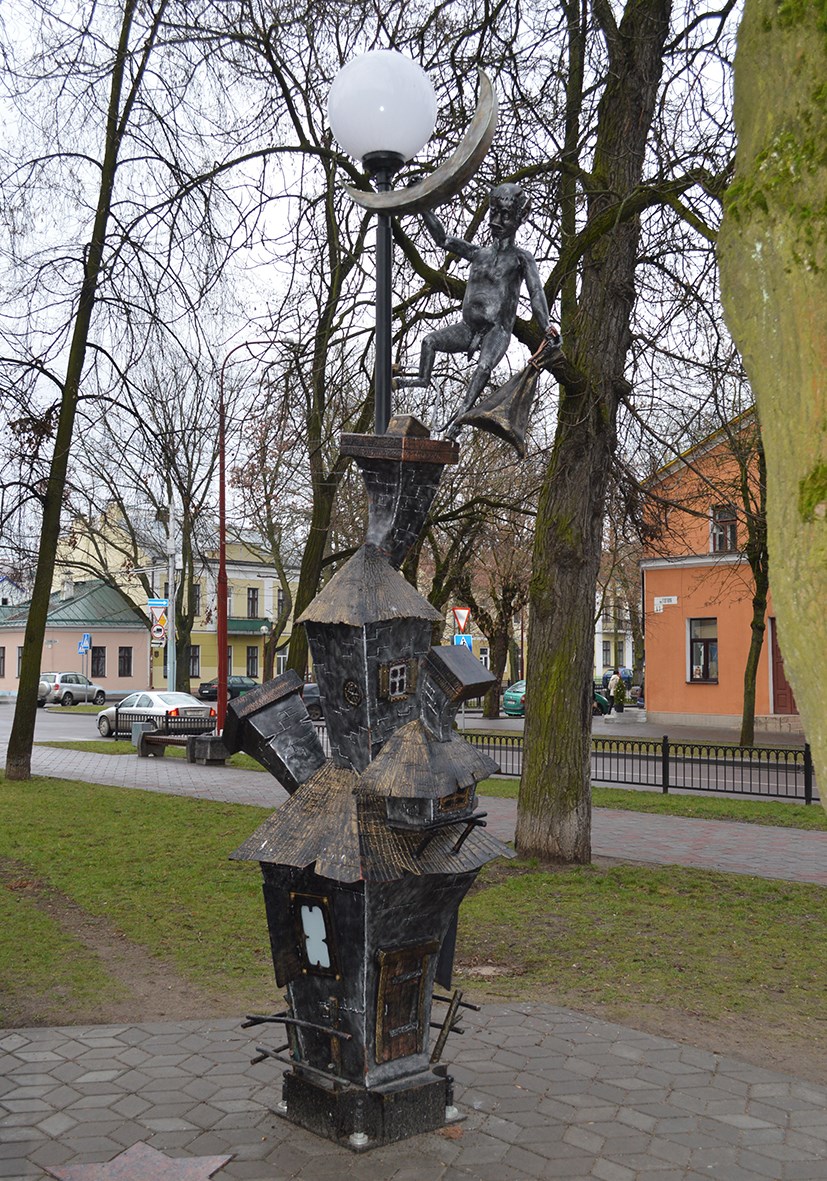
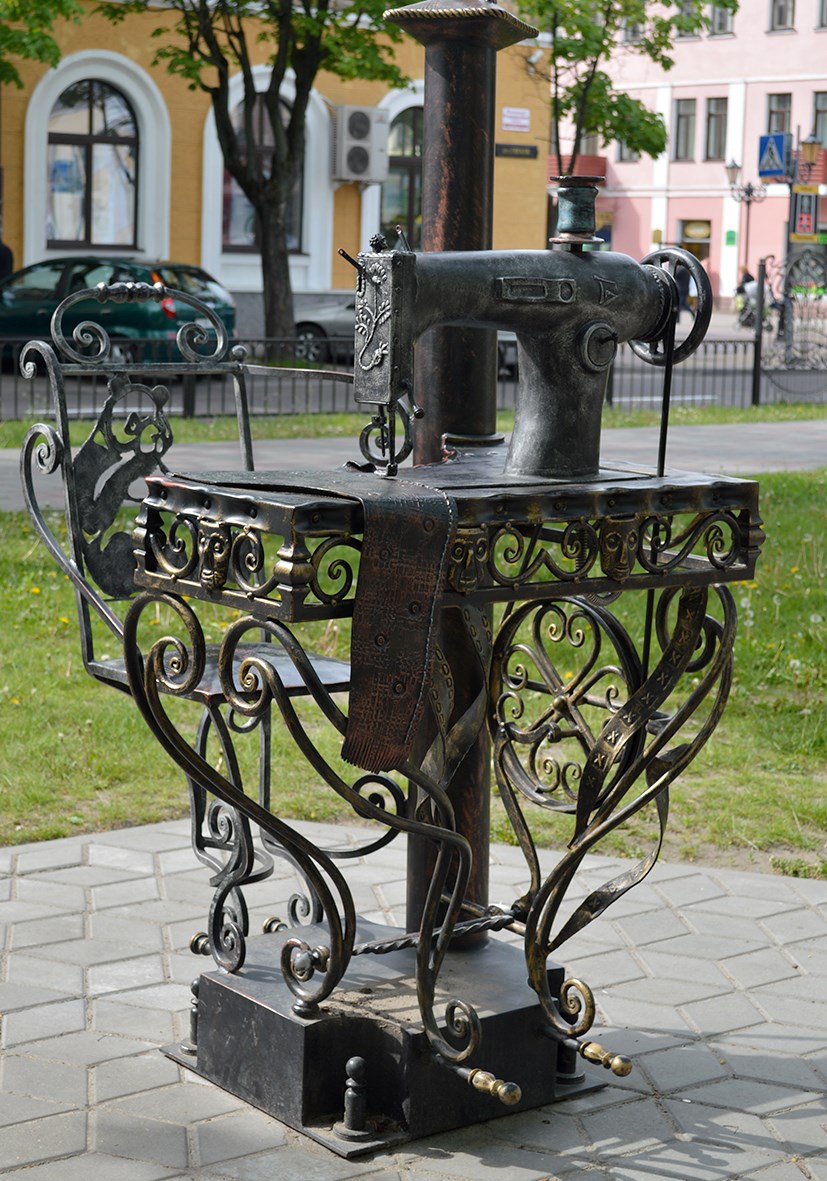
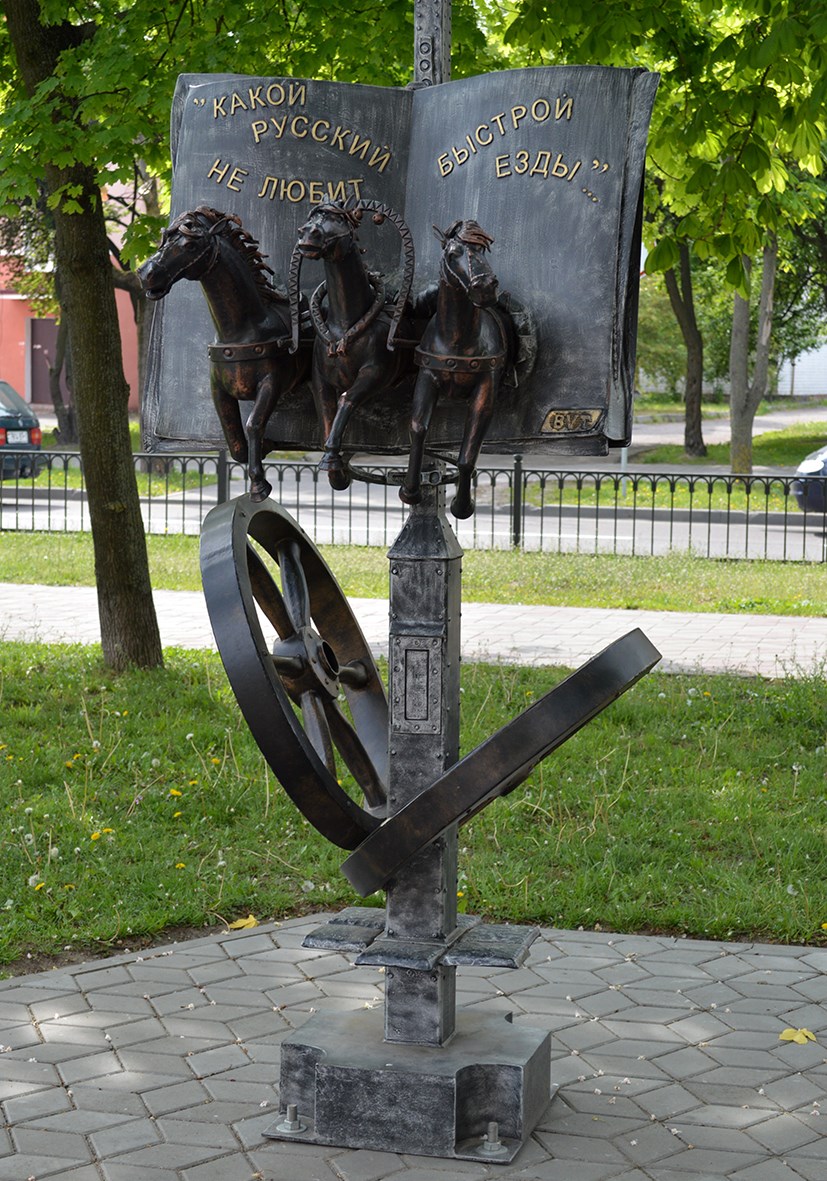
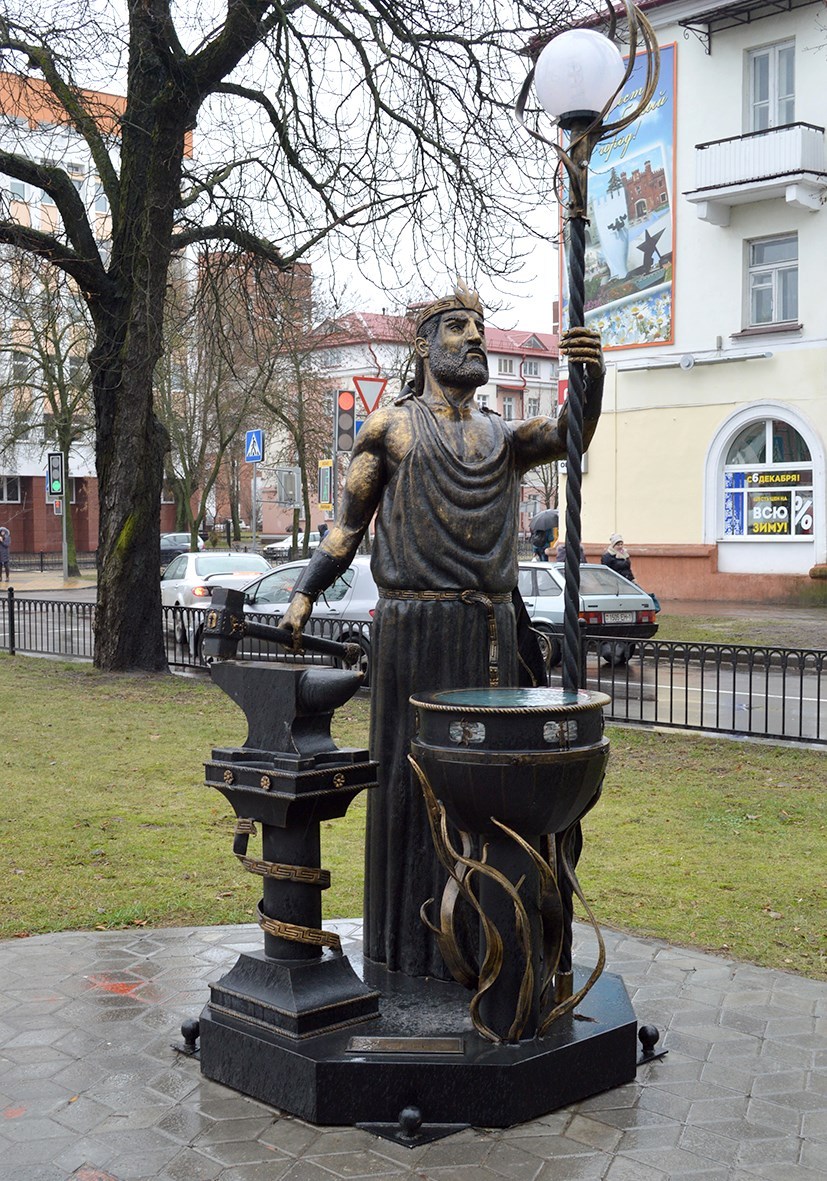
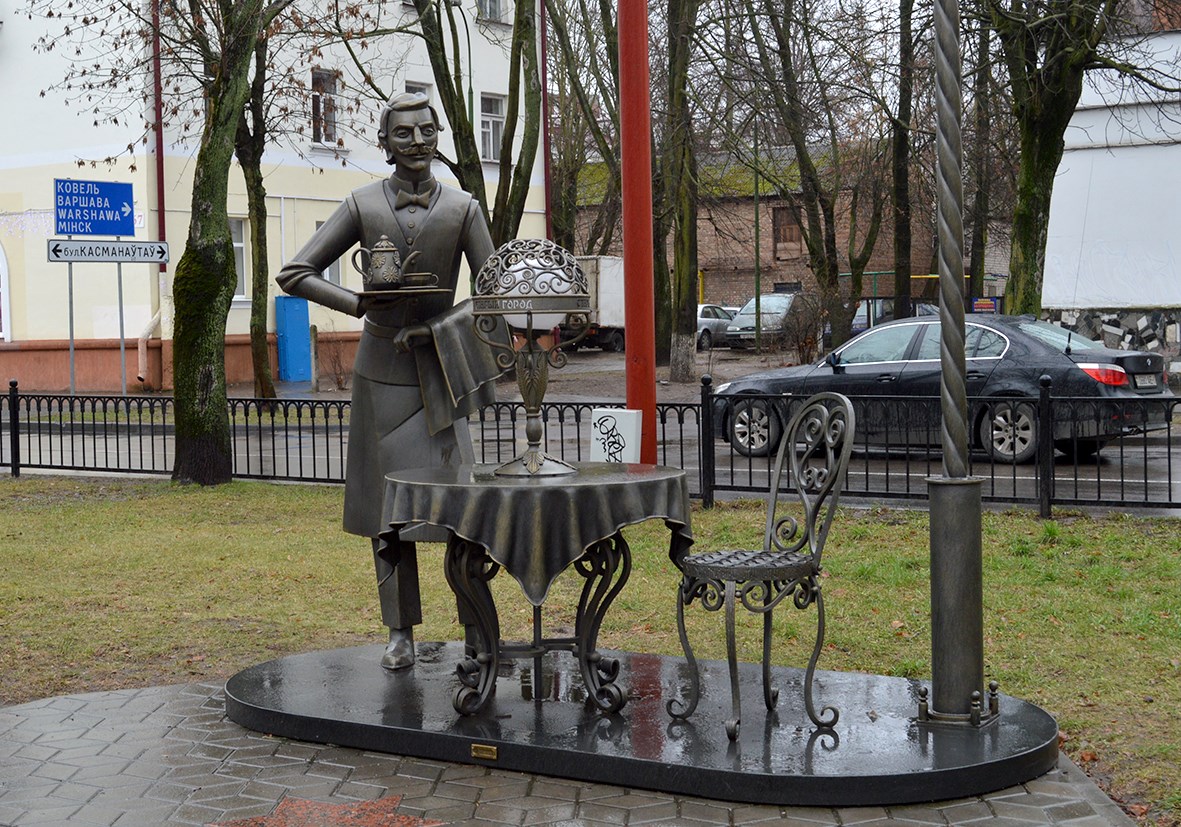

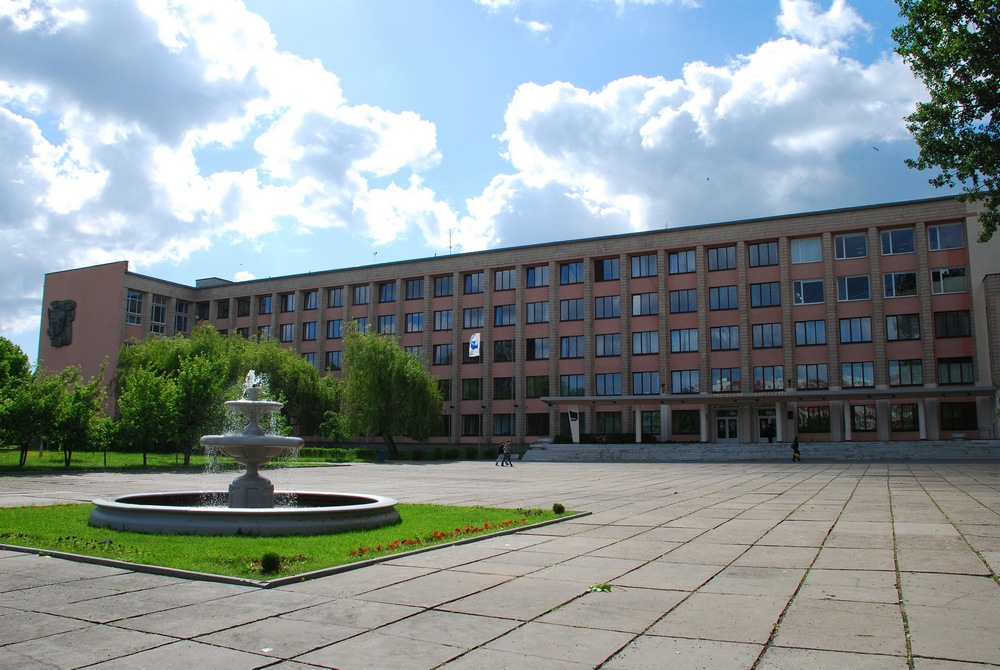
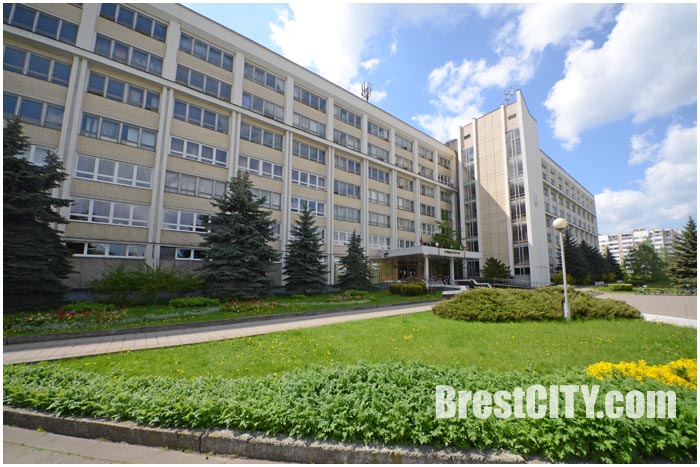
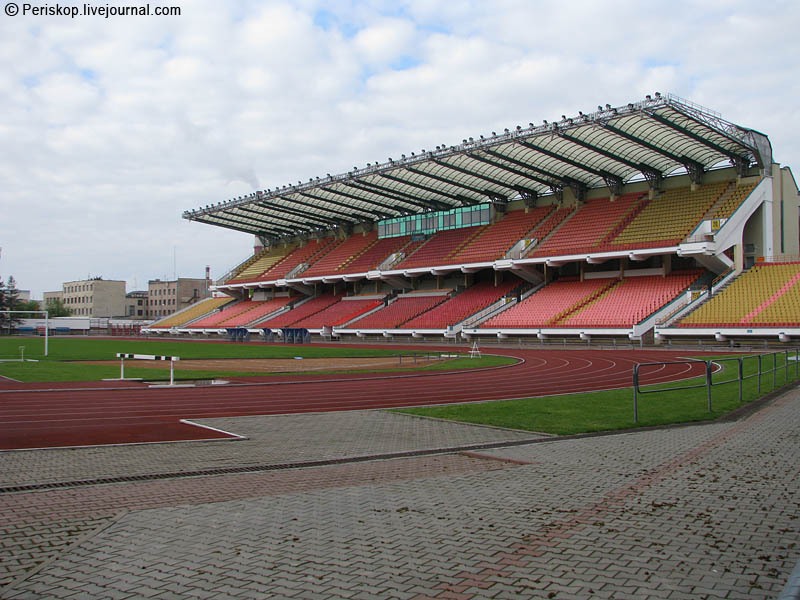
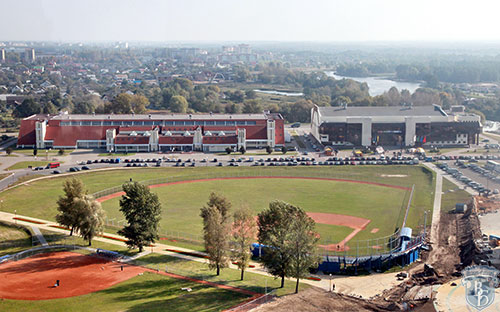
Bialowieza, el último bosque virgen
Por Mamen Palanca
El bosque de Bialowieza es una gran reserva natural situada entre Polonia y Bielorrusia. Se trata del último bosque virgen en Europa, que otorga a quien lo visita el poder sumergirse de lleno en la naturaleza más salvaje. Este parque, que ocupa 10.500 Hectáreas repartidas entre ambos países, es lo que queda del inmenso bosque que cubría Europa Central, conocido como el Gran Bosque de Lituania.
El bosque posee una gran riqueza en cuanto a fauna y flora se refiere. Se caracteriza principalmente porque es el único sitio donde habita el bisonte europeo, especie que ya se habría extinguido de no ser por la protección que se le ha dado al lugar.
Además del bisonte también encontramos ciervos, alces, corzos, jabalíes, lobos y linces. Hasta el siglo XIX habitaban los osos pardos. Además los ríos que cruzan el bosque acogen otra especie en grave peligro de extinción, el castor europeo.
Por lo que respecta a la flora, también de una gran riqueza, encontramos entre otros, hayas, robles, fresnos o tilos. Esta parte del bosque está especialmente cuidada, hasta el punto que ni si quiera se retiran los árboles que caen, lo que algunos animales aprovechan para utilizar de refugio.
El secreto de este bosque y lo intacto que se ha mantenido a través de los tiempos, se debe sobre todo a los reyes de Polonia, que ya en el siglo XIV prohibían el acceso al parque al considerarlo su coto privado de caza. A pesar de que durante la Primera Guerra Mundial los alemanes talaron muchos árboles para crear ferrocarriles, se ha conseguido recuperar gran parte de aquellas pérdidas.
El bosque no cuenta con un gran número de turistas extranjeros, ya que para visitarlo se tiene que obtener permiso del Ministerio del Interior.
http://viajeaeuropadeleste.com/2011/12/21/bialowieza-el-ultimo-bosque-virgen/
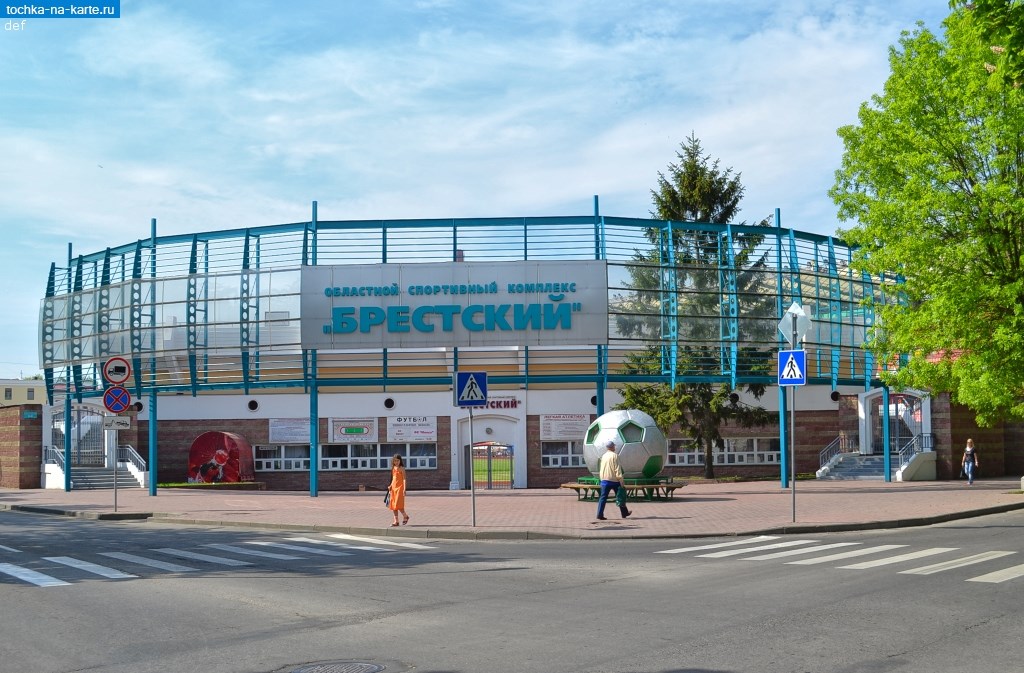
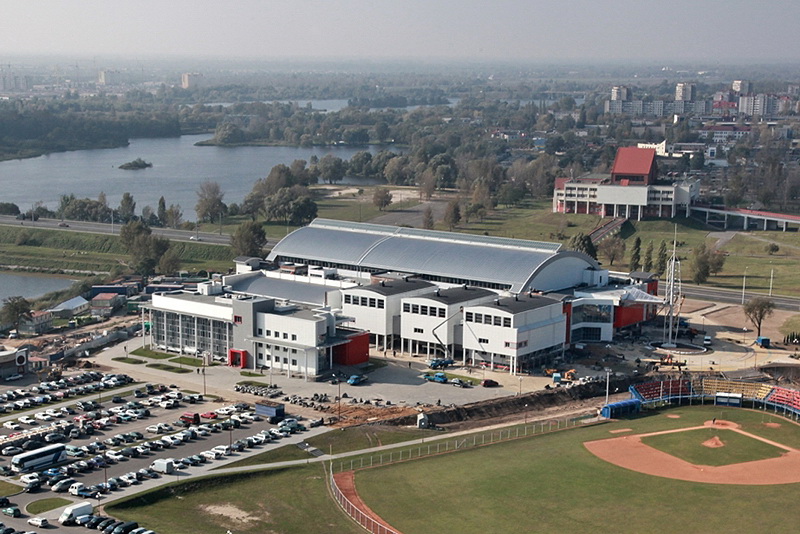
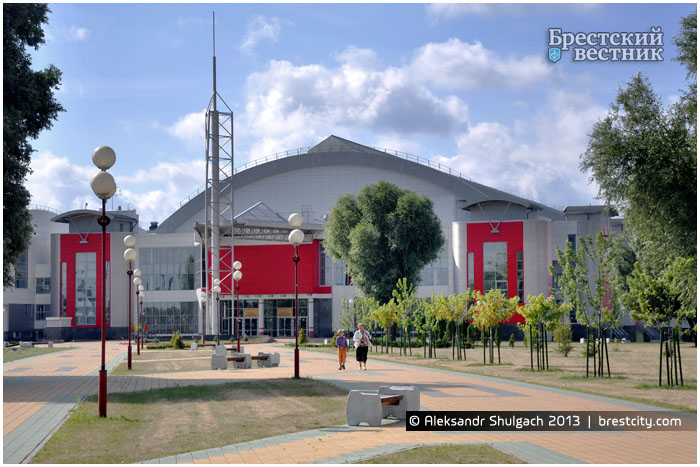
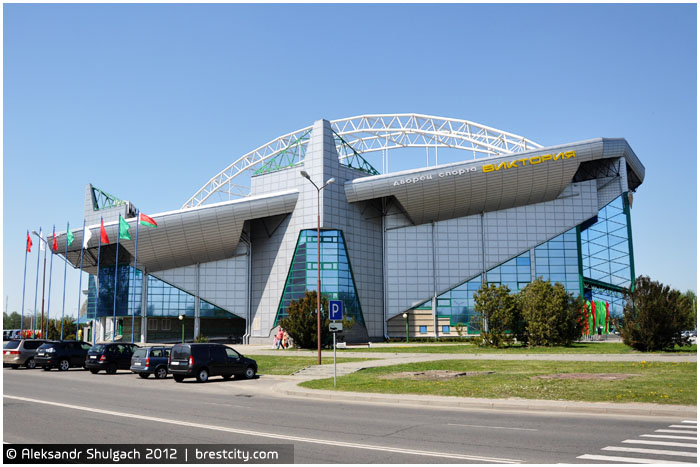

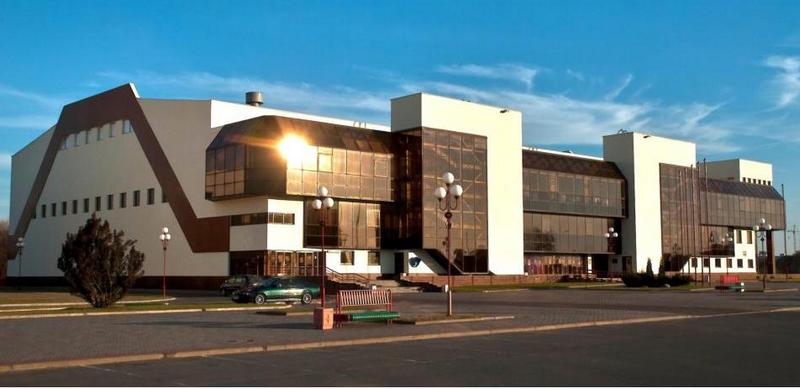
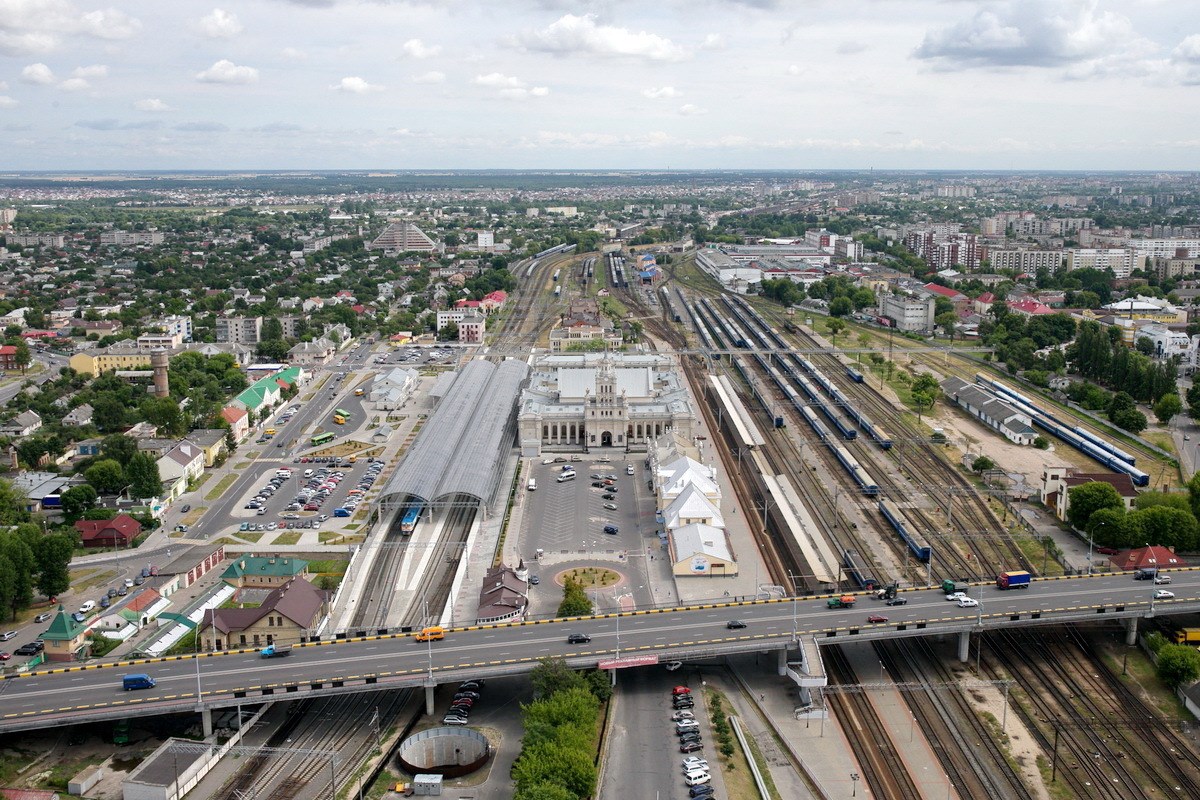
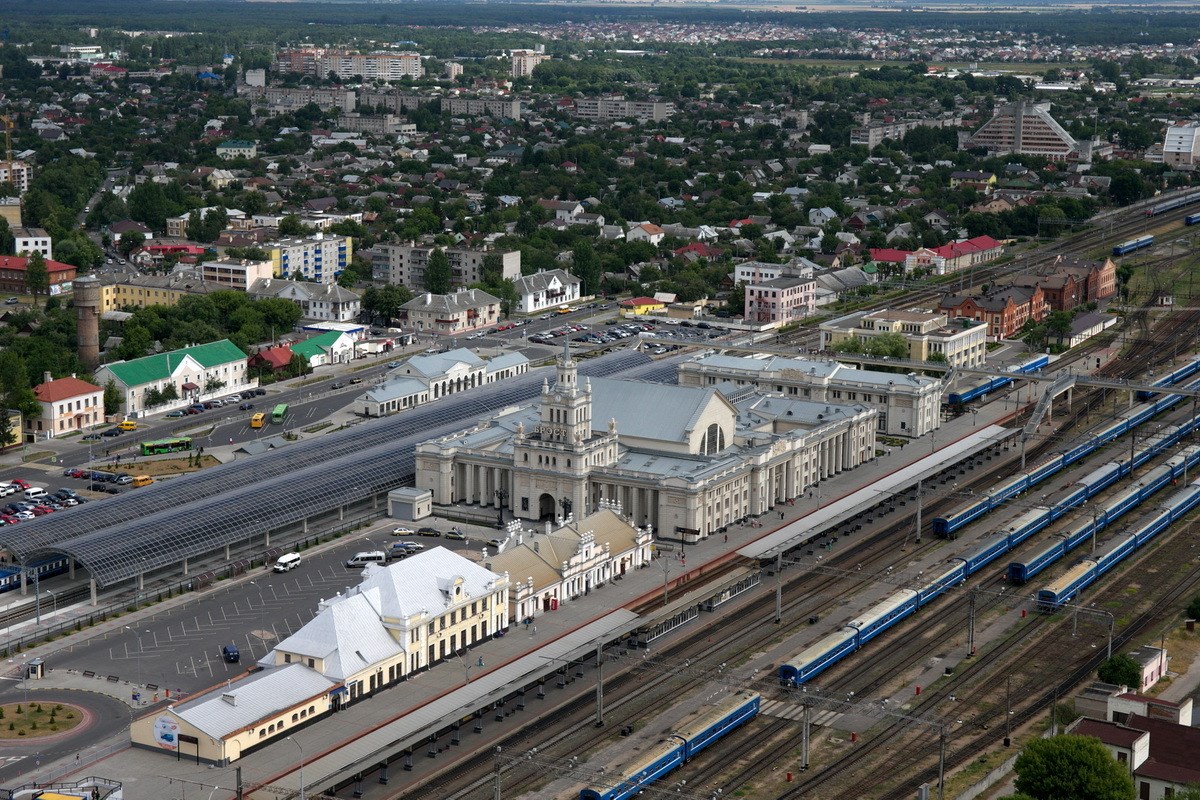
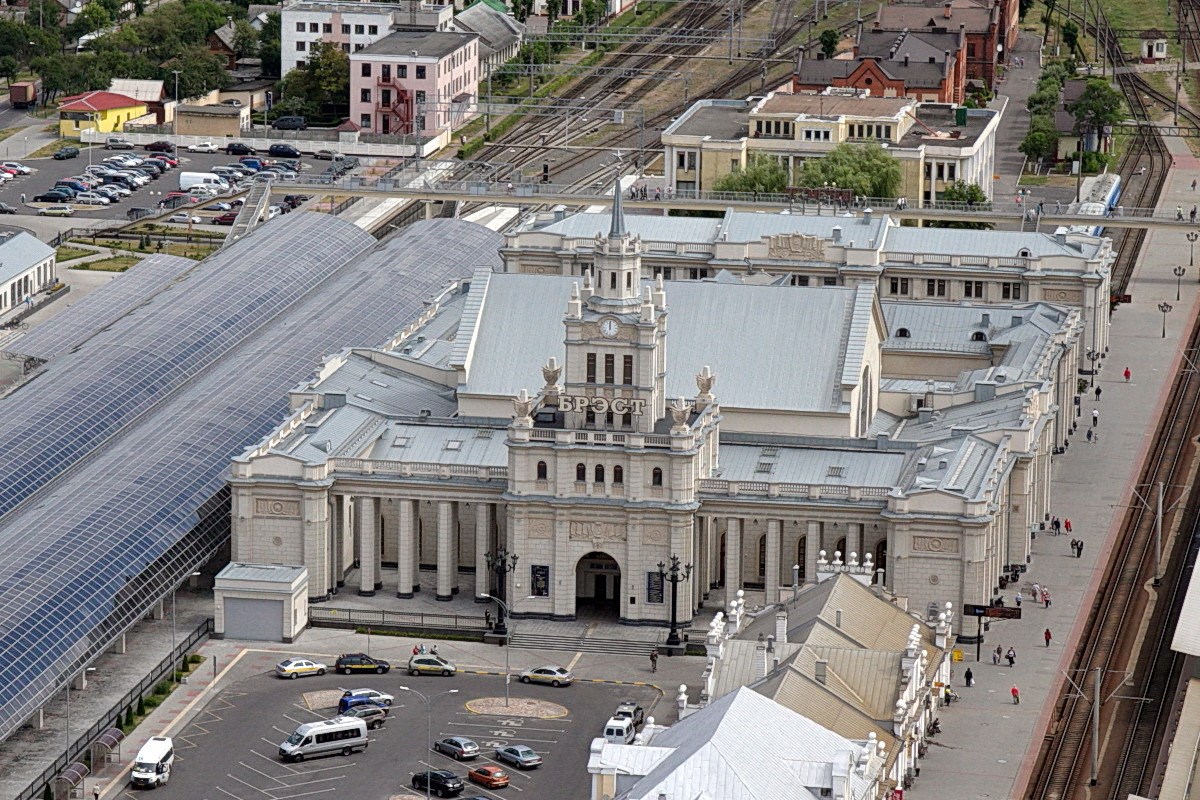
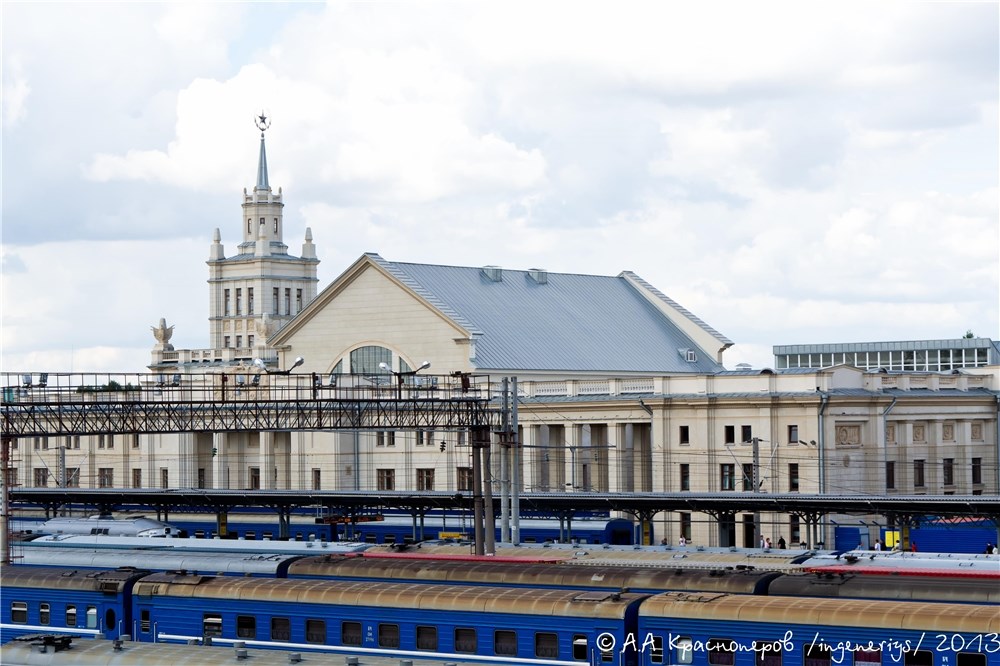
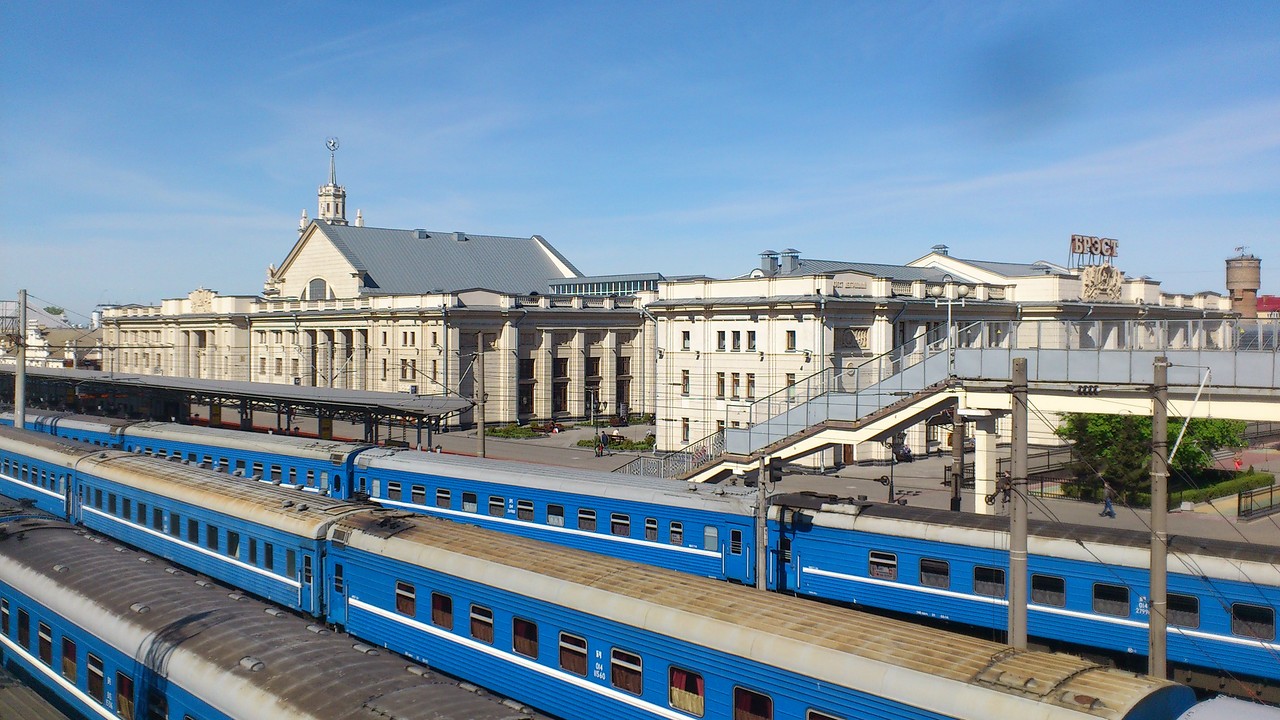
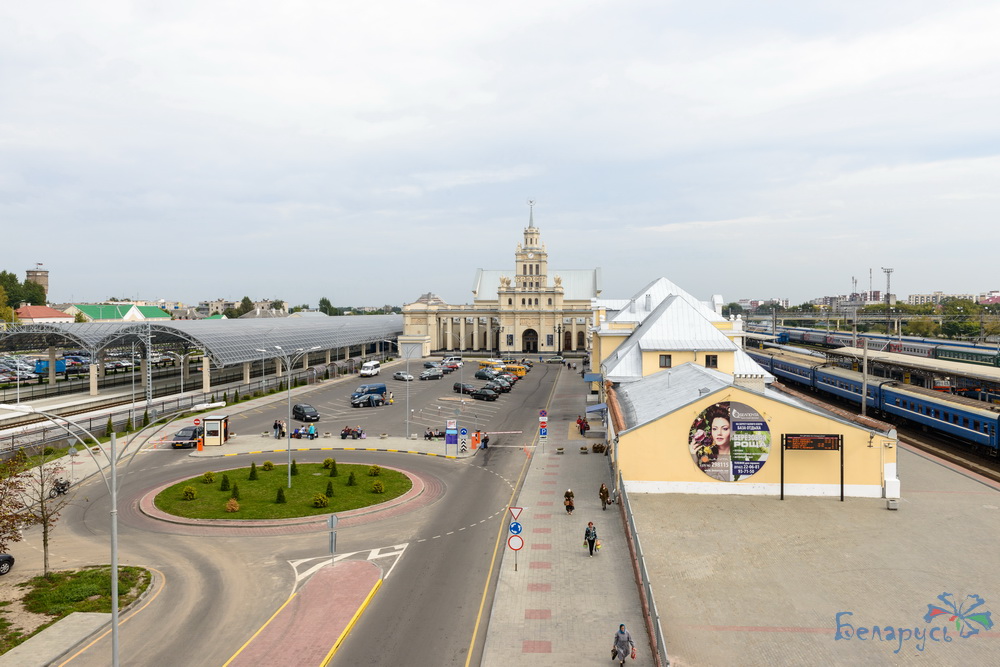
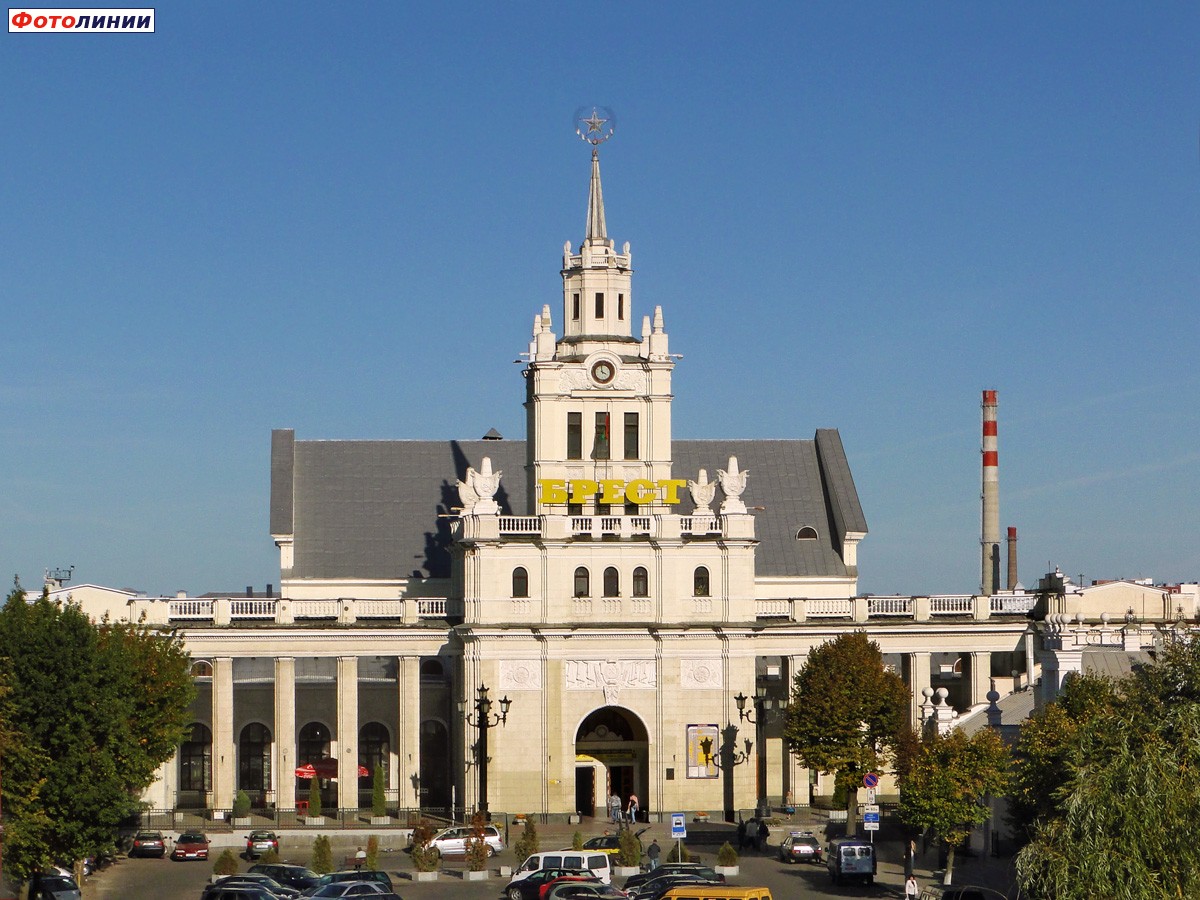
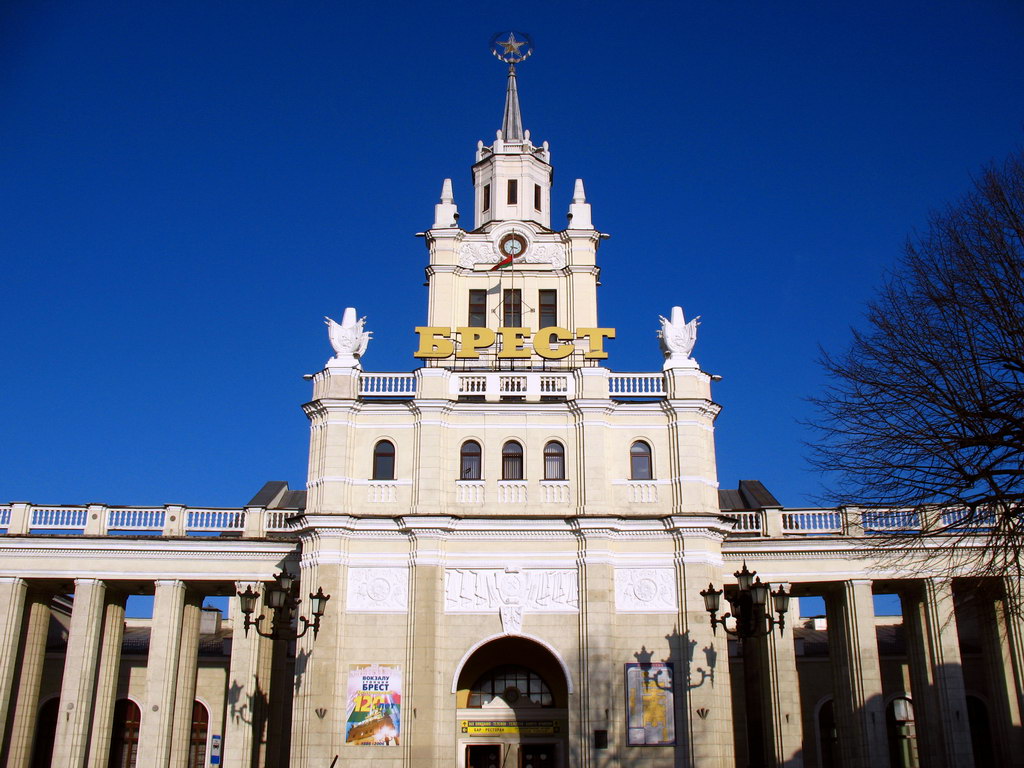
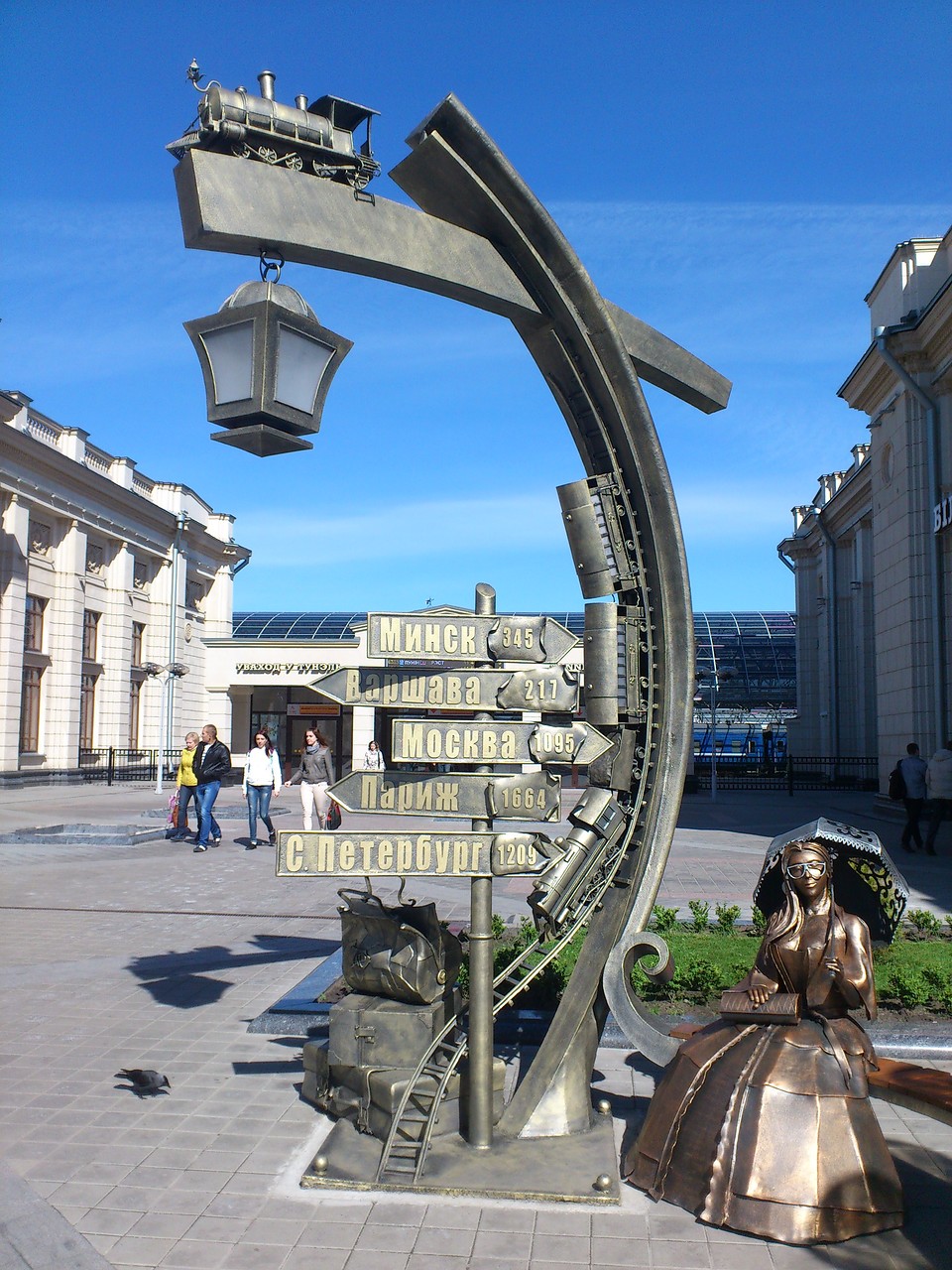
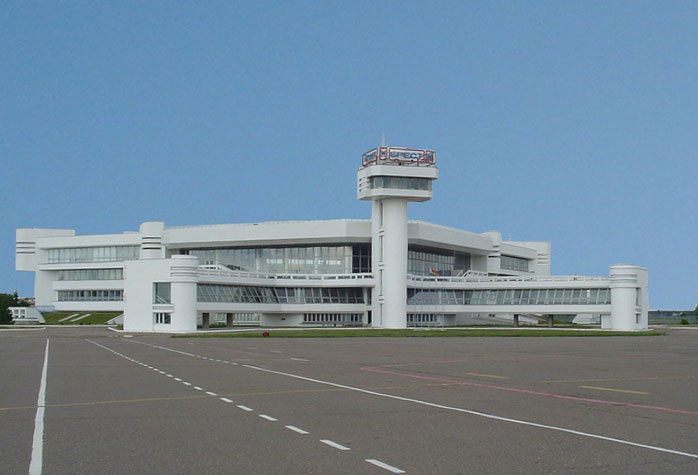
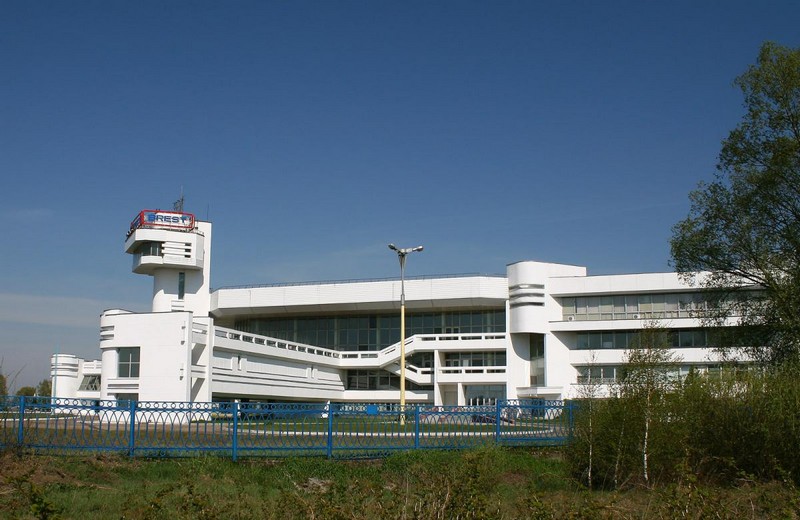
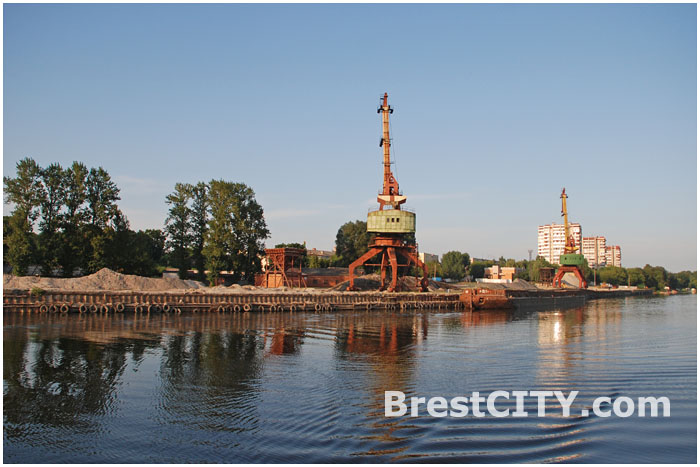
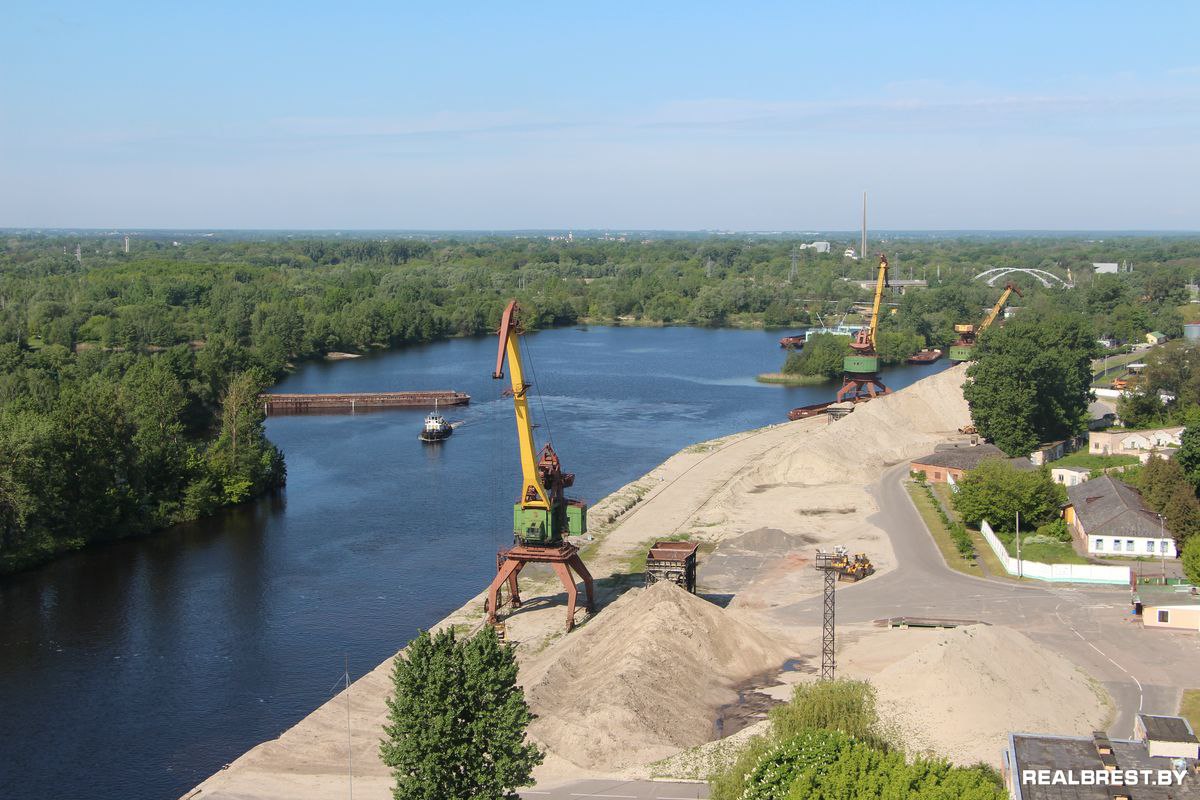
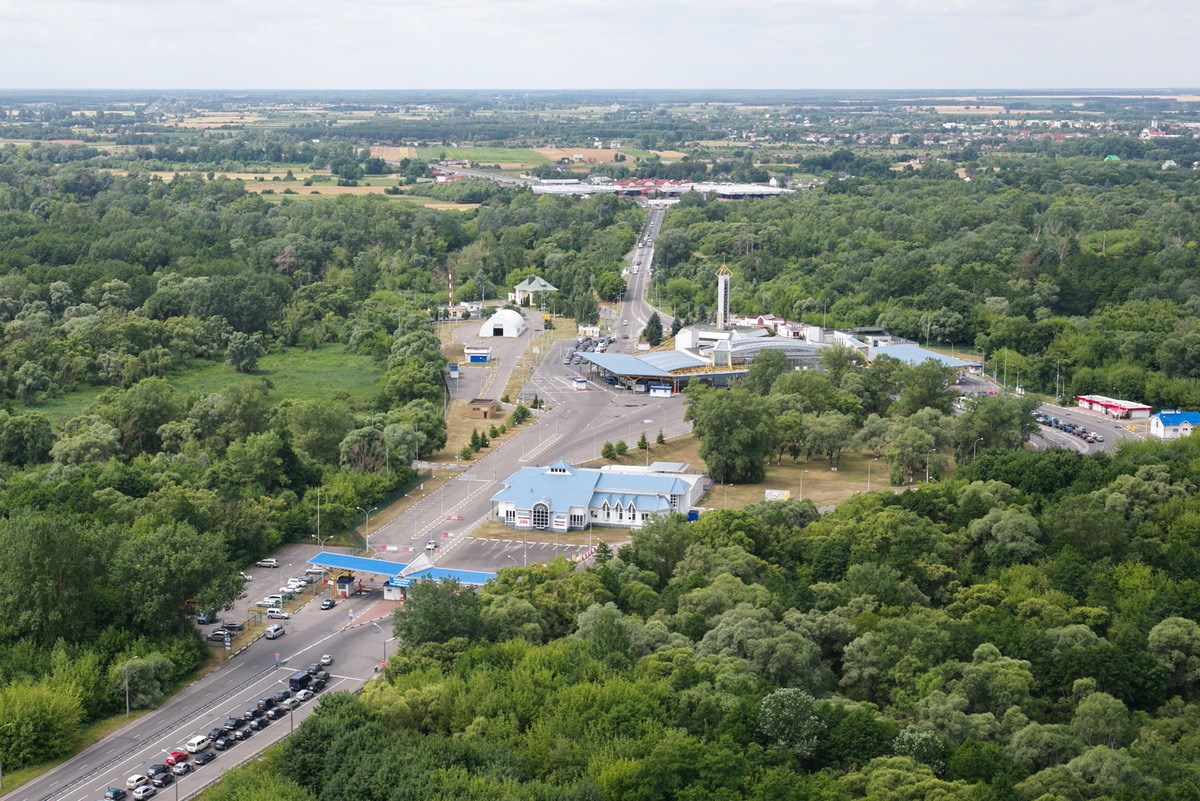
Brest (en bielorruso, Брэст Brest; en ruso, Брест Brest; en polaco, Brześć; en lituano, Brestas), anteriormente conocida como Brest-Litovsk (en ruso, Брест-Литовск Brest-Litovsk, véase Toponimia) es una ciudad de Bielorrusia, cercana a la frontera con Polonia, en la confluencia de los ríos Bug Occidental y Mujavéts. La población es de 298 329 habitantes (2004). Brest es la capital de la Provincia de Brest.
Brest está situada en la línea férrea entre Berlín, Varsovia y Moscú, por lo que fue un importante punto de comunicaciones tras la Segunda Guerra Mundial. Actualmente sirve de punto de intercambio de mercancías y de paso de personas entre la Unión Europea y Europa Oriental. Debido al mayor ancho de las líneas ferroviarias rusas respecto a las europeas, Brest tiene las instalaciones necesarias para proceder al cambio de ancho de vía.
Estación Central de ferrocarril durante la Primera Guerra Mundial, 1915 (aprox.).
En 1918 se firmó en Brest el Tratado de Brest-Litovsk entre las Potencias Centrales y Rusia.
https://es.wikipedia.org/wiki/Brest_(Bielorrusia)
https://be.wikipedia.org/wiki/Горад_Брэст
https://ru.wikipedia.org/wiki/Брест
Pinche para ver las Fuentes seleccionadas
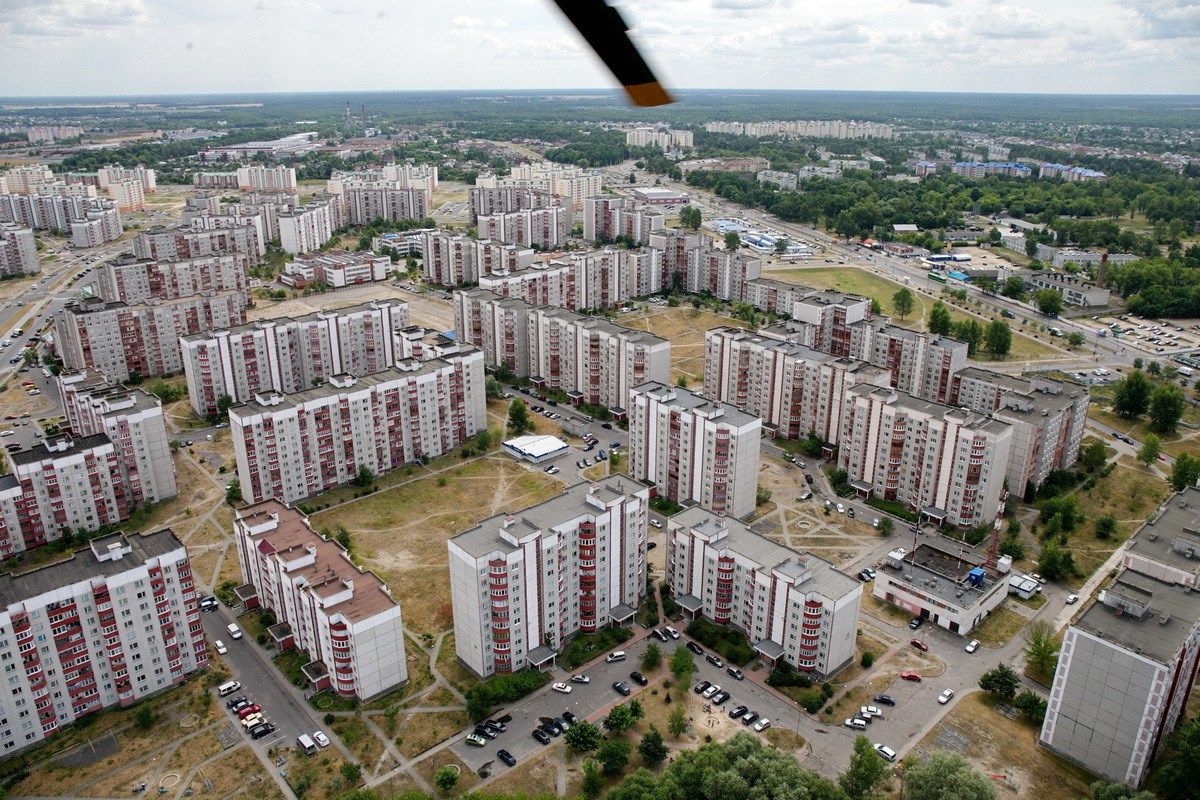
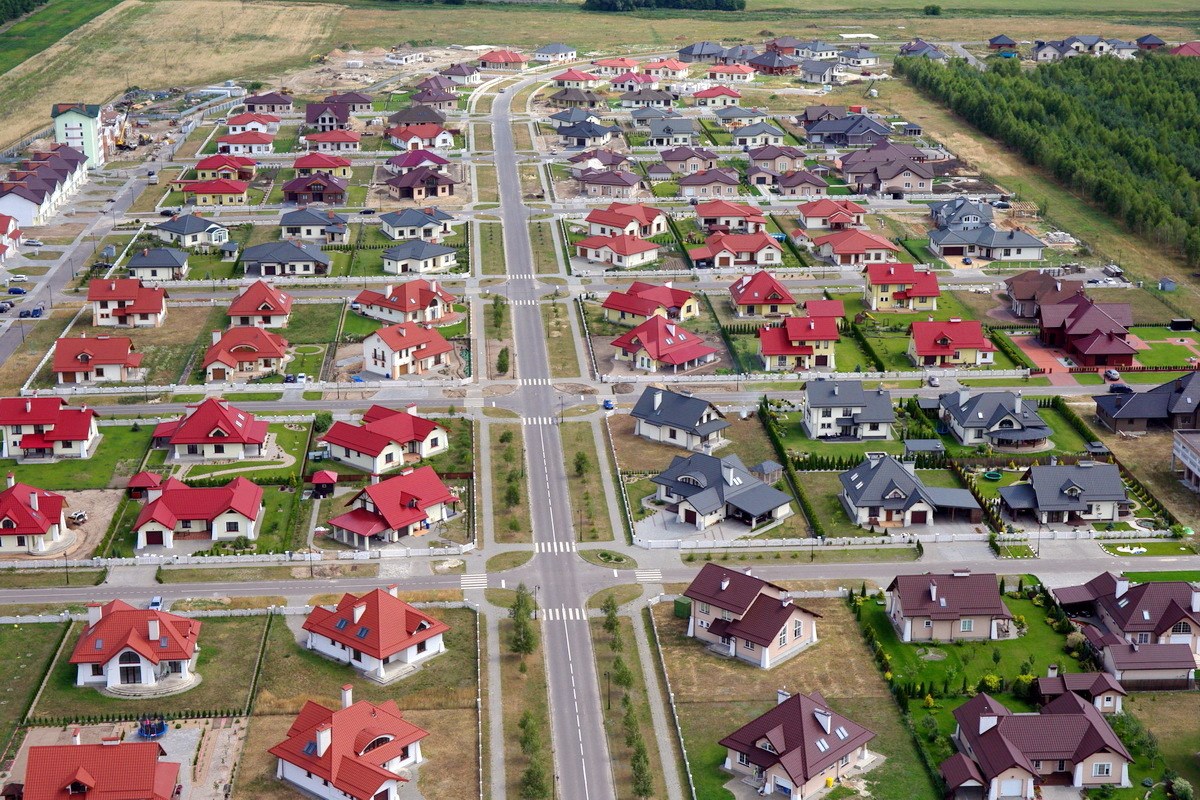
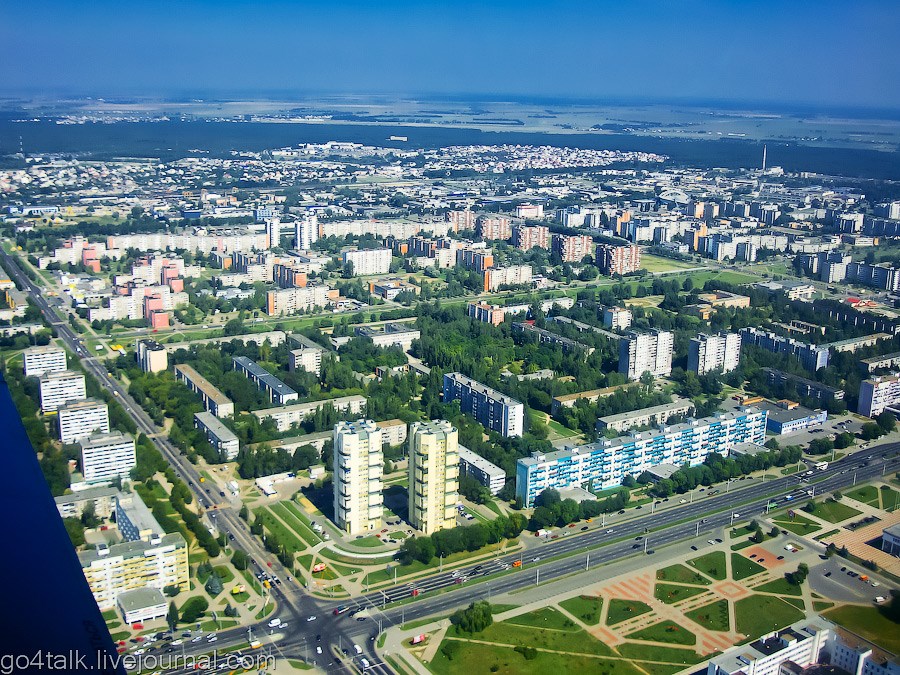
Vídeo:
Web recomendada: http://city-brest.gov.by/
Contador: 7162
Inserción: 2016-08-11 20:56:48
Lugares a visitar en un radio de 100 km (en línea recta)
Mapa de los lugares a 100 km (en línea recta)
Mostrando Registros desde el 1 hasta el 0 de un total de 0
Visitas |
Más visitados Basílica de San Marcos 154547 Catedral de Notre Dame (París) 143872 Torre de Pisa 131278 Monte Saint-Michel 100404 Presa de las Tres Gargantas 81151 |
Incorporaciones |
Comentarios hazola Cúpula de la Roca gracias me... gera Buenos Aires las mejores fotos de la mejor ciudad del... Daniel M. - BRASIL San Francisco ... PEQUE Presa Chicoasén SERA QUE ALGUIEN ME PUEDE DAR MAS INFORMACIÓN DE ESTE PROYECTO ESTUDIO EN LA UNACH Y ES PARA UN... Mery Huaca Pucllana Muy interesante, muy buena la información y... |
 Tweet
Tweet


